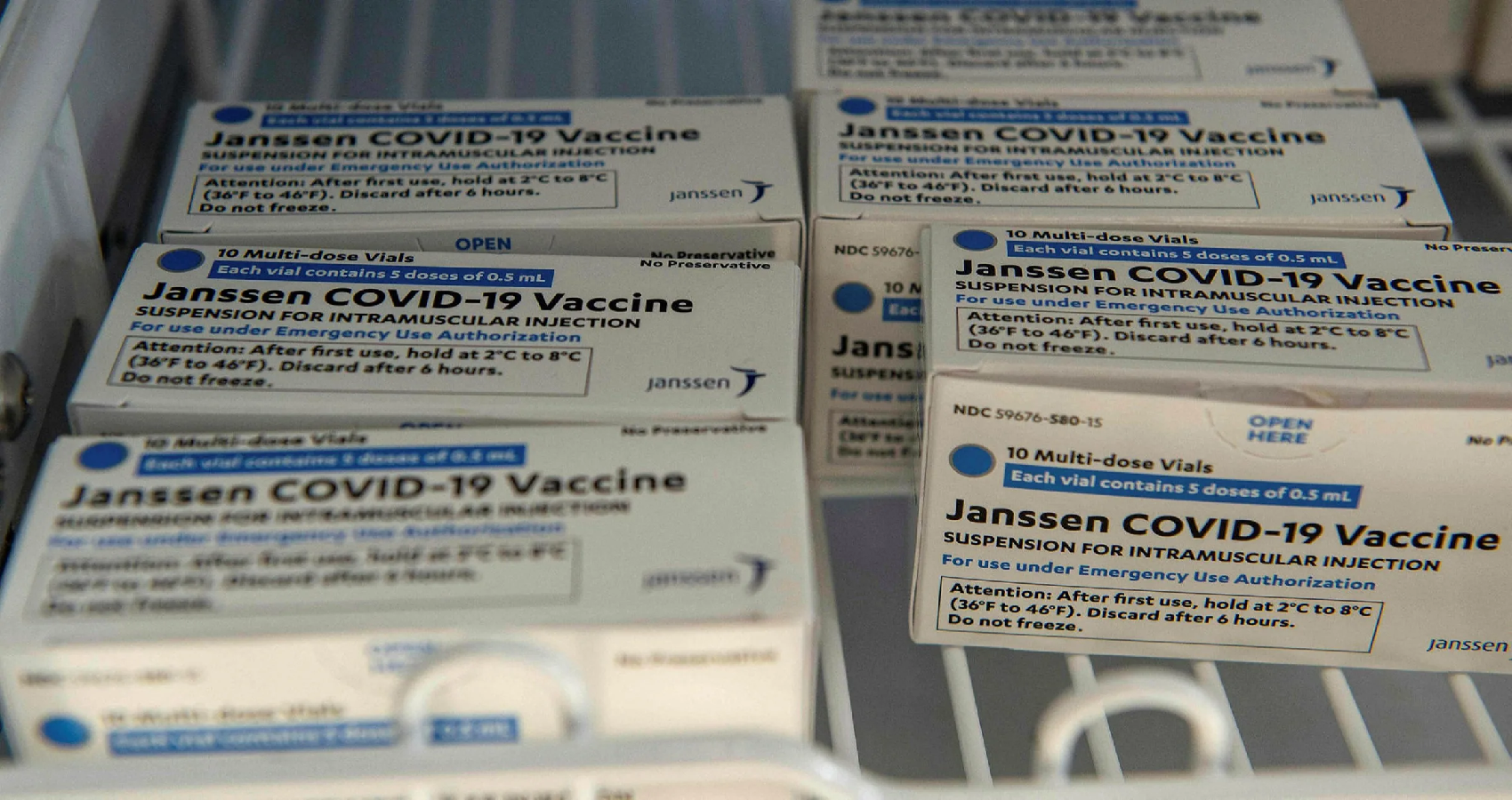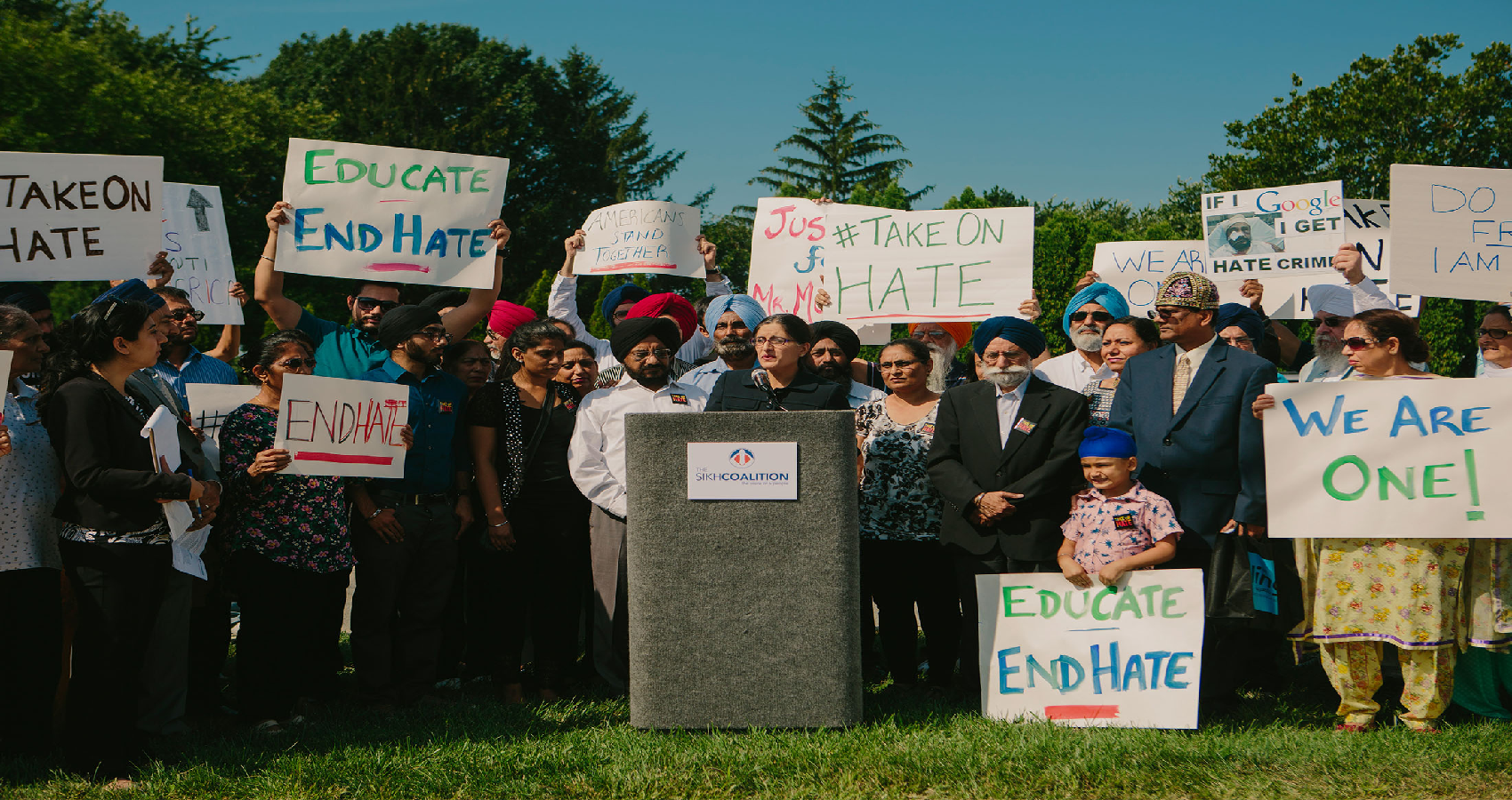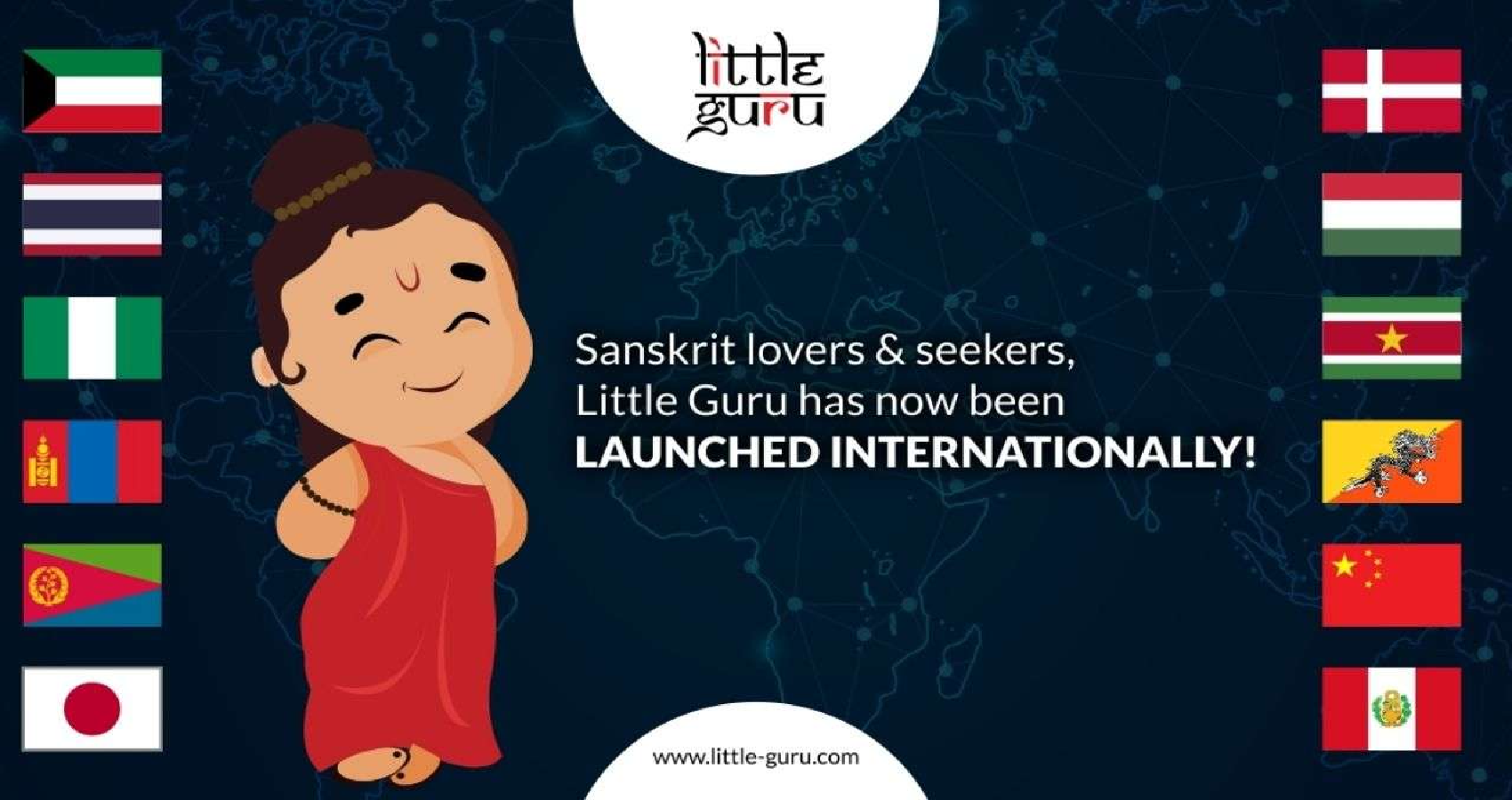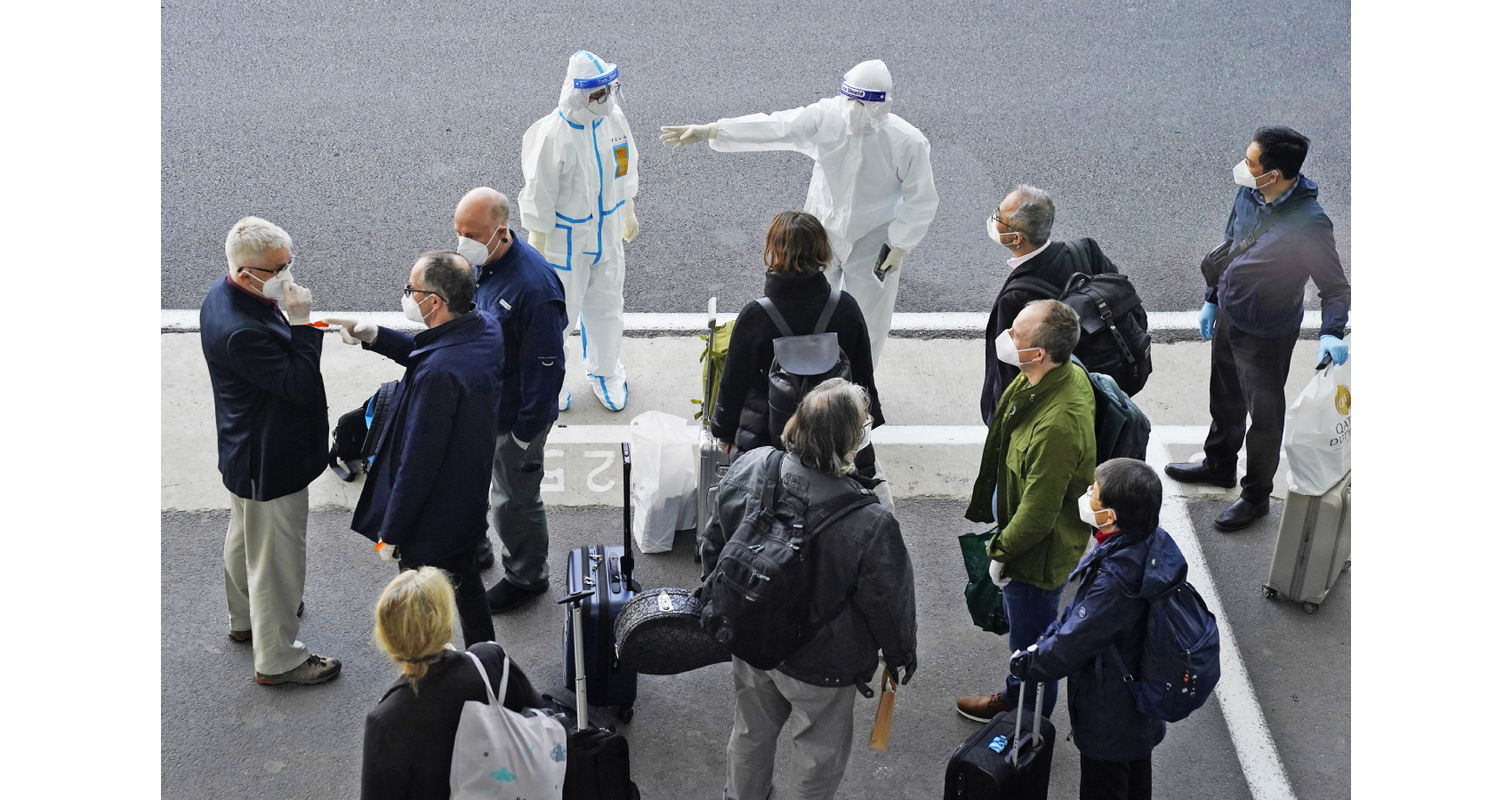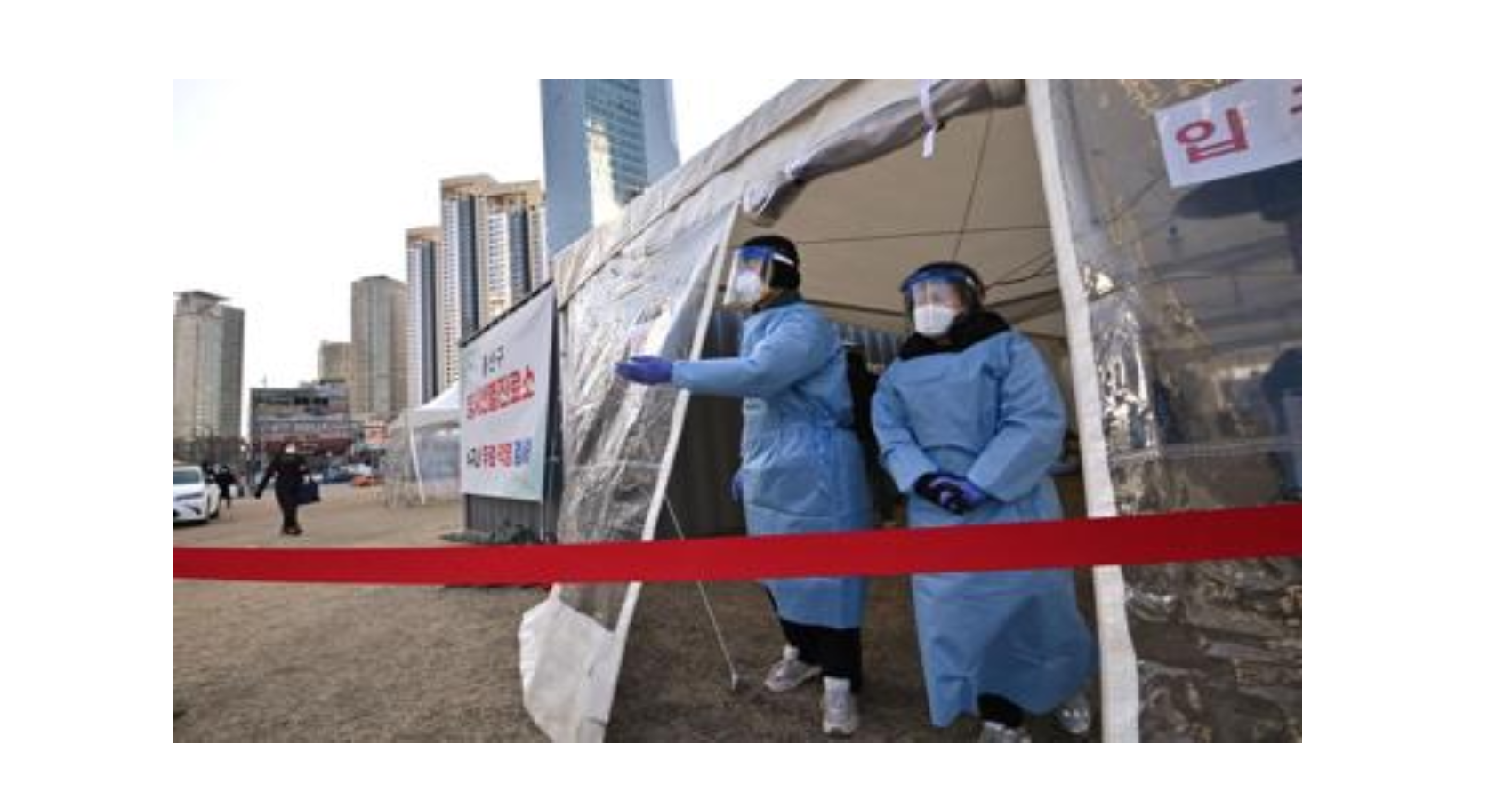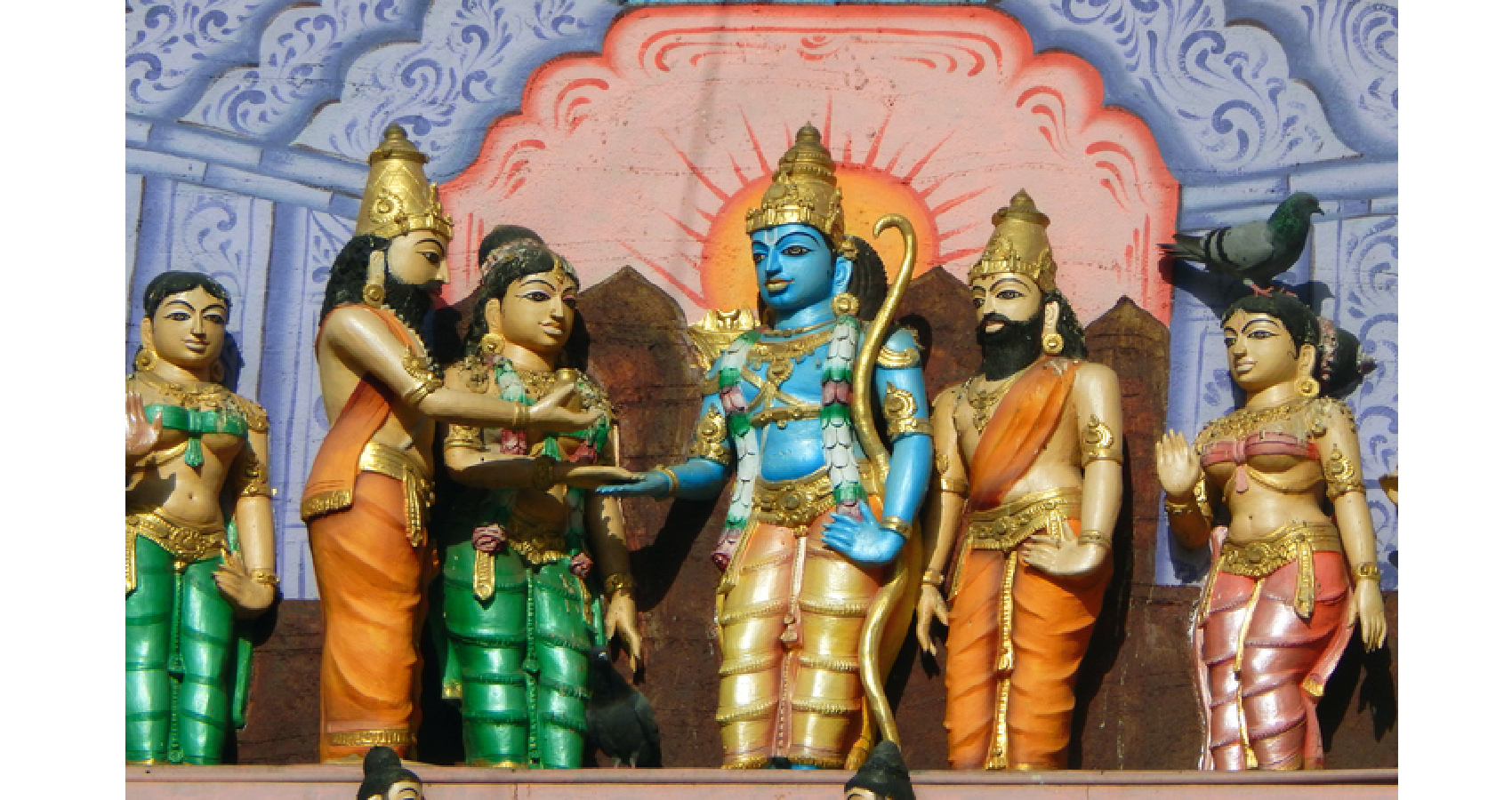A summary of the presentation/talk by this writer via a Zoom Meeting at an Online Interaction with Shri DIGVIJAYA SINGH,” Senior Congress Leader & Member of Indian Parliament, Rajya Sabha on “PANDEMIC EFFECT ON URORGNIZED SECTOR AND CONGRESS RESPONSE,” organized by All India Unorganized Workers Congress in India on Sunday, May 23rd, 2021.
During the meeting, Mr. Arbind Singh, National Chairman of AIUWC welcomed the participants and invited Ajay Ghosh, Chief Editor of the Universal News Network and BasvarajSankin, Head of Indian Overseas Congress in Spain to address the audience. Mr. Anshu Antony, Chair of the All India National Congress Party’s Training Wing introduced Mr. Ghosh to the audience.
Following the presentations, Mr. DigvijaySingh addressed the audience and responded to the concerns shared by the members of AIUWC, during which Mr. Singh responded to questions raised by AIUWC state presidents and Regional Coordinators.Below is the detailed address by Mr. Ajay Ghosh at the Event:
Covid-19 is notoriously hard to control, and political leaders are only part of the calculus when it comes to pandemic management. However, where leaders of the nations have responded adequately and planned and executed actions to prevent the spread and mitigate and eradicate the pandemic, the cases have been well contained. New Zeeland, Taiwan, Denmark, and some of the European countries and the United States under the current Biden administration are such examples of visionary leadership, protecting the people and saving lives from the pandenmic.
The US under Trump, several south American nations and India fall under the category of those world leaders who have made little effort to combat outbreaks in their country, whether by downplaying the pandemic’s severity, disregarding science or ignoring critical health interventions like vaccines, social distancing and masks.
India, which has been a shining example of development, freedom and fast growth, is the new epicenter of the global pandemic, recording some 400,000 new cases per day by May 2021. However grim, this statistic fails to capture the sheer horror unfolding there. Covid-19 patients are dying in hospitals because doctors have no oxygen to give and no lifesaving drugs that could save millions of lives. The sick are turned away from clinics that have no free beds.
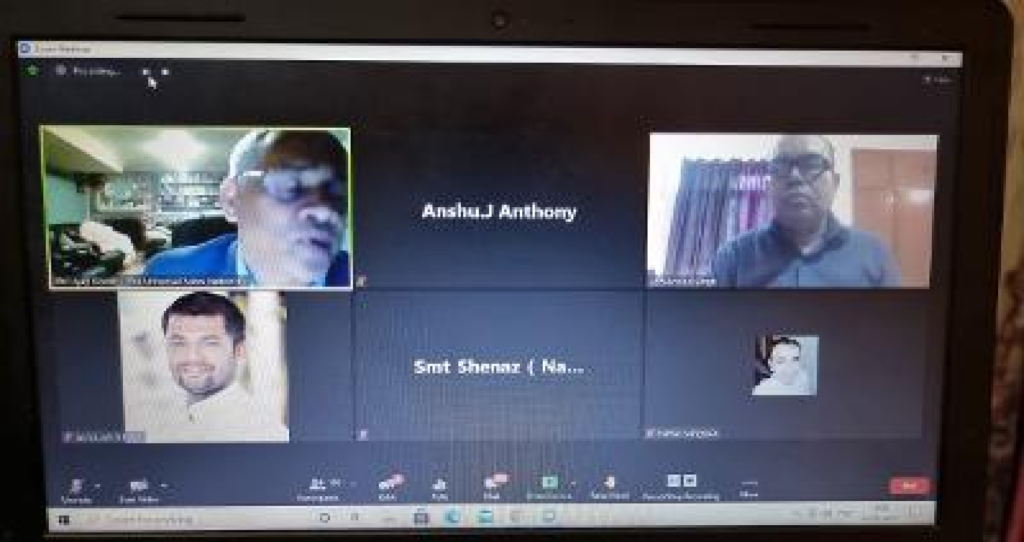 In January 2021, Modi declared at a global forum that India had “saved humanity … by containing corona effectively.” In March, his health minister proclaimed that the pandemic was reaching an “endgame.” Covid-19 was actually gaining strength in India and worldwide—but his government made no preparations for possible contingencies, such as the emergence of a deadlier and more contagious Covid-19 variant.
In January 2021, Modi declared at a global forum that India had “saved humanity … by containing corona effectively.” In March, his health minister proclaimed that the pandemic was reaching an “endgame.” Covid-19 was actually gaining strength in India and worldwide—but his government made no preparations for possible contingencies, such as the emergence of a deadlier and more contagious Covid-19 variant.
The net result of such complacency and lack of vision and planning: Covid pandemic is killing thousands daily, crushing India’s modest health system, causing crippling shortages of doctors, nurses, medicines, even oxygen. Hospitals and medical professionals have put out urgent notices that they were unable to cope with the rush of patients.
How did we land here facing such a critical stage?
With India experiencing a devastating second wave of the coronavirus pandemic, questions are being asked about how the country — which is home to the world’s largest vaccine manufacturer — got to this tragic point.The second wave of Covid-19, with the spiraling cases and deaths across cities and towns, making India currently the world’s worst pandemic-affected country, have now dented India’s Prime Minister Narendra Modi’s image in India and around the world for the poor vision, poor planning, and mismanagement of the most deadly virus in over a century.
India is now in a living hell. A new “double mutant” variant, named B.1.617, has emerged in a devastating coronavirus second wave which has seen hospitals run out of beds and oxygen. Mortuaries are so full that bodies are justify to decompose at home.A recent story in TIME magazine titled, “’This Is Hell.’ Prime Minister Modi’s Failure to Lead Is Deepening India’s COVID-19 Crisis” pointed out how India has mismanaged and sent misleading messages.
After declaring ‘victory’ over Covi, the Prime Minister and other political leadership spent their time organizing a blitzkrieg of election rallies in West Bengal and Assam without wearing masks and while exhorting large crowds to gather.When Covid was spreading rapidly in several states, killing thousands daily, the BJP leaders led by Modi were campaigning in poll bound states neglecting the responsibility to coordinate efforts to contain the spread of the deadly virus.
The Guardian newspaper wrote: “Like Donald Trump, Mr Modi would not give up campaigning while the pandemic raged. India went ahead with five state elections in April, and an unmasked MrModi held huge rallies. Mr Modi’s brand of Indian exceptionalism bred complacency. A presumption of national greatness has led to a lack of preparedness, most notably in vaccine production.”
People are dying in their hundreds in India because of a lack of medical oxygen and other supplies in the country’s overloaded hospitals. An investigation by Indian news website Scroll.in revealed that the country’s government waited until October 2020, eight months after the pandemic began, to invite bids for a $27 million contract to place oxygen generation systems inside more than 150 district hospitals. Six months later, most still aren’t up and running. Several states across the nation have expressed despair as most hospitals have run short of Oxygen.
Modi also allowed a religious festival that draws millions to proceed from January to March. Public health officials now believe the festival may have been a super-spreader event and was “an enormous mistake.”“The Uttarakhand chief minister declared on March 20, “nobody will be stopped in the name of COVID-19 as we are sure the faith in God will overcome the fear of the virus.” Hundreds of thousands of Hindu devotees showed up each day for a dip in the Ganges as part of the KumbhMela pilgrimage in Haridwar, Uttarakhand.
There has been certainly a big lapse from the complacent government and the general public, paying scant regard for the social-distance norms while the state machinery ignored enforcing norms.International media have criticized Indian states for attempting to hide the death rate. In the state of Uttar Pradesh workers were pictured covering the crematorium with tin sheets. The Wire news portal published an article titled, “Varanasi: Cremation, Burial Grounds Show About 50% of COVID-19 Deaths Aren’t Officially Recorded.”
In Gujarat, the Prime Minister’s home state, crematoriums are burning day and night, while the state refuses to acknowledge the high number of deaths. The Gujarat high court has demanded the state government reveal the accurate count of COVID-19 patients and deaths.The government is blatantly lying on official figures of the grim reality.As Modi touted his successes last year, India—the world’s largest vaccine manufacturer—sent over 100 million vaccine doses to 68 countries around the world. Yet just 1.9% of India’s 1.3 billion people had been fully inoculated against COVID-19 by early May.
In the race to produce and secure vaccines for Indians, Modi regime failed miserably. India invested too little in vaccine against Covid production. While epidemiologists, specialists and opposition leaders have long urged Modi to give approvals for foreign vaccines, the decision to give emergency use license to the Russian manufactured Sputnik V vaccine was only taken in the second week of April.Indian government had ordered 21 million doses of Covishield from the Serum Institute at the end of February this year but didn’t indicate when or if it would buy more, then it ordered an additional 110 million doses in March 2021 when infections started to rise.
When the vaccine rollout slowed, there was no effort or coordination with the states as Modi’s cabinet indulged in a blame game with ministers from opposition parties.Against the skepticism for vaccines by a vast majority of Indians, Modi government has done too little to reinforce public health messaging. The vaccine rollout became a global PR campaign for Modi’s leadership—in March, an Indo-Canadian group sponsored billboards erected in Canada thanking Modi for exporting Indian-made vaccines abroad—even while many Indians were apprehensive about their efficacy and side effects.
While the pandemic is raging across the nation and India is seeking help, medical and financial, Prime Minister Narendra Modi laid the foundation stone of the new Parliament building and a new Residence for the Prime Minister at an estimated cost of Rs. 971 crore. Why is the Modi Government spending billions of Dollars on the project, which could be better directed to fighting COVID-19 and repairing the pandemic-battered economy.
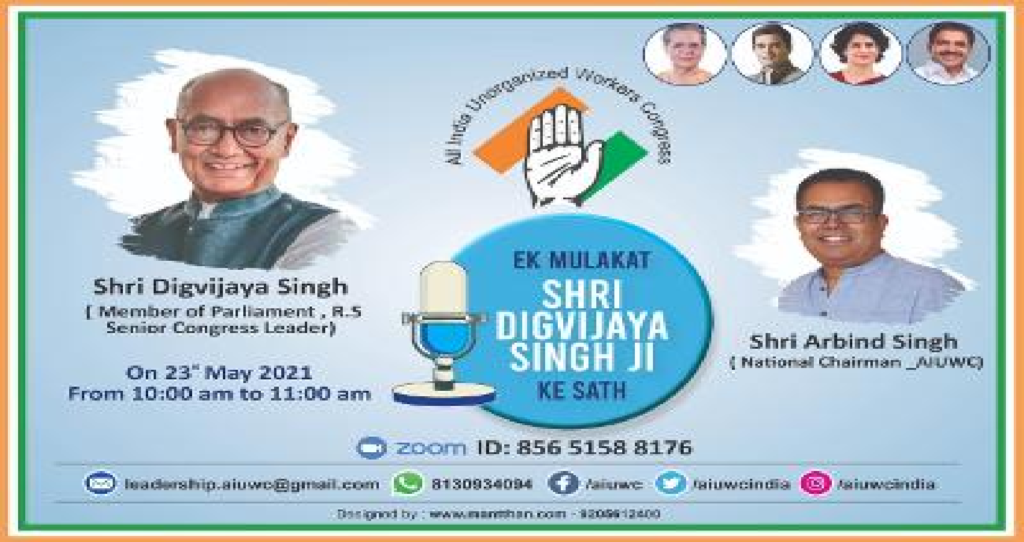 The sudden and abrupt lock down promulgated by Modi even before the 1st wave of the pandemic hit India caused enormous problems for millions of poor. It lies with the upper-middle-class Indians who were last year banging plates from their high-rise windows and lighting candles to praise Modi and celebrate the success of the unplanned lockdown—while poor migrant workers lost their jobs and had to leave the cities. While the rich booked themselves in hospitals using their contacts, the govt. cared little to alleviate the sufferings of the millions of the daily wage earners did not offer any monetary help.
The sudden and abrupt lock down promulgated by Modi even before the 1st wave of the pandemic hit India caused enormous problems for millions of poor. It lies with the upper-middle-class Indians who were last year banging plates from their high-rise windows and lighting candles to praise Modi and celebrate the success of the unplanned lockdown—while poor migrant workers lost their jobs and had to leave the cities. While the rich booked themselves in hospitals using their contacts, the govt. cared little to alleviate the sufferings of the millions of the daily wage earners did not offer any monetary help.
While people are seeking help desperately, India has shut down its doors to get help by and through the NGOs abroad. The government of India implemented a set of bureaucratic regulations by amending a law called Foreign Contribution Regulation Act (FCRA) in the middle of the pandemic. Hundreds of charities and other non-governmental organizations (NGOs) across India are now required to have special permission under this law to receive any donations from overseas.
The new amendment put in place last September mandates the charities to open a new bank account at a particular New Delhi branch of the State Bank of India before March 31, 2021, regardless of where the charity is located or operating from. Though many charities have managed to open this account in New Delhi, they have run into bottlenecks and red tape. As a result they are unable to receive much needed funds to help the suffering people in the middle of this pandemic.
The current stringent FCRA rules that were put in place by the Government are jeopardizing many donor’s plans to provide equipment like oxygen concentrators and other essential supplies from around the world in providing needed help to hospitals especially in rural areas.
Many Indian-American community and charity organizations in the United States say they are not able to send funds to NGO partners in India thanks to a newly amended law even as that country gasps from a tsunami of a second wave of the coronavirus pandemic.Many US-based non-profits said the Narendra Modi government’s action in regulating of foreign funds was arbitrary.The NGO members and have also pointed to the alleged slow processing of paperwork by State Bank of India (SBI), and are asking the Indian government to revise the deadline so that they can help the country in its time of acute need. Earlier, donations could be received in any bank where the NGO had a designated FCRA account.
NGOs now cannot sub grant their foreign contributions to another NGO even if they have FCRA registrations as was the case earlier. This has been a blow for many NGOs who have been working collaboratively on various programs and projects. Thisd impedesCovid relief work, including making direct cash transfer to low-income families of the Covid deceased, often an earning member.
GOPIO chapters in India are yet to get the permission FCRA. For example, it is going to be more than two years since GOPIO-Kochi, a duly registered nonprofit organization, applied to receive funds from outside, especially from GOPIO International which collected funds for the 2018 Kerala flood relief. The chapter’s application is still pending and we have not been able to send the money collected to our chapter yet.
A large number of nonprofit community organizations are raising funds for India, including to send oxygen concentrators which are badly needed all over India. The government must immediately remove all hurdles to get this medical equipment and supplies to the hospitals which need them urgently.
Suppressing Truth and Penalizing Media and Voice of the Public:
At times, Prime Minister Narendra Modis government has seemed more intent on removing criticism on Twitter than trying to control the Covid-19 pandemic, a premier medical journal The Lancet has said in an editorial. “Modi’s actions in attempting to stifle criticism and open discussion during the crisis are inexcusable,” Lancet said.
The Institute for Health Metrics and Evaluation (IHME) estimates that India will see a staggering 1 million deaths from Covid-19 by August 1.If that outcome was to happen, Modi’s government would be responsible for presiding over a self-inflicted national catastrophe,” Lancet said in a scathing criticism of the government.
India squandered its early successes in controlling Covid-19. Until April, the government’s Covid-19 taskforce had not met in months. The consequences of that decision are clear before us, and India must now restructure its response while the crisis rages. The success of that effort will depend on the government owning up to its mistakes, providing responsible leadership and transparency, and implementing a public health response that has science at its heart.
But above all it lies with Narendra Modi, the Prime Minister of India, who calls himself the servant of 1.3 billion Indians, yet who has criminally abdicated his responsibility. At this critical juncture in its history, Indians have been left to fend for ourselves
Mismanagement?
- Complacency and lack of visionby the Indian Govt.
- Poor planning and lack of preparedness
- Lack of transparency and lack of foresight
- Intimidating and penalizing critics, including the media and those expressing their views on social media platforms
- Favoritism and lack of will to help the poor and the powerless: siding with the businesses and political supporters at the cost of the poor
- Blaming the opposition and those who criticize the government rather than an attitude of dialogue, open mindedness, collaboration, and cooperation
- An attitude of “I know it all” rather than the willingness to listen to the scientific community and professionals, and make amends for the wrongs committed
- Suppressing and denying the NGOs, particularly the minority communities from receiving foreign funds through the short sighted FCRA regulations, and in the process denying much needed help to millions who would have benefitted from such resources from abroad
- Lack of political will to contain market forces from hijacking medical supplies and hiking up the prizesfor essential medical suplies
- Prioritizing the image of the party and the leaders in power over the needs of the nation of the people.
- Lack of thoughtfulness and taking decisions arbitrarily and abruptly not reflecting on the consequences of govt. actions on millions of people
Some Suggestions For Action
- India must reduce SARS-CoV-2 transmission as much as possible by educating the public about the necessity of masking, social distancing, halting mass gatherings, quarantine, and testing
- Transparent: as cases continue to mount, the government must publish accurate data in a timely manner, and forthrightly explain to the public what is happening and what is needed to bend the epidemic curve, including the possibility of a new federal lockdown
- Genome sequencing needs to be expanded to better track, understand and control emerging and more transmissible SARS-CoV-2 variants
- The botched vaccination campaign must be rationalized and implemented with all due speed. Increasing vaccine supply (some of which should come from abroad) and setting up a distribution campaign that can cover not just urban but also rural and poorer citizens, who constitute more than 65 per cent of the population (over 800 million people).
- The government must work with local and primary healthcare centers that know their communities and create an equitable distribution system for the vaccine.
- Expand the production and supply of oxygen and import while lifting unnecessary restrictions
- Stop middlemen and business from raising the prizes of medical supplies, oxygen and much needed treatment for Covid, at this hour of crisis. Punish those who inflate the prize of these essentials
- Open more centers, use schools and other institutes in every village and town to provide health care and treat covid patients
- India has a large number of medical professionals. Use the newly graduates and who are in the final years of Medical schools and Nursing programs to fill the shortage of medical professionals to treat covid patients
- There are thousands of not for profit organization and individuals abroad who want to help their suffering sisters and brothers in India. Make it easier for them help India as she bleeds. Relax FCRA rules and make it easier for them to send money.
- India Needs to act on a war footing, using all possible resources and work collaboratively, using all sections, the political parties, the ruling and the opposition together, the medical professionals, hospitals and academicians, research institutes, the media and the public, in a transparent manner, putting the safety, security and well being of the people before that of the interests of the ruling party.
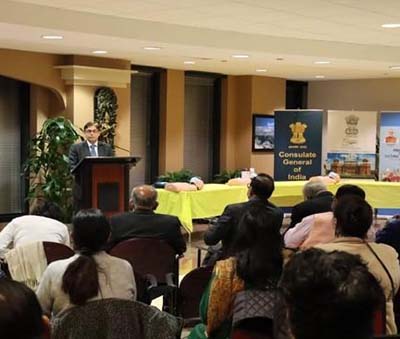 The Indian American community-focused program was jointly developed by Dr. Vemuri S Murthy, Chairman of the Board of Chicago Medical Society and Founder of the Chicago Medical Society Community Bystander CPR project “SMILE” (Saving More Illinois Lives through Education) in association with Dr. Srinivas Ramaka, an eminent Cardiologist from Telangana, India. The program was attended by several members of the Indian diaspora, leaders of Medical Organizations, and Diplomats of the Indian Consulate, staff, and families.
The Indian American community-focused program was jointly developed by Dr. Vemuri S Murthy, Chairman of the Board of Chicago Medical Society and Founder of the Chicago Medical Society Community Bystander CPR project “SMILE” (Saving More Illinois Lives through Education) in association with Dr. Srinivas Ramaka, an eminent Cardiologist from Telangana, India. The program was attended by several members of the Indian diaspora, leaders of Medical Organizations, and Diplomats of the Indian Consulate, staff, and families.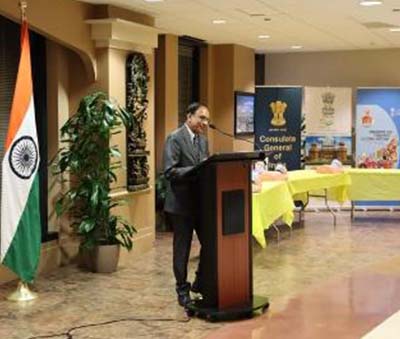 In his address, Hon’ble Member of Congress Danny K. Davis stressed the importance of taking care of one’s health. He commended the significant role of the Indian American doctors in contributing to the general health and well-being of US communities. In a virtual message, Honorable Congressman Raja Krishnamoorthi congratulated the Indian Consulate and Dr. Vemuri Murthy for organizing the program and their efforts to enhance outcomes after cardiac arrests among the communities.
In his address, Hon’ble Member of Congress Danny K. Davis stressed the importance of taking care of one’s health. He commended the significant role of the Indian American doctors in contributing to the general health and well-being of US communities. In a virtual message, Honorable Congressman Raja Krishnamoorthi congratulated the Indian Consulate and Dr. Vemuri Murthy for organizing the program and their efforts to enhance outcomes after cardiac arrests among the communities.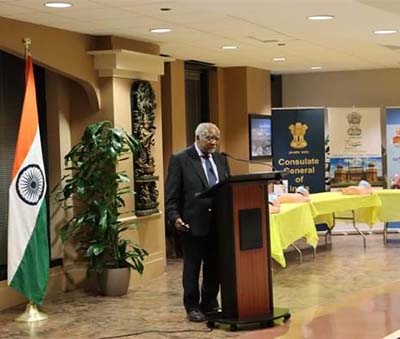 Efforts to raise awareness of heart disease and promote “Healthy Heart” lifestyles is essential. Heart disease is the number one Global Public Health problem. South Asians are at a four-times greater risk of heart disease than their western counterparts and have a greater chance of having a heart attack before 50 years of age. Heart attacks strike South Asian Men and Women at younger ages, and as a result, both morbidity and mortality are higher among them compared to any other ethnic group. They tend to develop heart disease ten years earlier than other groups.
Efforts to raise awareness of heart disease and promote “Healthy Heart” lifestyles is essential. Heart disease is the number one Global Public Health problem. South Asians are at a four-times greater risk of heart disease than their western counterparts and have a greater chance of having a heart attack before 50 years of age. Heart attacks strike South Asian Men and Women at younger ages, and as a result, both morbidity and mortality are higher among them compared to any other ethnic group. They tend to develop heart disease ten years earlier than other groups.
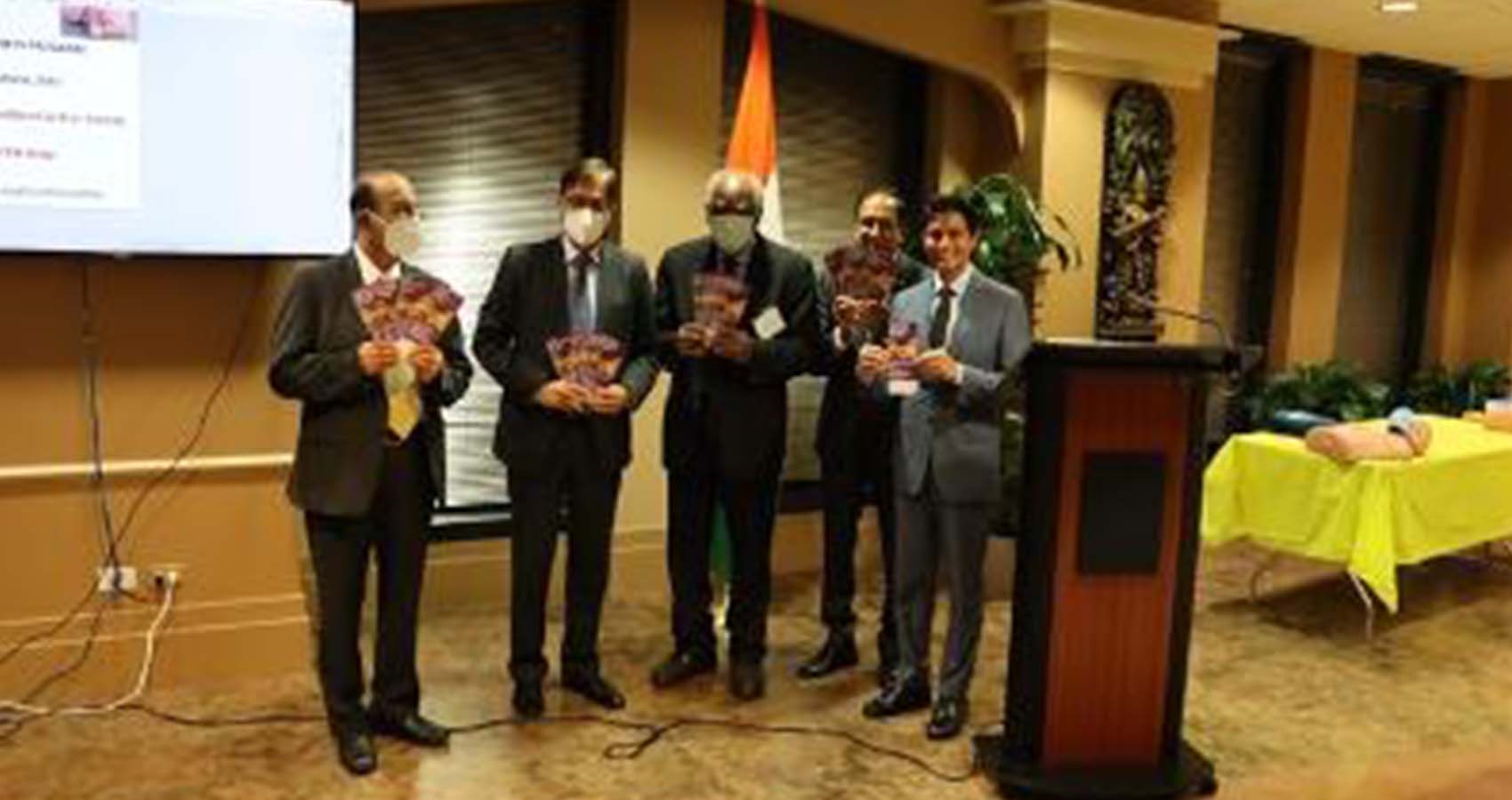
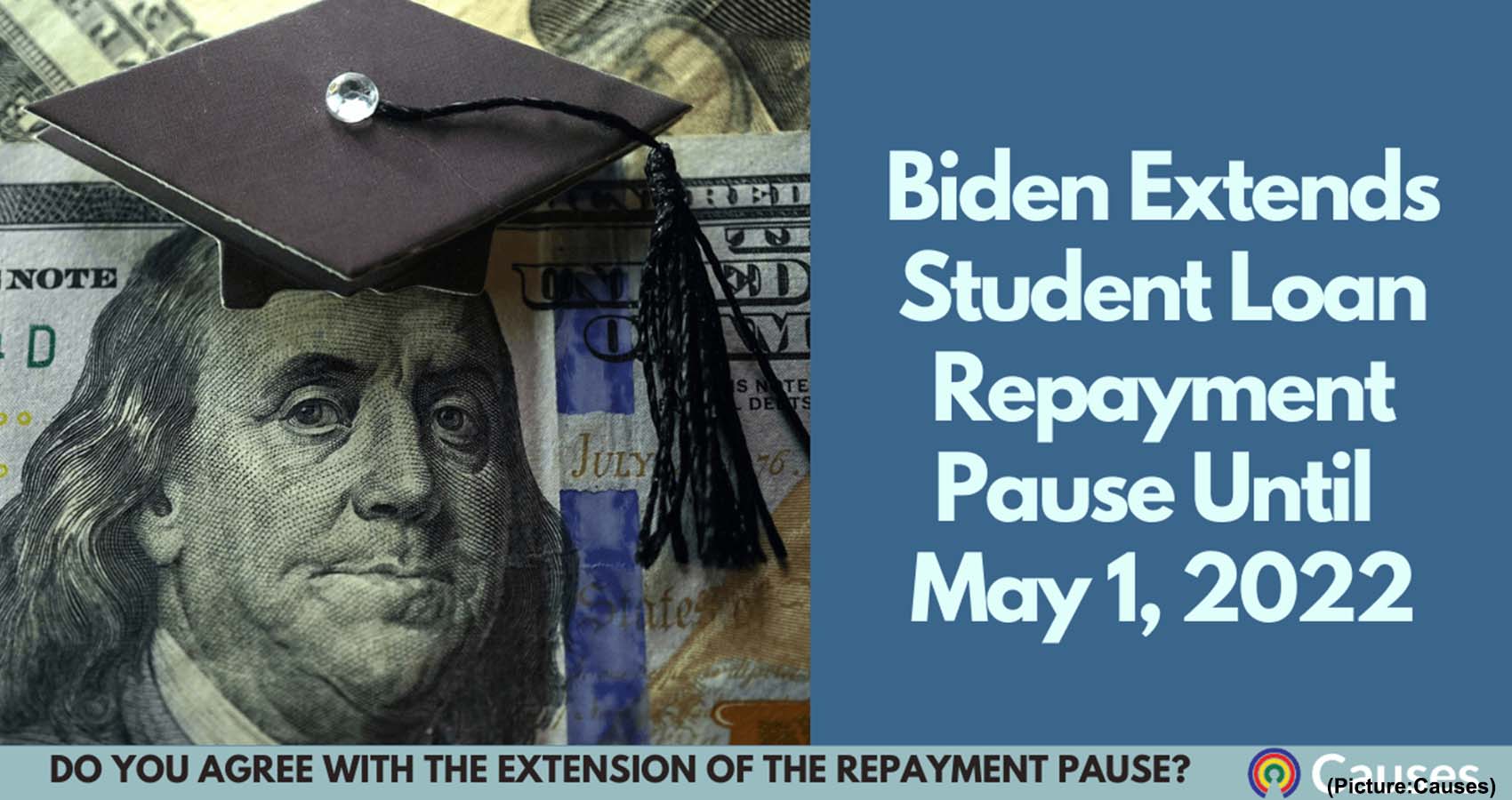
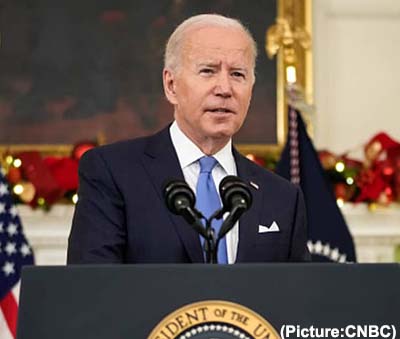 As we prepare for the return to repayment in May, we will continue to provide tools and supports to borrowers so they can enter into the repayment plan that is responsive to their financial situation, such as an income-driven repayment plan. Students and borrowers will always be at the center of our work at the Department, and we are committed to not only ensuring a smooth return to repayment, but also increasing accountability and stronger customer service from our loan servicers as borrowers prepare for repayment.”
As we prepare for the return to repayment in May, we will continue to provide tools and supports to borrowers so they can enter into the repayment plan that is responsive to their financial situation, such as an income-driven repayment plan. Students and borrowers will always be at the center of our work at the Department, and we are committed to not only ensuring a smooth return to repayment, but also increasing accountability and stronger customer service from our loan servicers as borrowers prepare for repayment.”
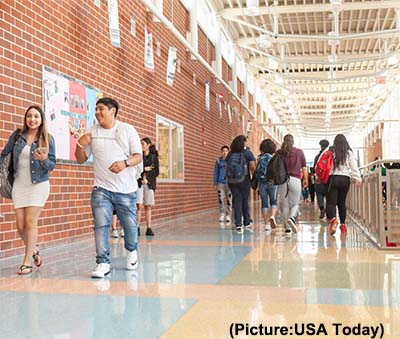 This reformative initiative requires the schools to display language outside of restrooms, informing students, whether male or female, that they may use the restroom that aligns with their gender identity. CPS prompted others, “We require all schools to adopt new signage to make our restrooms more inclusive. This is a big step forward for gender equity for our students and staff.” Is it going to influence the schooling practices themselves, or will it just be ignored?
This reformative initiative requires the schools to display language outside of restrooms, informing students, whether male or female, that they may use the restroom that aligns with their gender identity. CPS prompted others, “We require all schools to adopt new signage to make our restrooms more inclusive. This is a big step forward for gender equity for our students and staff.” Is it going to influence the schooling practices themselves, or will it just be ignored?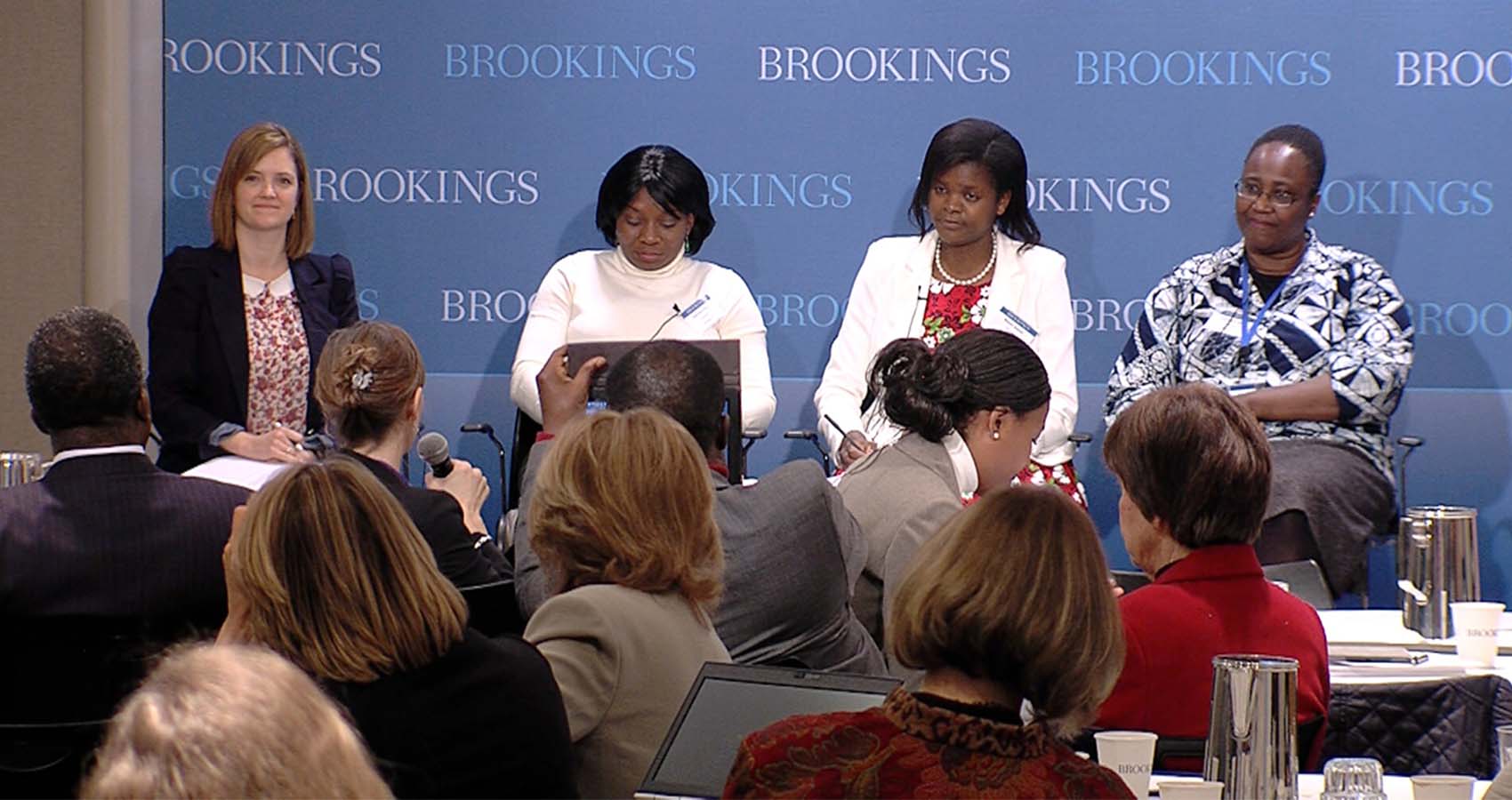
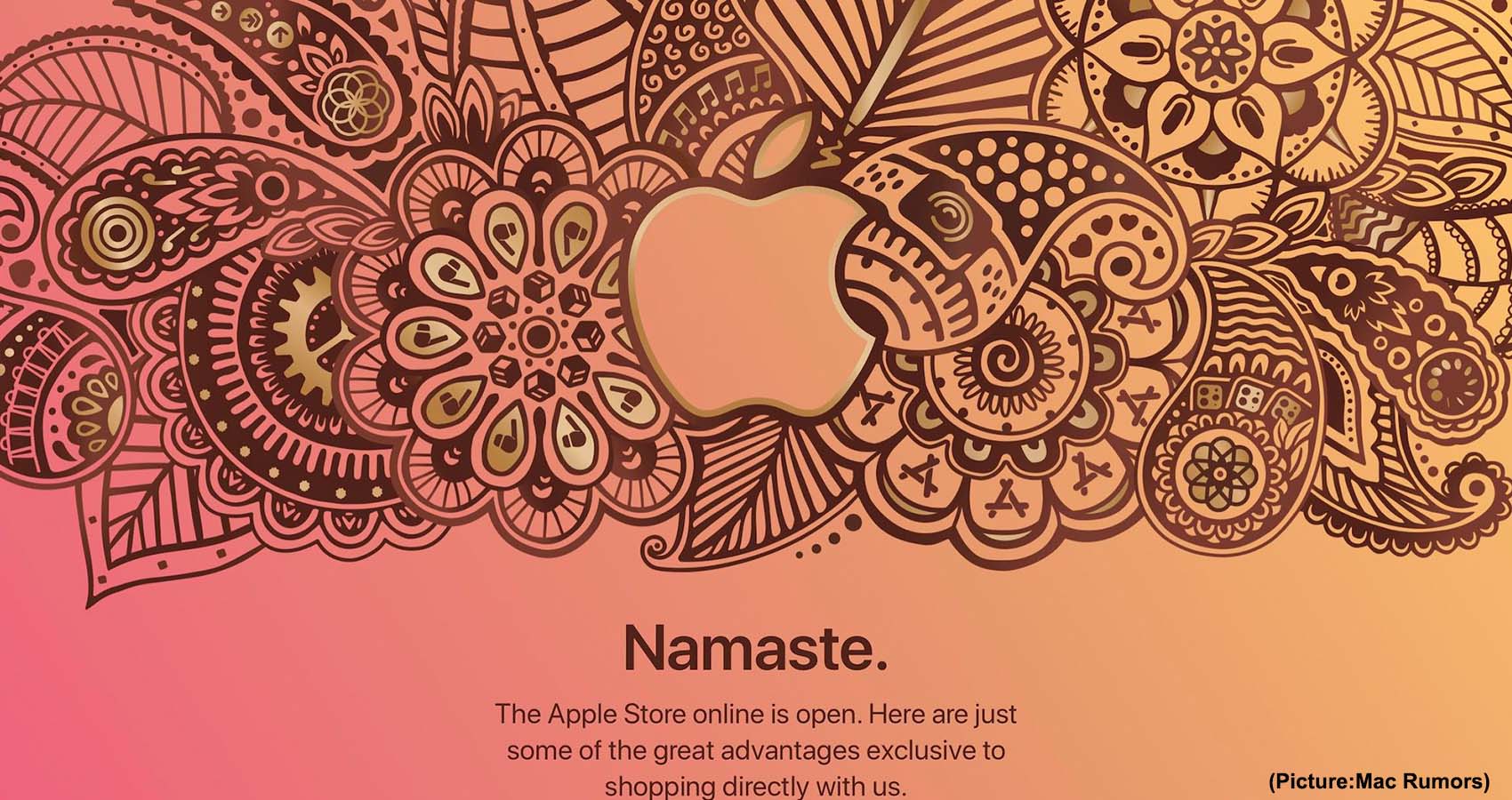
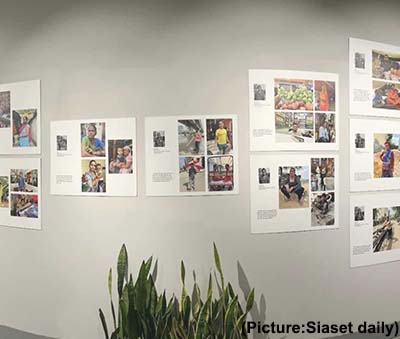 The children, aged 8 to 15, participated in the workshop for 12 classes — every Saturday — for about 12 weeks to create photo stories shot on iPhones.
The children, aged 8 to 15, participated in the workshop for 12 classes — every Saturday — for about 12 weeks to create photo stories shot on iPhones.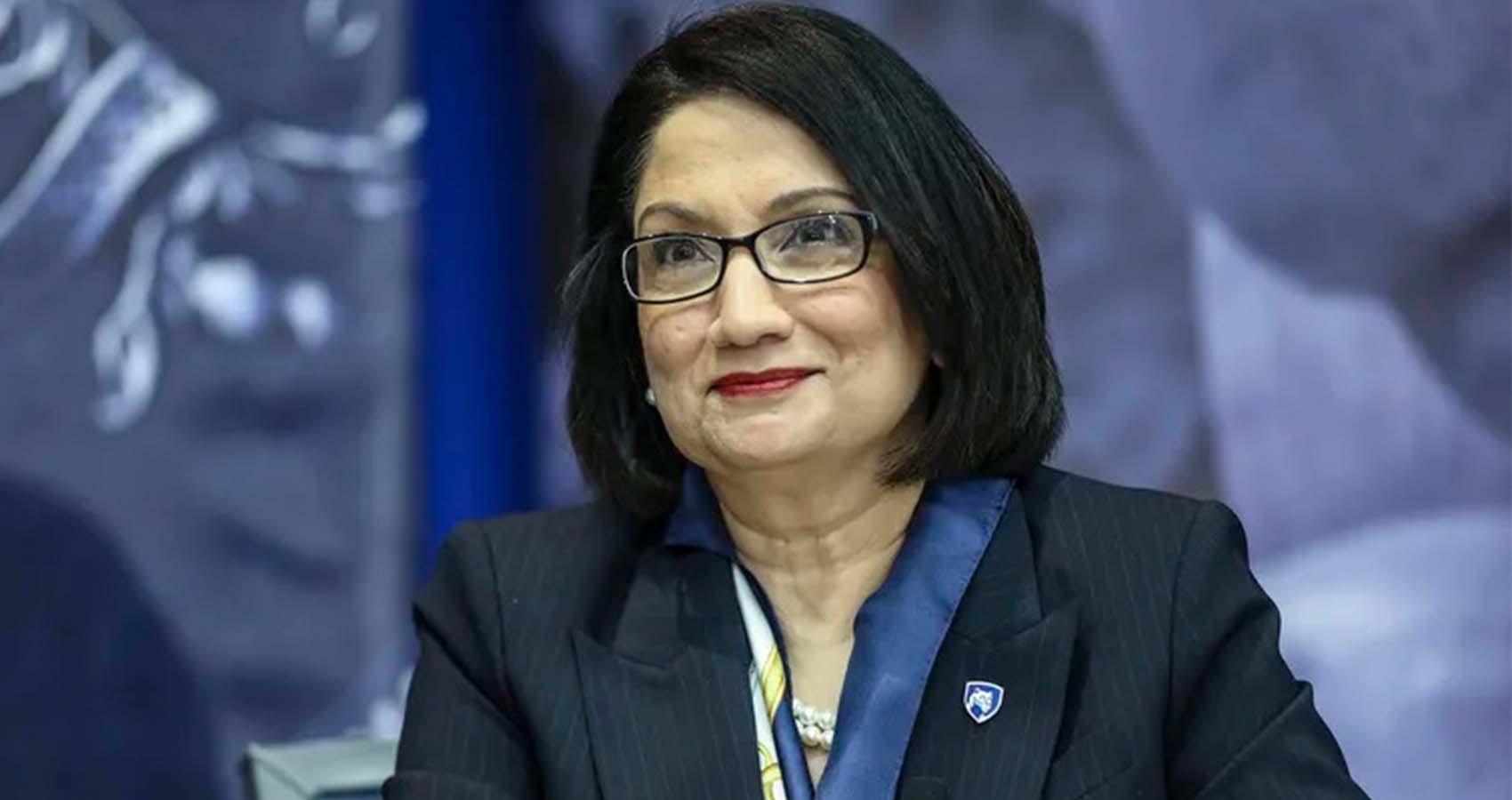
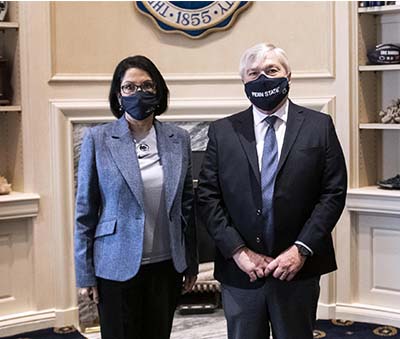 “Penn State is a world-class university, and I couldn’t be prouder and more excited to join this vibrant community of outstanding students, faculty, staff and alumni throughout the commonwealth and beyond.”
“Penn State is a world-class university, and I couldn’t be prouder and more excited to join this vibrant community of outstanding students, faculty, staff and alumni throughout the commonwealth and beyond.”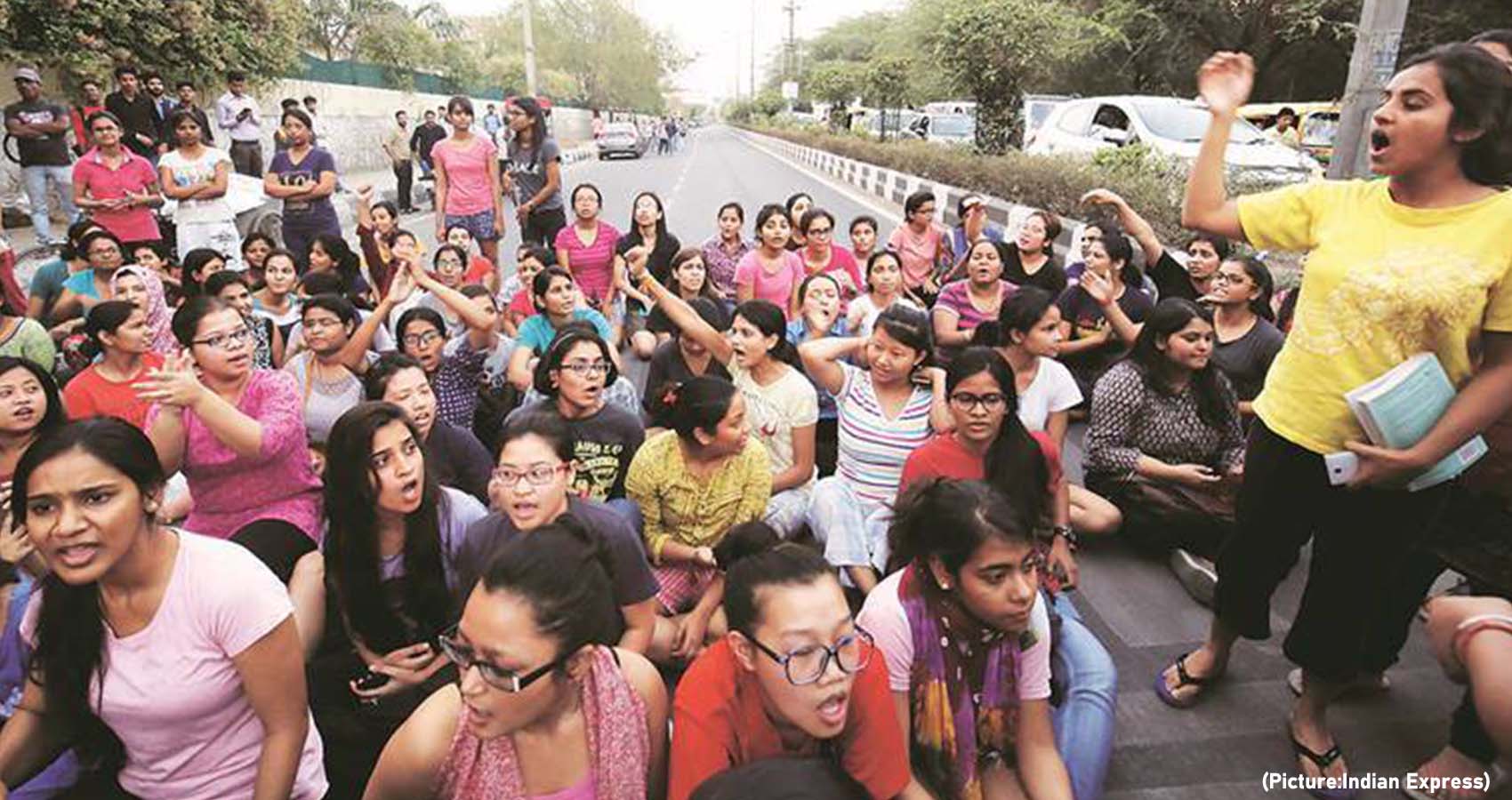
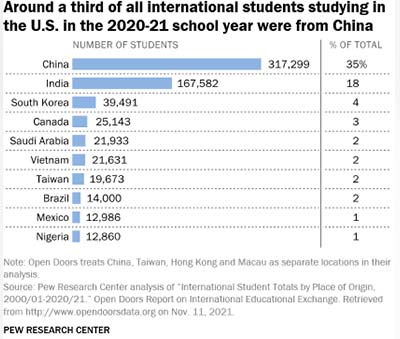 Fewer than 1 million foreign students enrolled for either online or in-person classes at U.S. universities in the 2020-21 school year, comprising 4.6% of total enrollment at American higher educational institutions. That not only marks a 15% year-over-year decrease from the 2019-20 school year, but also marks the first time since 2014-15 that fewer than a million international students have enrolled at U.S. institutions.
Fewer than 1 million foreign students enrolled for either online or in-person classes at U.S. universities in the 2020-21 school year, comprising 4.6% of total enrollment at American higher educational institutions. That not only marks a 15% year-over-year decrease from the 2019-20 school year, but also marks the first time since 2014-15 that fewer than a million international students have enrolled at U.S. institutions.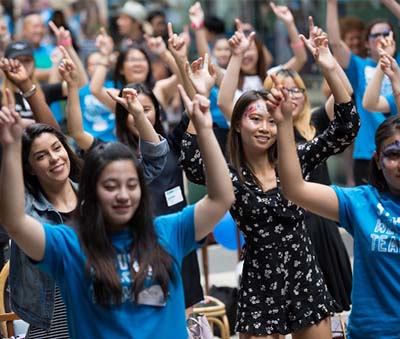 Chinese students
Chinese students 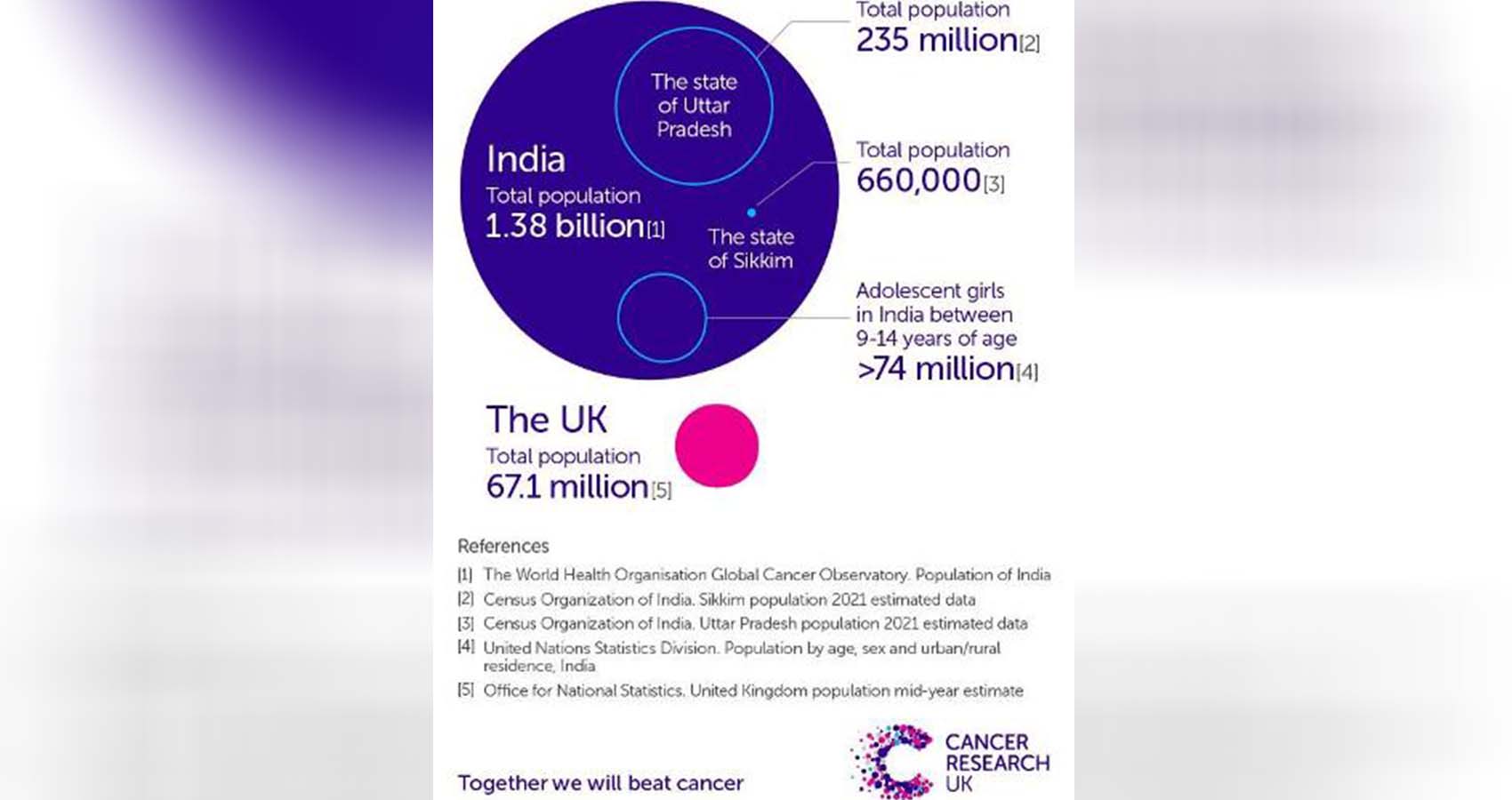
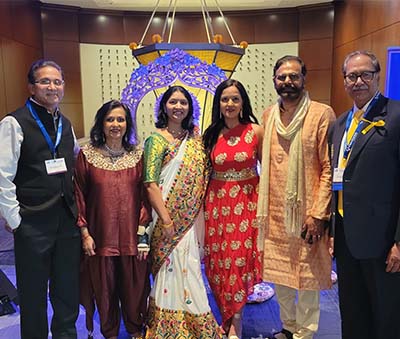 According to The American Cancer Society, Cervical Cancer was once one of the most common causes of cancer death for American women. The cervical cancer death rate dropped significantly with the increased use of the Pap test for screening. Cervical cancer is among a number of cancers that can be caused by infections with pathogens – bacteria, viruses, and parasites.
According to The American Cancer Society, Cervical Cancer was once one of the most common causes of cancer death for American women. The cervical cancer death rate dropped significantly with the increased use of the Pap test for screening. Cervical cancer is among a number of cancers that can be caused by infections with pathogens – bacteria, viruses, and parasites.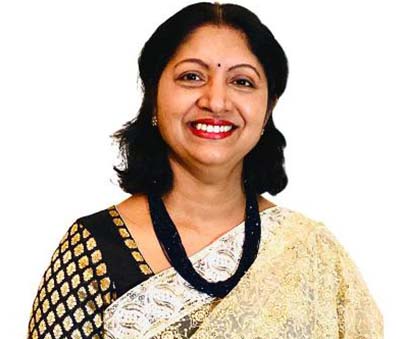 Dr. Anjana Samadder, Vice President of AAPI, said, “In addition to Cervical cancer, GHS 2022 will also focus on: Chronic diseases which can be prevented- notably diabetes, cardiovascular, hypertension, COPD, oncology, maternal and infant mortality, Mmanagement of neurological emergencies ENLS a certification course are only some of those that are going to be covered during this Summit.”
Dr. Anjana Samadder, Vice President of AAPI, said, “In addition to Cervical cancer, GHS 2022 will also focus on: Chronic diseases which can be prevented- notably diabetes, cardiovascular, hypertension, COPD, oncology, maternal and infant mortality, Mmanagement of neurological emergencies ENLS a certification course are only some of those that are going to be covered during this Summit.”
 The variant could lead to severe consequences in some regions, the WHO said on Monday. The head of the organisation, Dr Tedros Adhanom Ghebreyesus, renewed a call for a global push to get vaccines to poorer nations.
The variant could lead to severe consequences in some regions, the WHO said on Monday. The head of the organisation, Dr Tedros Adhanom Ghebreyesus, renewed a call for a global push to get vaccines to poorer nations.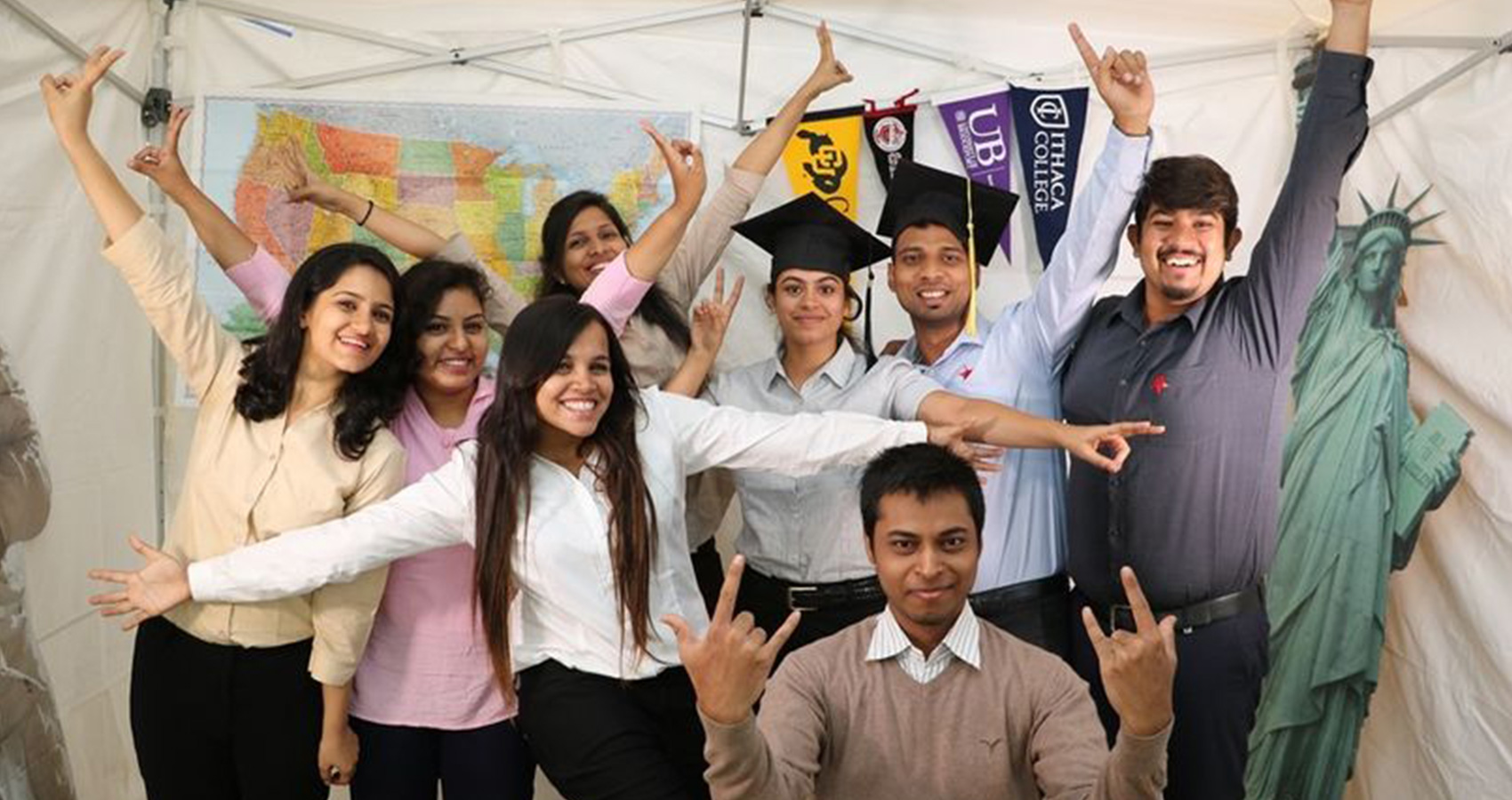
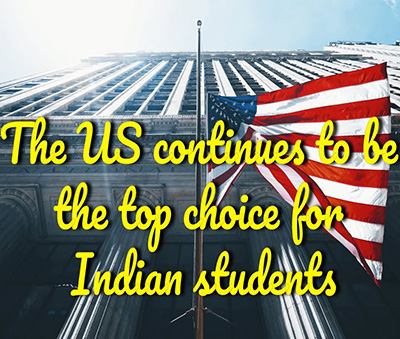 Students from China and India make up the bulk of international students in the U.S., which continues to remain the top choice for studies abroad.
Students from China and India make up the bulk of international students in the U.S., which continues to remain the top choice for studies abroad.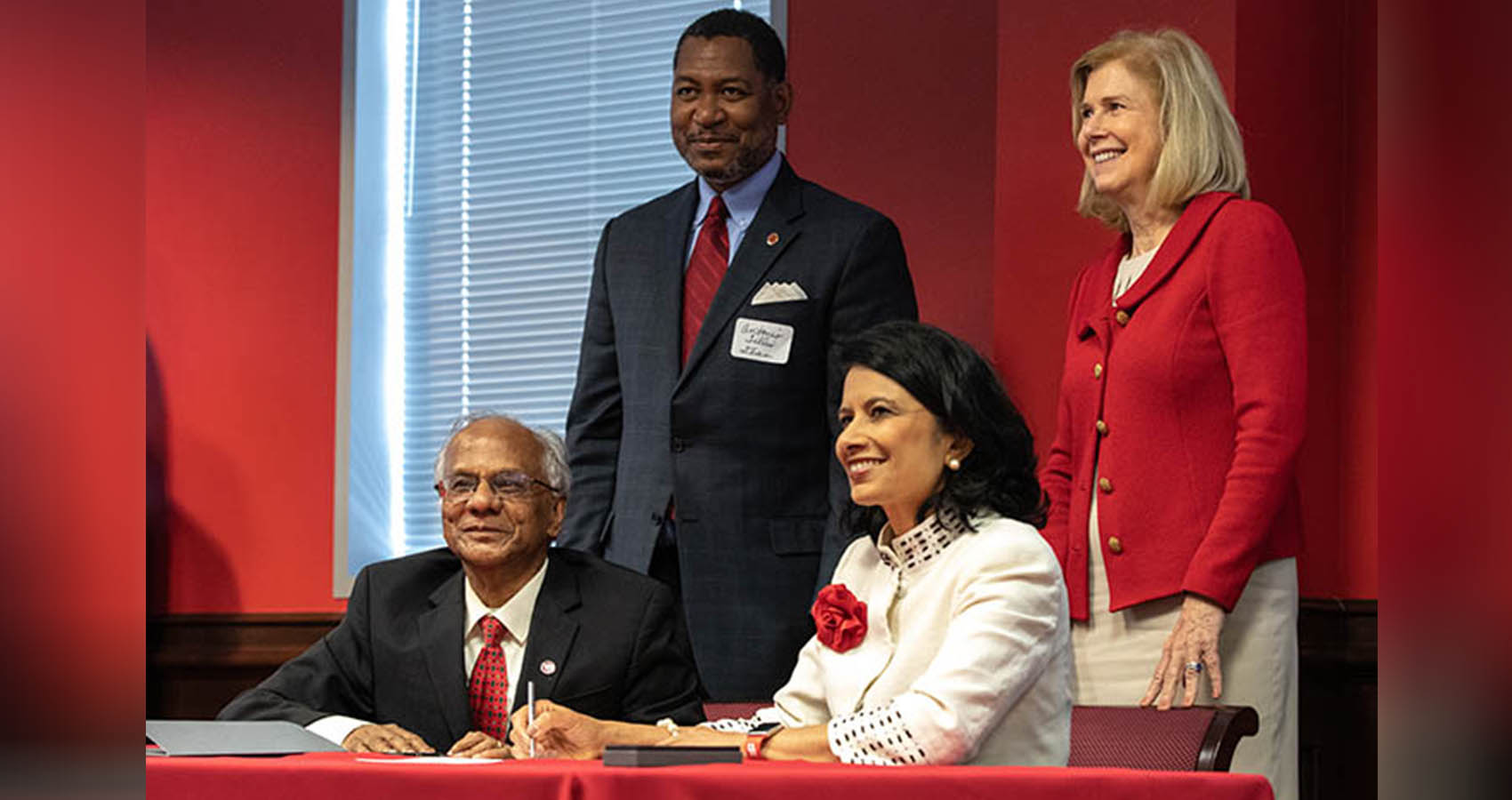
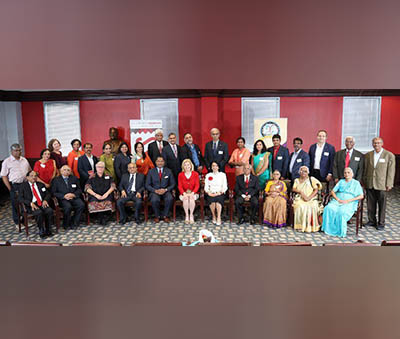 The initial $1 million pledge will create The Houston Tamil Studies Chair, Inc. Research Endowment in the UH College of Liberal Arts and Social Sciences. These funds will support research program costs, equipment and seminars with invited scholars who are experts on Tamil societies and the Tamil diaspora in the United States.
The initial $1 million pledge will create The Houston Tamil Studies Chair, Inc. Research Endowment in the UH College of Liberal Arts and Social Sciences. These funds will support research program costs, equipment and seminars with invited scholars who are experts on Tamil societies and the Tamil diaspora in the United States.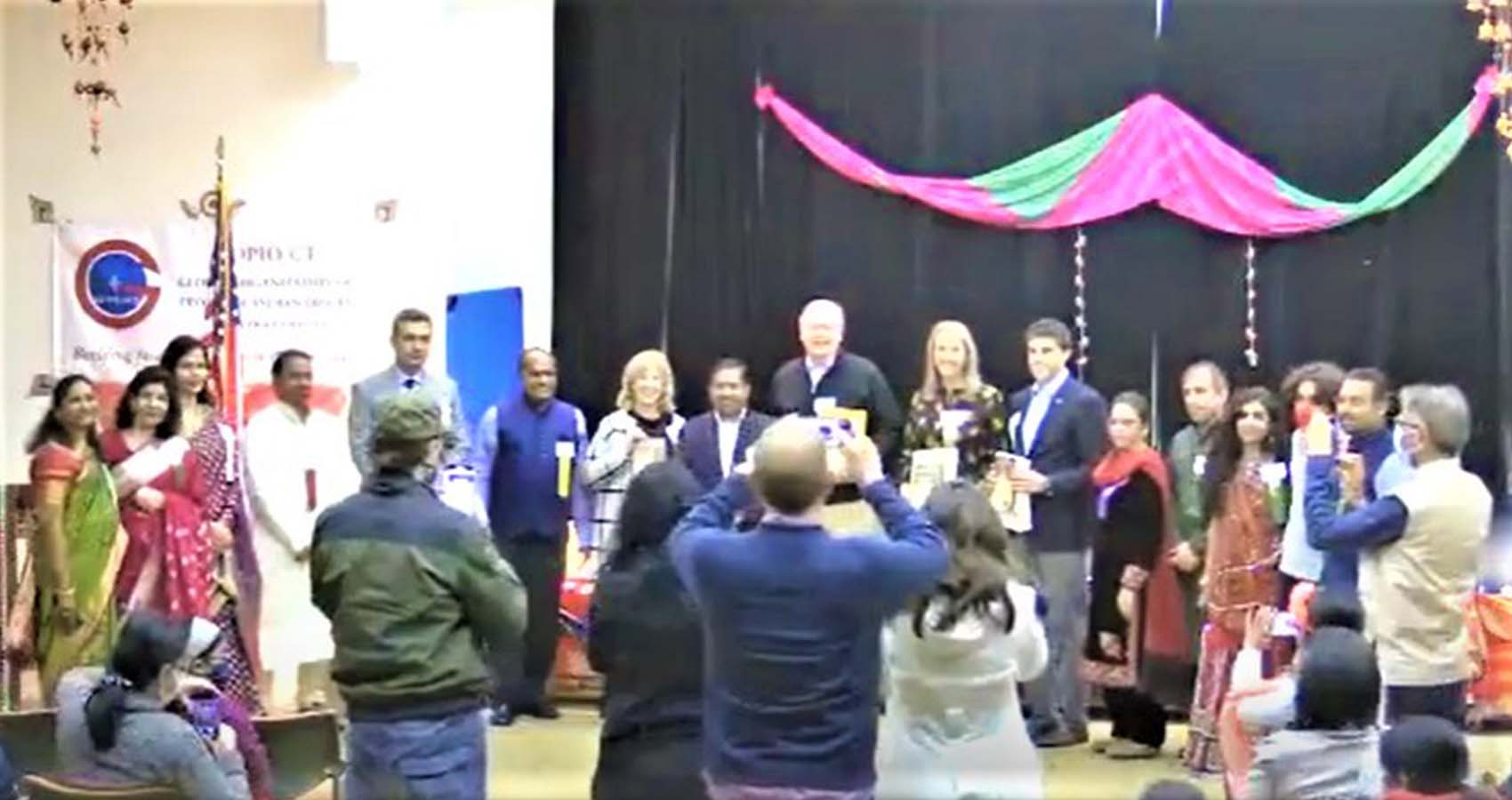
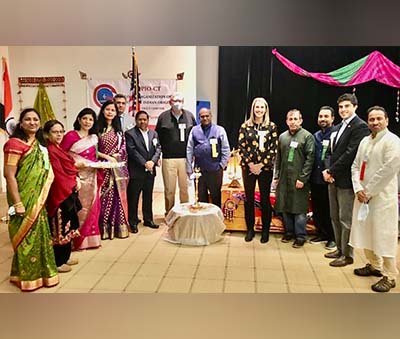 The launch event began with an invocation to Lord Ganesha by Prachi, which was followed by the lighting of the traditional lamp and diyas by dignitaries and GOPIO leaders, signifying the Diwali celebration. In her welcome address, Library President Alice Knapp lauded the new initiative from the GOPIO-CT and thanked the Indian Consulate for donating the books.
The launch event began with an invocation to Lord Ganesha by Prachi, which was followed by the lighting of the traditional lamp and diyas by dignitaries and GOPIO leaders, signifying the Diwali celebration. In her welcome address, Library President Alice Knapp lauded the new initiative from the GOPIO-CT and thanked the Indian Consulate for donating the books. Stating that the sharing of knowledge and discovery have shaped the destiny of the humanity since beginning of the world, Consul General Randhir Jaiswal pointed out as to how in 1960s, India has gained sufficiency in food production by sharing of knowledge by the United States that led to Green revolution in India. “And we are ever grateful to the United States for sharing of knowledge and for the friendship and collaboration between the two nations, which is the defining moment of the 21st century.”
Stating that the sharing of knowledge and discovery have shaped the destiny of the humanity since beginning of the world, Consul General Randhir Jaiswal pointed out as to how in 1960s, India has gained sufficiency in food production by sharing of knowledge by the United States that led to Green revolution in India. “And we are ever grateful to the United States for sharing of knowledge and for the friendship and collaboration between the two nations, which is the defining moment of the 21st century.” CT State Representative, Matt Blumenthal in his felicitation address, “This has ben tryting times for the whole world. GOPIO has played a critical role in our state to help face and overcome the challenges. I am grateful to the Indian American community for your great contributions and making our state stronger and dynamic.”
CT State Representative, Matt Blumenthal in his felicitation address, “This has ben tryting times for the whole world. GOPIO has played a critical role in our state to help face and overcome the challenges. I am grateful to the Indian American community for your great contributions and making our state stronger and dynamic.”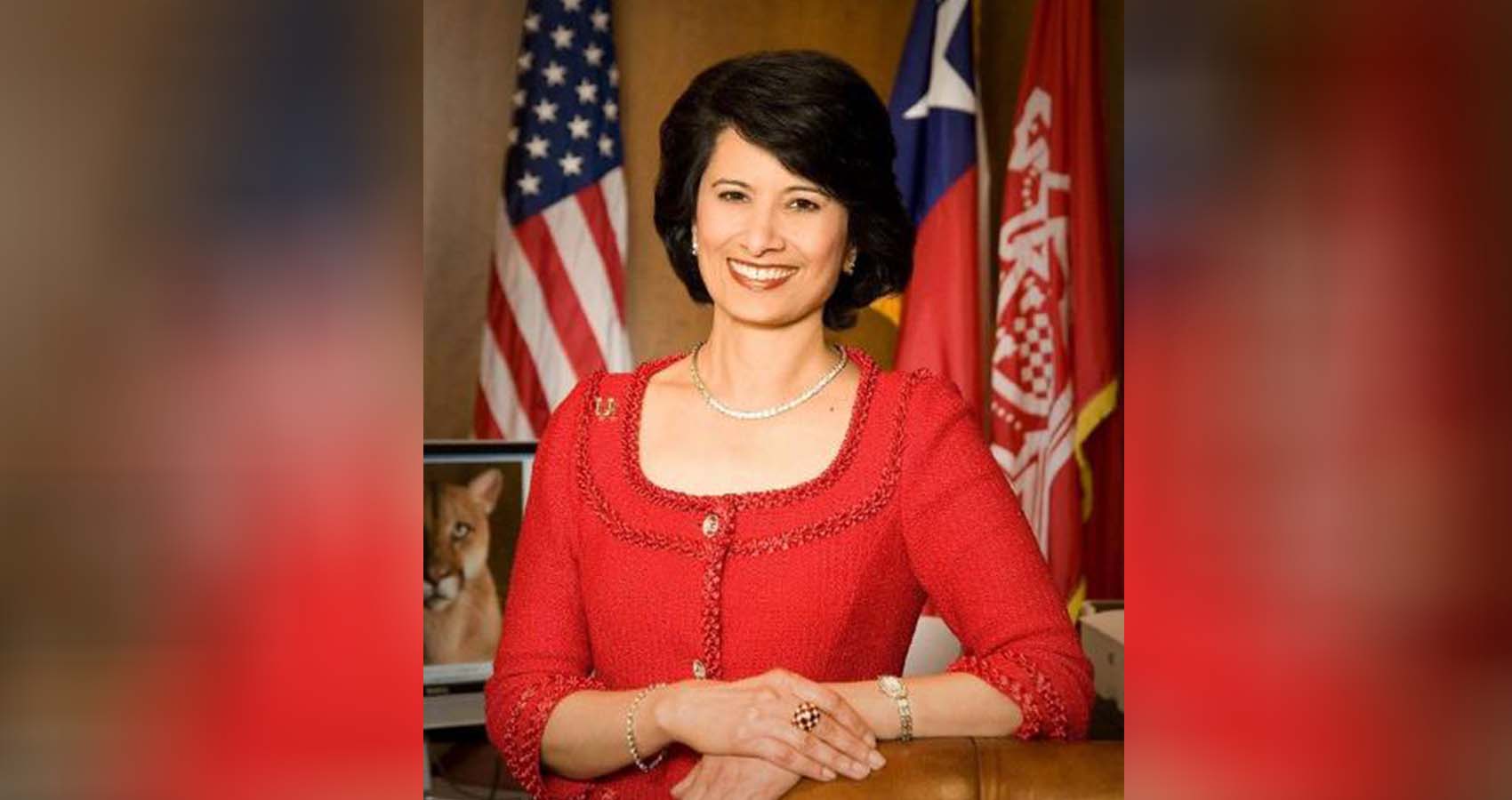
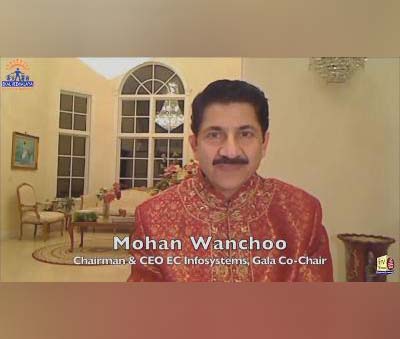 This two-hour event, co-chaired by Mohan Wanchoo and Kamlesh Shah, both successful entrepreneurs and philanthropist, saw consistent overwhelming response from the donors, from the moment it opened up till it was capped by youthful entertainment by “Penn-Masala’, a youthful group of famous singers from “University of Pennsylvania”.
This two-hour event, co-chaired by Mohan Wanchoo and Kamlesh Shah, both successful entrepreneurs and philanthropist, saw consistent overwhelming response from the donors, from the moment it opened up till it was capped by youthful entertainment by “Penn-Masala’, a youthful group of famous singers from “University of Pennsylvania”.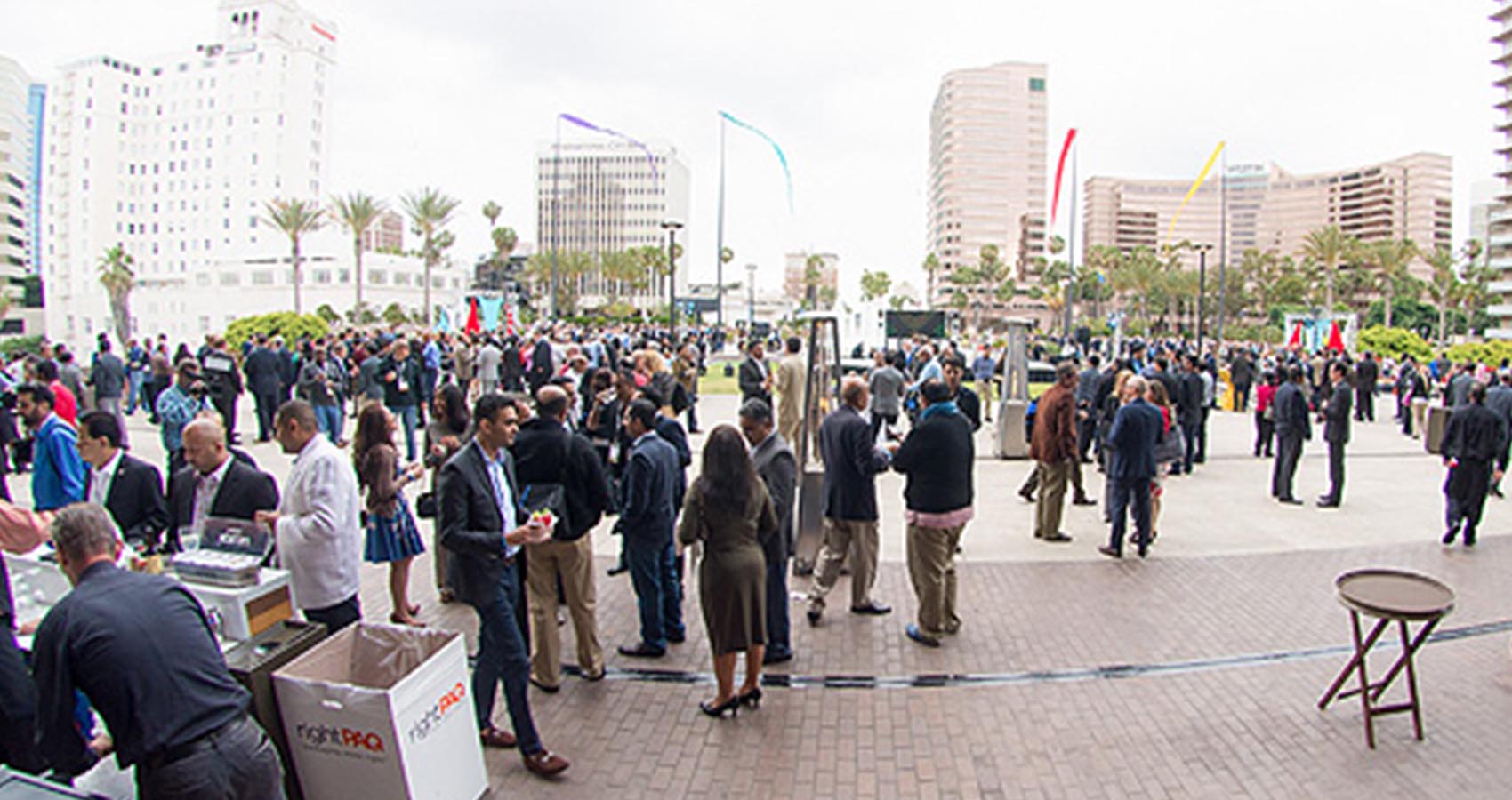
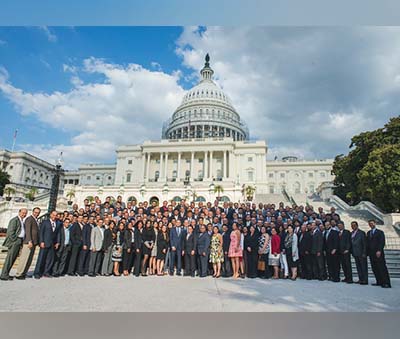 Lopez noted that while these programs do benefit hospitality companies, their overall impact is small. According to the Bureau of Labor Statistics, the hospitality industry had 1.58 million job openings in September, and the federal government caps the number of H-2B visas issued annually to 66,000.
Lopez noted that while these programs do benefit hospitality companies, their overall impact is small. According to the Bureau of Labor Statistics, the hospitality industry had 1.58 million job openings in September, and the federal government caps the number of H-2B visas issued annually to 66,000.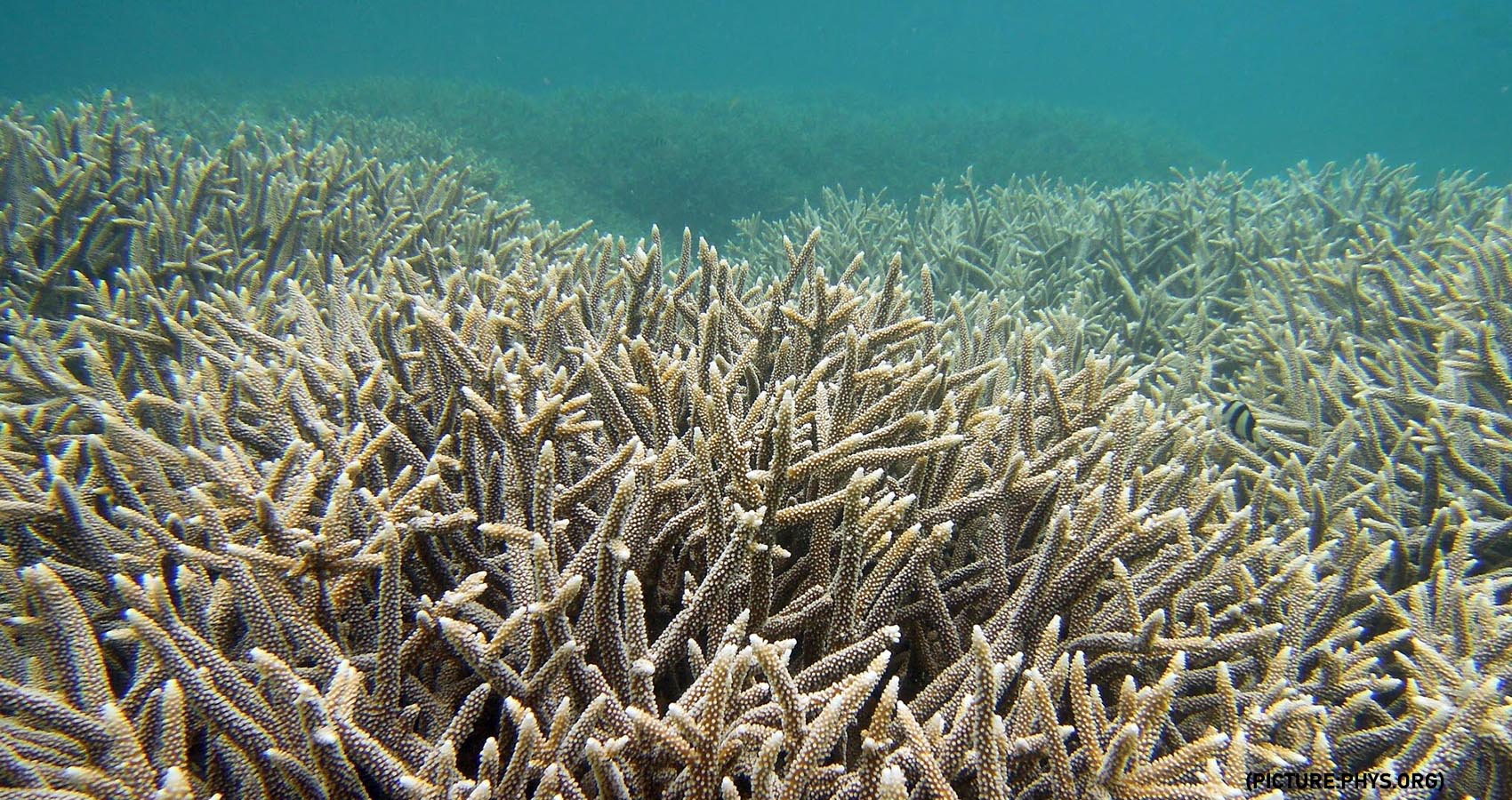
 “What we’re looking at here is the potential extinction of a whole environment,” said Watson, who specializes in marine social-ecological systems and understanding complex adaptive systems. “In some places, the environments we have today are not going to exist in the future. We won’t be able to go visit them or experience them. It is an environmental, cultural and economic loss we can’t replace.”
“What we’re looking at here is the potential extinction of a whole environment,” said Watson, who specializes in marine social-ecological systems and understanding complex adaptive systems. “In some places, the environments we have today are not going to exist in the future. We won’t be able to go visit them or experience them. It is an environmental, cultural and economic loss we can’t replace.”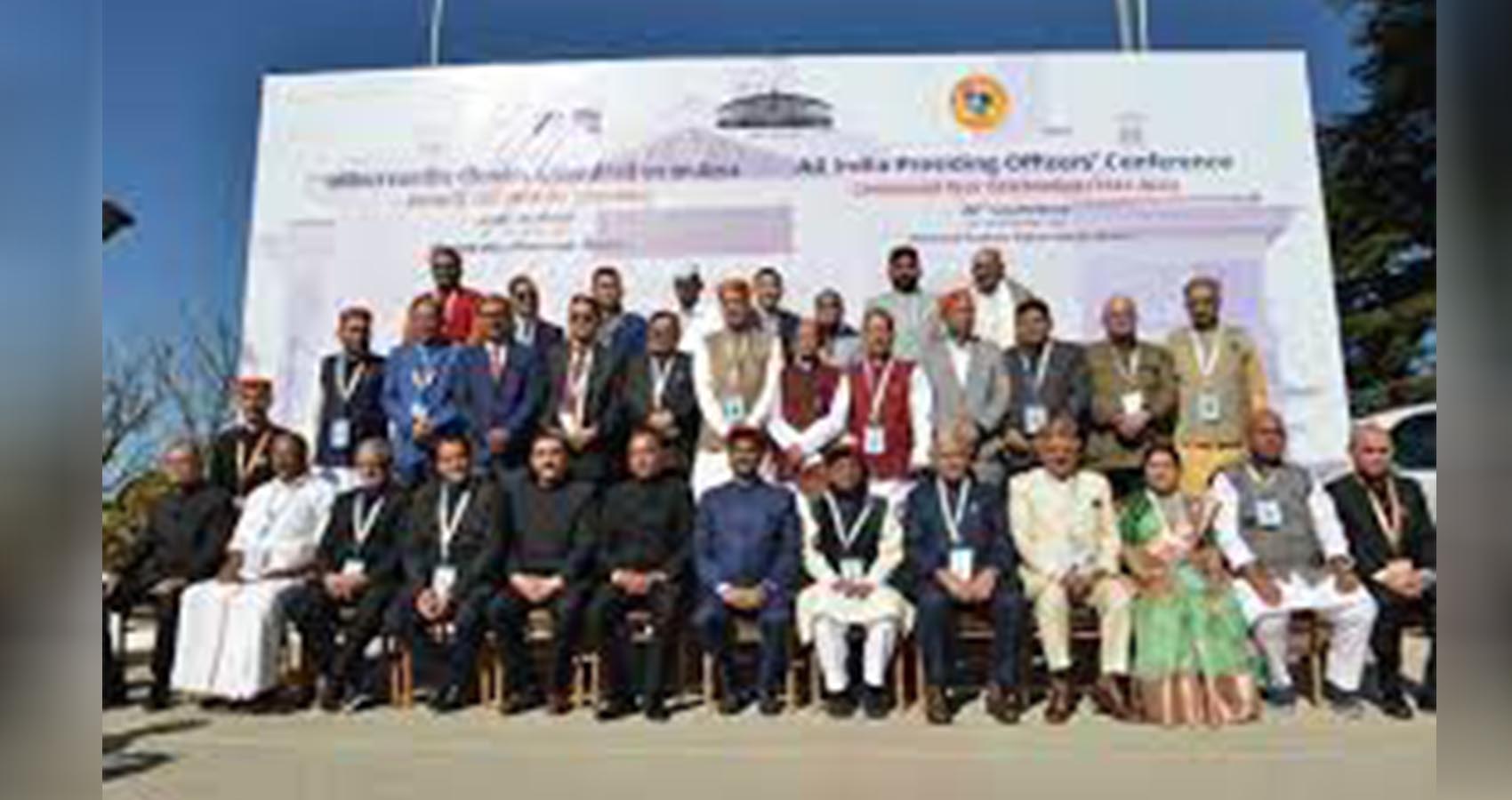

 Webb is ready to help us understand the origins of the universe and begin to answer key questions about our existence, such as where we came from and if we’re alone in the cosmos.
Webb is ready to help us understand the origins of the universe and begin to answer key questions about our existence, such as where we came from and if we’re alone in the cosmos.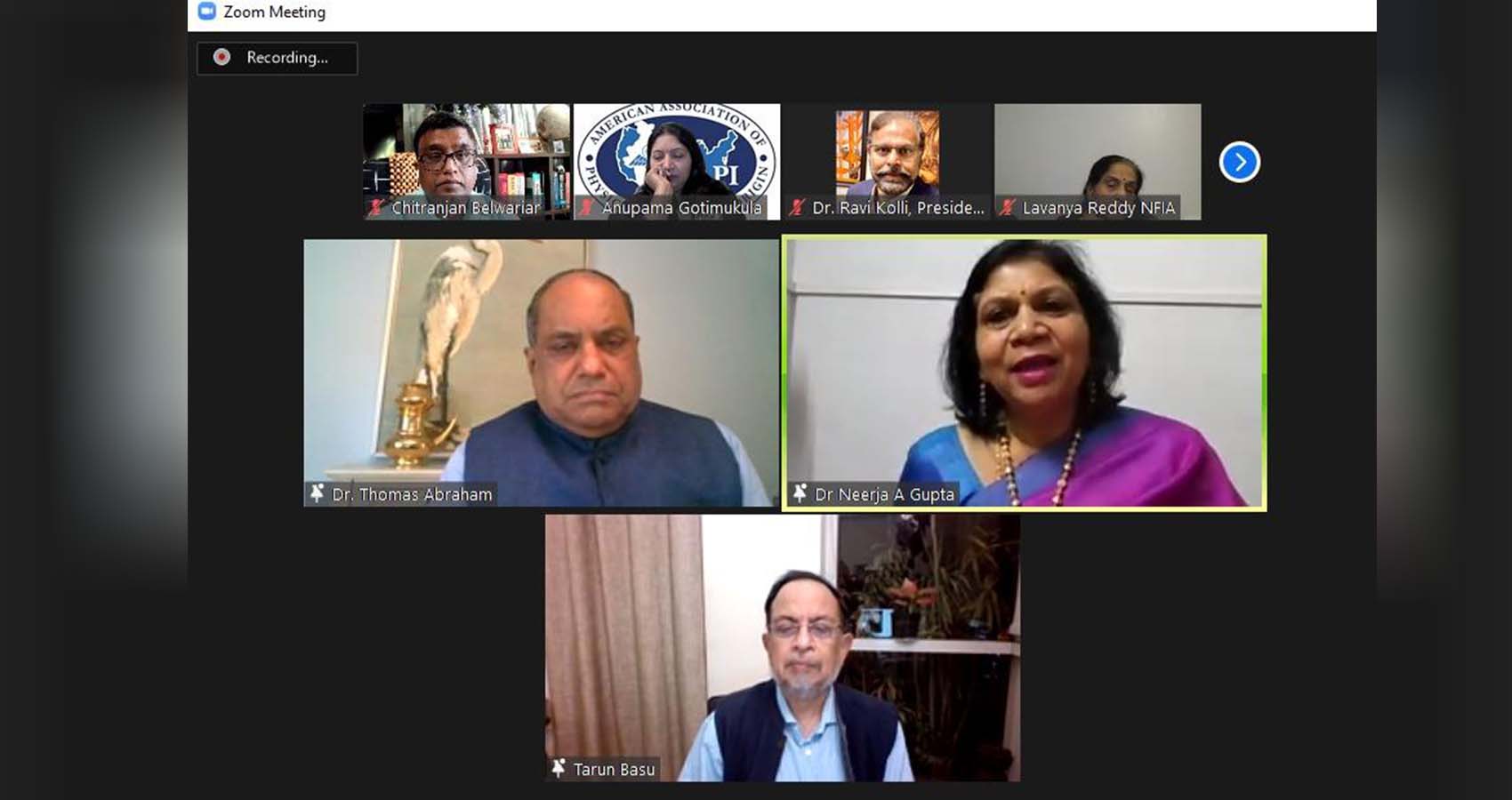
 The book was released by New Delhi-based publisher Wisdom Tree and is available in the U.S. via Amazon. Describing the book as an “eclectic amalgam of perspectives on the emerging Indian-American story,” Tarun Basu said, “This evocative collection—of the kind perhaps not attempted before—captures the rise of Indian-Americans across domains, by exceptional achievers themselves, like Shashi Tharoor, the ones who have been and continue to be a part of the “rise,” like MR Rangaswami and Deepak Raj, top Indian diplomats like TP Sreenivasan and Arun K Singh, scholars like Pradeep K Khosla and Maina Chawla Singh, and others who were part of, associated with, or keenly followed their stories.”
The book was released by New Delhi-based publisher Wisdom Tree and is available in the U.S. via Amazon. Describing the book as an “eclectic amalgam of perspectives on the emerging Indian-American story,” Tarun Basu said, “This evocative collection—of the kind perhaps not attempted before—captures the rise of Indian-Americans across domains, by exceptional achievers themselves, like Shashi Tharoor, the ones who have been and continue to be a part of the “rise,” like MR Rangaswami and Deepak Raj, top Indian diplomats like TP Sreenivasan and Arun K Singh, scholars like Pradeep K Khosla and Maina Chawla Singh, and others who were part of, associated with, or keenly followed their stories.”
 Edited by the Delhi-based veteran journalist and foreign policy analyst, Tarun Basu, the evocative collection titled, “Kamala Harris and the Rise of Indian Americans,” captures the rise of the Indians in the US across domains by exceptional achievers. Sixteen eminent journalists, business leaders and scholars have contributed essays to the timely and priceless volume, which charts the community’s growing and influential political engagement.
Edited by the Delhi-based veteran journalist and foreign policy analyst, Tarun Basu, the evocative collection titled, “Kamala Harris and the Rise of Indian Americans,” captures the rise of the Indians in the US across domains by exceptional achievers. Sixteen eminent journalists, business leaders and scholars have contributed essays to the timely and priceless volume, which charts the community’s growing and influential political engagement. While acknowledging the success story of Indian American physicians, Dr. Anupama Gotimukula, President of AAPI said, “The success story of Indian American Doctors has been arduous. As Ajay Ghosh, who has been working for AAPI for nearly a decade has aptly summarized this long and difficult journey: “While Indian American physicians play a critical role, serving millions of patients in the United States, leading the policies and programs that impact the lives of millions today, it has been a long and arduous journey of struggles and hard work to be on the top of the pyramid.”
While acknowledging the success story of Indian American physicians, Dr. Anupama Gotimukula, President of AAPI said, “The success story of Indian American Doctors has been arduous. As Ajay Ghosh, who has been working for AAPI for nearly a decade has aptly summarized this long and difficult journey: “While Indian American physicians play a critical role, serving millions of patients in the United States, leading the policies and programs that impact the lives of millions today, it has been a long and arduous journey of struggles and hard work to be on the top of the pyramid.”

 What makes this a historic moment is the fact that, he is the first Indian American who rose from a foot-soldier level to this distinctive honor, whose sole focus and establishment is not United States (U.S.) but rural India. Rameshbhai, as he is popularly known, has been a founder member of ‘Ekal-USA’ and credited with building a modest ‘one-teacher-school’ project, 32 years back into a national brand in U.S. for ‘selfless social work’, with over 60 widespread chapters in U.S., Canada and beyond. While endorsing his successor, Bagraji – a highly admired visionary possessing leadership acumen – expressed nothing but confidence and admiration for the new CEO. In a statement he said,” Rameshbhai will improve upon working of Ekal in fields of operational efficiency and organizational growth. He was my guide and supporter for all matters related to foreign chapters. Moreover, his we unmatched passion and long experience in serving the community in multiple sectors, including VHP & Ekal, has always been a great asset”. Dr Mahesh Mehta, former Chairman of ‘VHP of America’ commenting on Ekal’s trailblazing success across the continent, communicated that,” I am excited and proud that Rameshbhai fulfilled the task he was entrusted with in such a monumental way.”
What makes this a historic moment is the fact that, he is the first Indian American who rose from a foot-soldier level to this distinctive honor, whose sole focus and establishment is not United States (U.S.) but rural India. Rameshbhai, as he is popularly known, has been a founder member of ‘Ekal-USA’ and credited with building a modest ‘one-teacher-school’ project, 32 years back into a national brand in U.S. for ‘selfless social work’, with over 60 widespread chapters in U.S., Canada and beyond. While endorsing his successor, Bagraji – a highly admired visionary possessing leadership acumen – expressed nothing but confidence and admiration for the new CEO. In a statement he said,” Rameshbhai will improve upon working of Ekal in fields of operational efficiency and organizational growth. He was my guide and supporter for all matters related to foreign chapters. Moreover, his we unmatched passion and long experience in serving the community in multiple sectors, including VHP & Ekal, has always been a great asset”. Dr Mahesh Mehta, former Chairman of ‘VHP of America’ commenting on Ekal’s trailblazing success across the continent, communicated that,” I am excited and proud that Rameshbhai fulfilled the task he was entrusted with in such a monumental way.” In the initial days of ‘Ekal’ he used to carry box-load of self-prepared information-publicity material to various community events in the hope of getting an opportunity to talk about rural illiteracy. With amicable nature and deep convictions assisting his hard-work, he soon found access wherever he went. Over the years, Rameshbhai, with his dedication and tenacity has brought in numerous donors, volunteers and thinkers to Ekal fold and motivated diverse groups to join hands with Ekal. Besides Ekal, he is responsible for establishing ‘Gujarati Samaj of Houston’ and spearheading countless projects related to ‘eyecare’ in India. During this entire community-centric journey, he was assisted by his soulmate, wife-Kokilaben. They both have been felicitated number of times by the Indian diaspora in U.S.
In the initial days of ‘Ekal’ he used to carry box-load of self-prepared information-publicity material to various community events in the hope of getting an opportunity to talk about rural illiteracy. With amicable nature and deep convictions assisting his hard-work, he soon found access wherever he went. Over the years, Rameshbhai, with his dedication and tenacity has brought in numerous donors, volunteers and thinkers to Ekal fold and motivated diverse groups to join hands with Ekal. Besides Ekal, he is responsible for establishing ‘Gujarati Samaj of Houston’ and spearheading countless projects related to ‘eyecare’ in India. During this entire community-centric journey, he was assisted by his soulmate, wife-Kokilaben. They both have been felicitated number of times by the Indian diaspora in U.S.
 Dr. V.K. Raju, who was born in Rajahmundry, AP, India, is a Clinical Professor of Ophthalmology at West Virginia University, Fellow of the Royal College of Surgeons, Fellow of the American College of Surgeons, Director of the International Ocular Surface Society, Director of the Ocular Surface Research and Education Foundation, Chairman of Goutami Eye Institute in Rajahmundry and is the President and Founder of the Eye Foundation of America, a non-profit organization dedicated to realizing a world without childhood blindness.
Dr. V.K. Raju, who was born in Rajahmundry, AP, India, is a Clinical Professor of Ophthalmology at West Virginia University, Fellow of the Royal College of Surgeons, Fellow of the American College of Surgeons, Director of the International Ocular Surface Society, Director of the Ocular Surface Research and Education Foundation, Chairman of Goutami Eye Institute in Rajahmundry and is the President and Founder of the Eye Foundation of America, a non-profit organization dedicated to realizing a world without childhood blindness. Dr. Raju expressed gratitude to all the Board members of the Foundation in UK, particularly, Ashwini Misro, Radhika Misro, and Raj Koppada for their enthusiasm and generosity in helping realize the mission of the Eye Foundation in preventing and treating childhood blindness and beyond in Uzbekistan.
Dr. Raju expressed gratitude to all the Board members of the Foundation in UK, particularly, Ashwini Misro, Radhika Misro, and Raj Koppada for their enthusiasm and generosity in helping realize the mission of the Eye Foundation in preventing and treating childhood blindness and beyond in Uzbekistan.
 Describing Domestic Violence as “a serious public health concern” Dr. Anupama Gotimukula, President of AAPI, in her welcome address said, “October is Domestic Awareness Month. Nearly one in four women and one in seven men in the U.S. have experienced physical violence at the hands of their domestic partners, according to the U.S. Centers for Disease Control and Prevention. The very important discussion today with an experts panel is aimed at helping AAPI members and the larger society to learn on ways to help promote healthy, respectful and nonviolent relationships.”
Describing Domestic Violence as “a serious public health concern” Dr. Anupama Gotimukula, President of AAPI, in her welcome address said, “October is Domestic Awareness Month. Nearly one in four women and one in seven men in the U.S. have experienced physical violence at the hands of their domestic partners, according to the U.S. Centers for Disease Control and Prevention. The very important discussion today with an experts panel is aimed at helping AAPI members and the larger society to learn on ways to help promote healthy, respectful and nonviolent relationships.” Dr. Preeti Saran, Domestic Violence Survivor and currently practicing Family Medicine & Obesity Specialist at RNJ Barnabas Hospital, New Jersey, pointed out that Domestic Violence is prevalent in all parts of the world. Sharing her own life’s challenges and abuses, Dr. Saran said, “Coming from very traditional society back in India, initially I thought it was happening to me because of my background.” Married to a dominant person, who was demanding, but suspicious and with trust issues, she had suffered immensely with insecurity and complexities of married life with intimidation and fearful for her own life. But she was able to turn her life around and has made a positive impact in the society. “Now, I am to reach out to other women who need support,” she said.
Dr. Preeti Saran, Domestic Violence Survivor and currently practicing Family Medicine & Obesity Specialist at RNJ Barnabas Hospital, New Jersey, pointed out that Domestic Violence is prevalent in all parts of the world. Sharing her own life’s challenges and abuses, Dr. Saran said, “Coming from very traditional society back in India, initially I thought it was happening to me because of my background.” Married to a dominant person, who was demanding, but suspicious and with trust issues, she had suffered immensely with insecurity and complexities of married life with intimidation and fearful for her own life. But she was able to turn her life around and has made a positive impact in the society. “Now, I am to reach out to other women who need support,” she said.
 In 2003, scientists observed in a lab a novel type of phase change in minerals–a spin change in iron in ferropericlase, the second most abundant component of the Earth’s lower mantle. A spin change, or spin crossover, can happen in minerals like ferropericlase under an external stimulus, such as pressure or temperature. Over the next few years, experimental and theoretical groups confirmed this phase change in both ferropericlase and bridgmanite, the most abundant phase of the lower mantle. But no one was quite sure why or where this was happening.
In 2003, scientists observed in a lab a novel type of phase change in minerals–a spin change in iron in ferropericlase, the second most abundant component of the Earth’s lower mantle. A spin change, or spin crossover, can happen in minerals like ferropericlase under an external stimulus, such as pressure or temperature. Over the next few years, experimental and theoretical groups confirmed this phase change in both ferropericlase and bridgmanite, the most abundant phase of the lower mantle. But no one was quite sure why or where this was happening.
 “All students learn differently, and many need some level of extra support at different points in time,” said Dr. Katie Jenner, Indiana Secretary of Education. “This partnership provides access to personalized tutoring 24/7 at the click of a mouse. As we work to recover from significant learning impacts due to COVID-19, particularly in mathematics, this partnership with Schoolhouse.world will provide Hoosier students — no matter where they are or the needs they face — access to additional learning support.”
“All students learn differently, and many need some level of extra support at different points in time,” said Dr. Katie Jenner, Indiana Secretary of Education. “This partnership provides access to personalized tutoring 24/7 at the click of a mouse. As we work to recover from significant learning impacts due to COVID-19, particularly in mathematics, this partnership with Schoolhouse.world will provide Hoosier students — no matter where they are or the needs they face — access to additional learning support.”

 A young Dalit girl, with the dream of becoming a dancer in her eyes, and her soul mate Bheem leave their caste-ridden existence behind and relocate to Bombay. They have learnt the hard way that the preaching of oneness by their religion does not work in the real world. Drawing its title, “Two and a half Rivers” (Niyogi Books), from the historicity of the Partition which has left in its wake only half the rivers to India from the land of the five rivers, Anirudh Kala’s novel offers a poignant commentary on the turbulent connection between religion and terrorism.
A young Dalit girl, with the dream of becoming a dancer in her eyes, and her soul mate Bheem leave their caste-ridden existence behind and relocate to Bombay. They have learnt the hard way that the preaching of oneness by their religion does not work in the real world. Drawing its title, “Two and a half Rivers” (Niyogi Books), from the historicity of the Partition which has left in its wake only half the rivers to India from the land of the five rivers, Anirudh Kala’s novel offers a poignant commentary on the turbulent connection between religion and terrorism.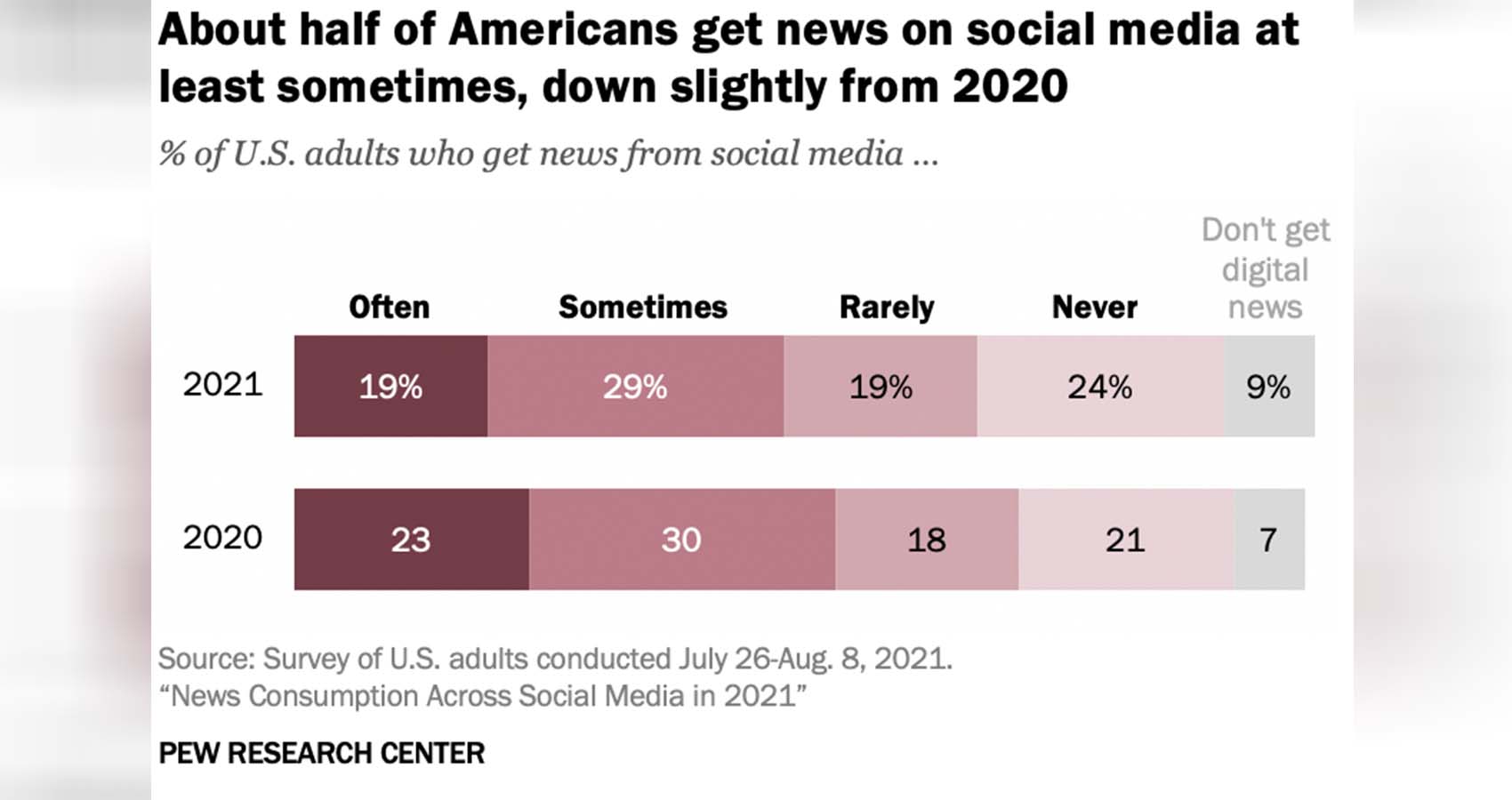
 When it comes to where Americans regularly get news on social media, Facebook outpaces all other social media sites.
When it comes to where Americans regularly get news on social media, Facebook outpaces all other social media sites.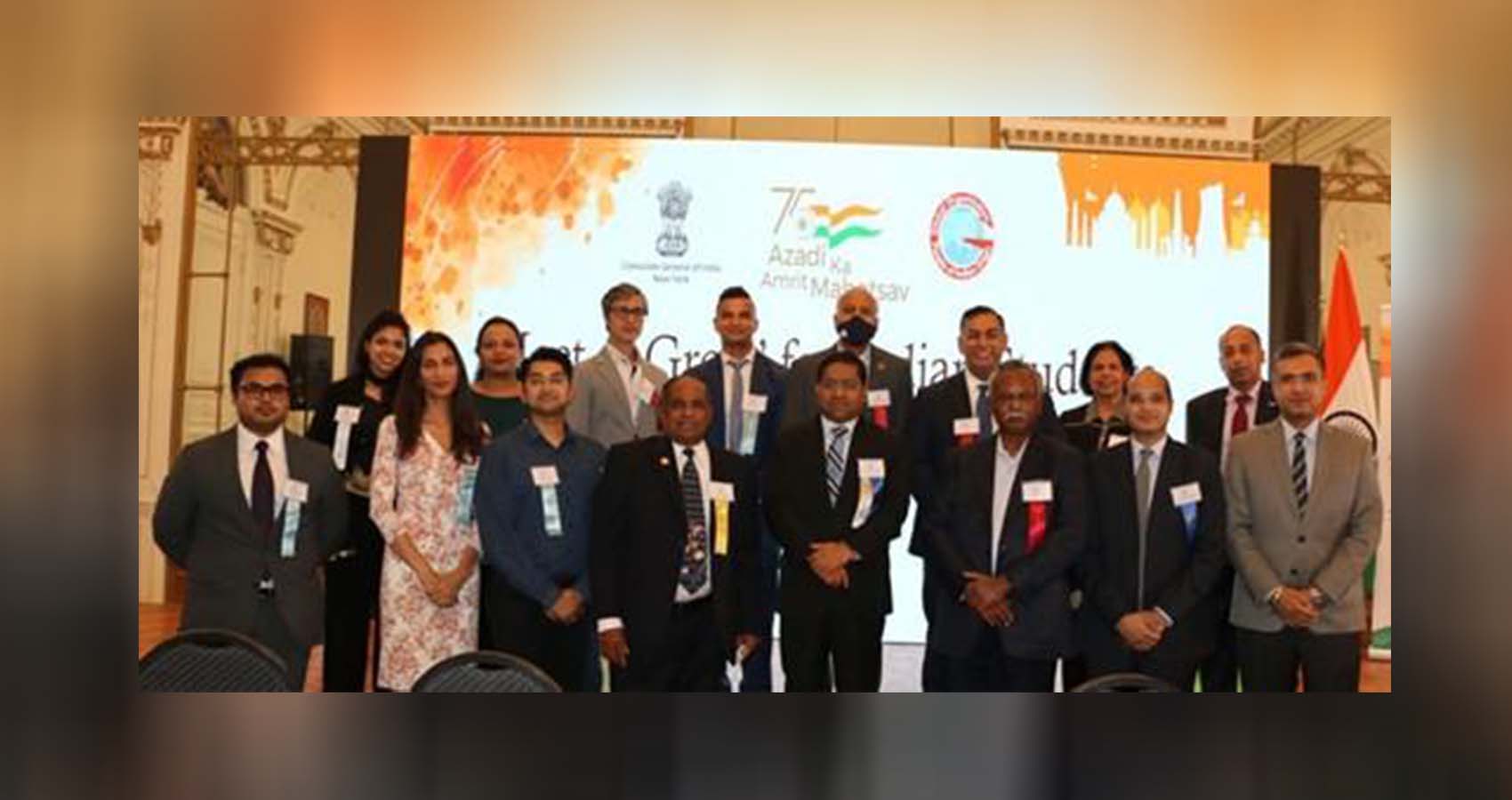
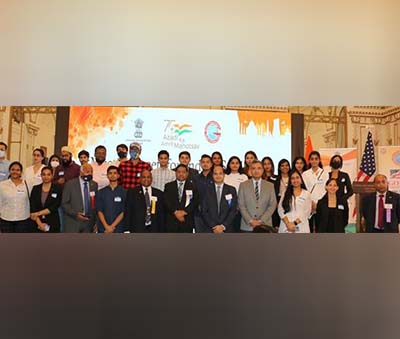 The Indian Ambassador addressed the students via a video message. He told them: “Delighted to welcome the students virtually! The education and knowledge partnership are an area that holds great potential in our bilateral relations. During my visits across US, I’ve always made it a point to visit universities and visit faculty and students there.” He further added “We have an active student hub and a dedicated student wing at the Embassy. You can count on them for any assistance.” The chief guest/host for the evening Ambassador Randhir Kumar Jaiswal, commented, “Welcome to all the students from India with open heart as you pursue your future studies here in the North-East region and help in the growth of economy here in USA and back home in India.”
The Indian Ambassador addressed the students via a video message. He told them: “Delighted to welcome the students virtually! The education and knowledge partnership are an area that holds great potential in our bilateral relations. During my visits across US, I’ve always made it a point to visit universities and visit faculty and students there.” He further added “We have an active student hub and a dedicated student wing at the Embassy. You can count on them for any assistance.” The chief guest/host for the evening Ambassador Randhir Kumar Jaiswal, commented, “Welcome to all the students from India with open heart as you pursue your future studies here in the North-East region and help in the growth of economy here in USA and back home in India.”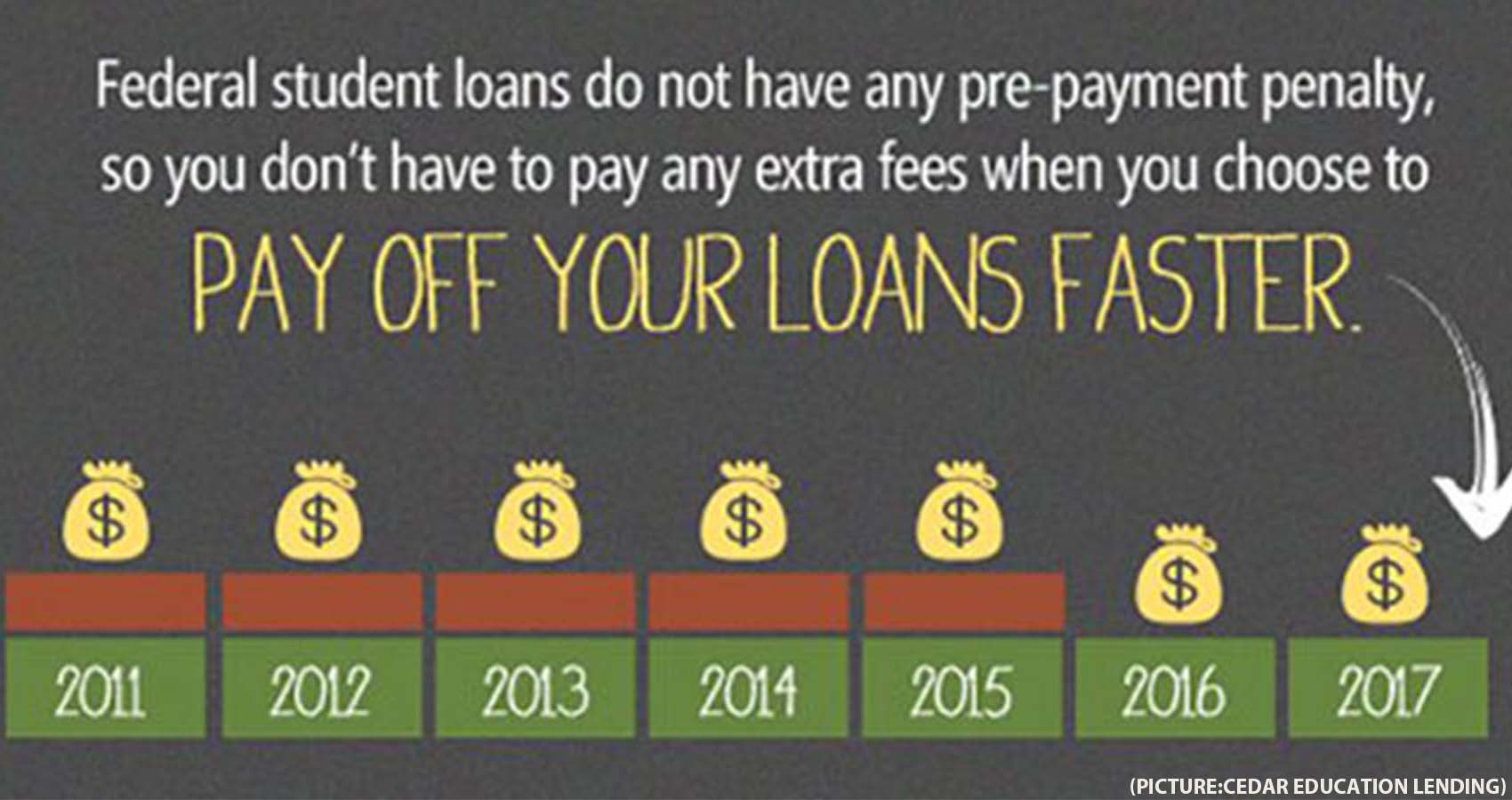
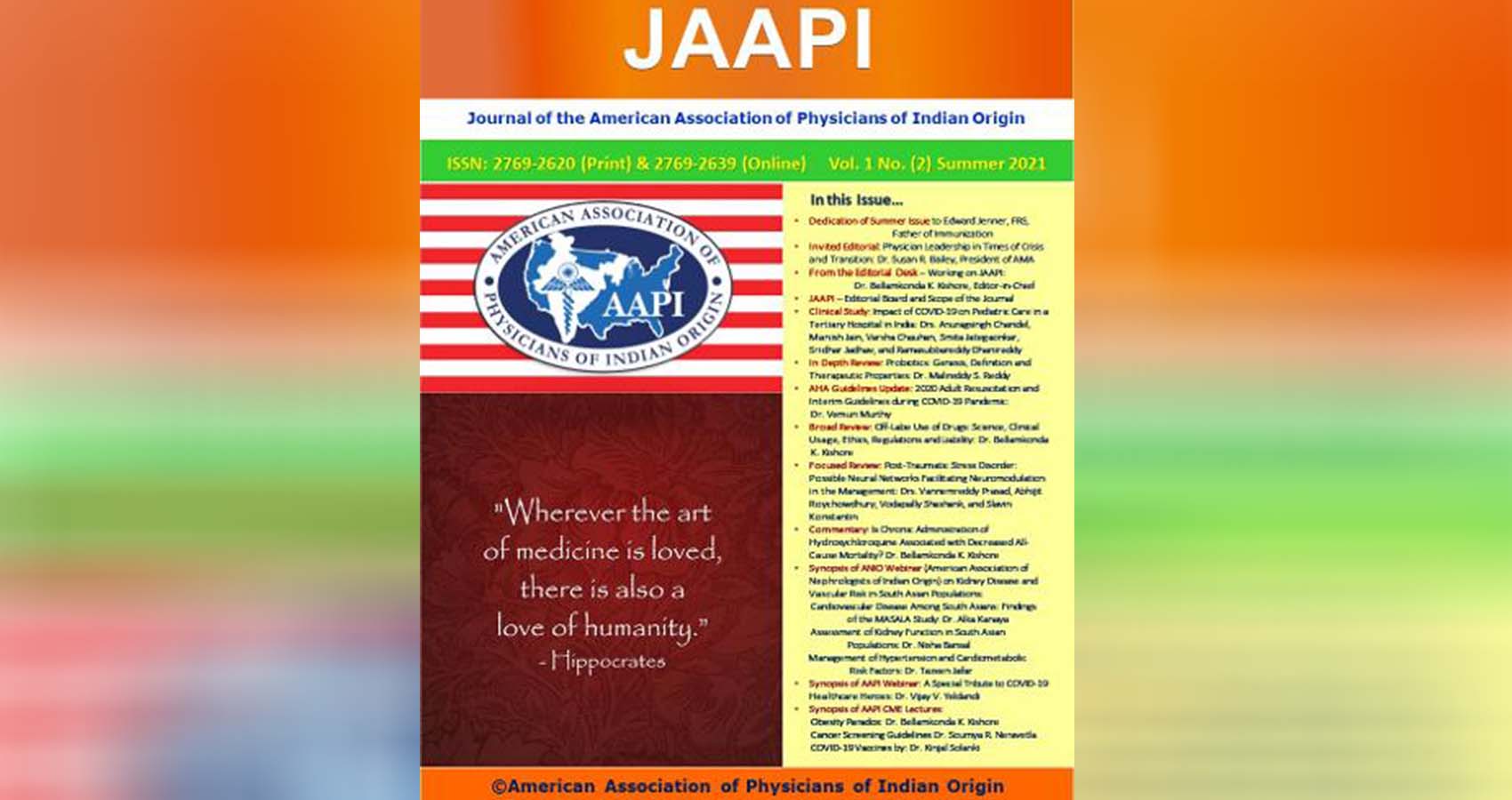
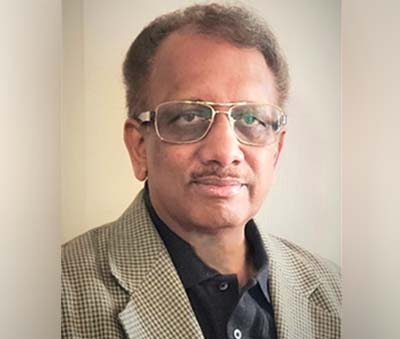 Dr. Anupama Gotimukula, President of AAPI while congratulating the Editorial Team of JAAPI said, “This is the fruit of our teamwork and it’s a good opportunity for the members of AAPI to contribute scientific articles, and make it better as we move on. JAAPI is a peer-reviewed medical and health journal published by the AAPI. In line with the vision and mission of AAPI, JAAPI is dedicated to facilitate physicians to excel in patient care, teaching and research, and thus pursue their aspirations in professional and community affairs. JAAPI is open to contributions from physicians and scientists of all backgrounds and from all over the world.” In his introductory note, the Founding Editor-in-Chief of the peer-reviewed JAAPI, Dr. Bellamkonda K. Kishore, who is an outstanding academician, innovator, and entrepreneur, writes, “ We are pleased to present you the Summer issue of peer-reviewed JAAPI. It is made possible with the unconditional support of AAPI President Dr. Anupama Gotimukula and the Executive Committee Members, the relentless work of Members of the JAAPI Editorial Board, Editorial Advisors, and Reviewers as well as Ms. Vijaya Kodali, the Chief Operations Officer of AAPI.”
Dr. Anupama Gotimukula, President of AAPI while congratulating the Editorial Team of JAAPI said, “This is the fruit of our teamwork and it’s a good opportunity for the members of AAPI to contribute scientific articles, and make it better as we move on. JAAPI is a peer-reviewed medical and health journal published by the AAPI. In line with the vision and mission of AAPI, JAAPI is dedicated to facilitate physicians to excel in patient care, teaching and research, and thus pursue their aspirations in professional and community affairs. JAAPI is open to contributions from physicians and scientists of all backgrounds and from all over the world.” In his introductory note, the Founding Editor-in-Chief of the peer-reviewed JAAPI, Dr. Bellamkonda K. Kishore, who is an outstanding academician, innovator, and entrepreneur, writes, “ We are pleased to present you the Summer issue of peer-reviewed JAAPI. It is made possible with the unconditional support of AAPI President Dr. Anupama Gotimukula and the Executive Committee Members, the relentless work of Members of the JAAPI Editorial Board, Editorial Advisors, and Reviewers as well as Ms. Vijaya Kodali, the Chief Operations Officer of AAPI.” “This is a historical milestone in the annals of AAPI. The foundation for this milestone was laid one year ago in February 2020 by our visionary leaders, Drs. Sudhakar Jonnalagadda and Suresh Reddy,” said Dr. Kishore, said. Describing the vision and the efforts that have given shape to the launching of JAAPI, Dr. Kishore said, “A Peer Review Journal needs group synergy and cultivation of the culture of peer-review process and publication. It is like agriculture – crop after crop. But the very fact that we are able to assemble a passionate and diligent team of editorial board members, and developed the required group synergy and culture bringing out the journal as planned, itself is a sign that AAPI has reached a level of academic maturity, capability and perfection.”
“This is a historical milestone in the annals of AAPI. The foundation for this milestone was laid one year ago in February 2020 by our visionary leaders, Drs. Sudhakar Jonnalagadda and Suresh Reddy,” said Dr. Kishore, said. Describing the vision and the efforts that have given shape to the launching of JAAPI, Dr. Kishore said, “A Peer Review Journal needs group synergy and cultivation of the culture of peer-review process and publication. It is like agriculture – crop after crop. But the very fact that we are able to assemble a passionate and diligent team of editorial board members, and developed the required group synergy and culture bringing out the journal as planned, itself is a sign that AAPI has reached a level of academic maturity, capability and perfection.”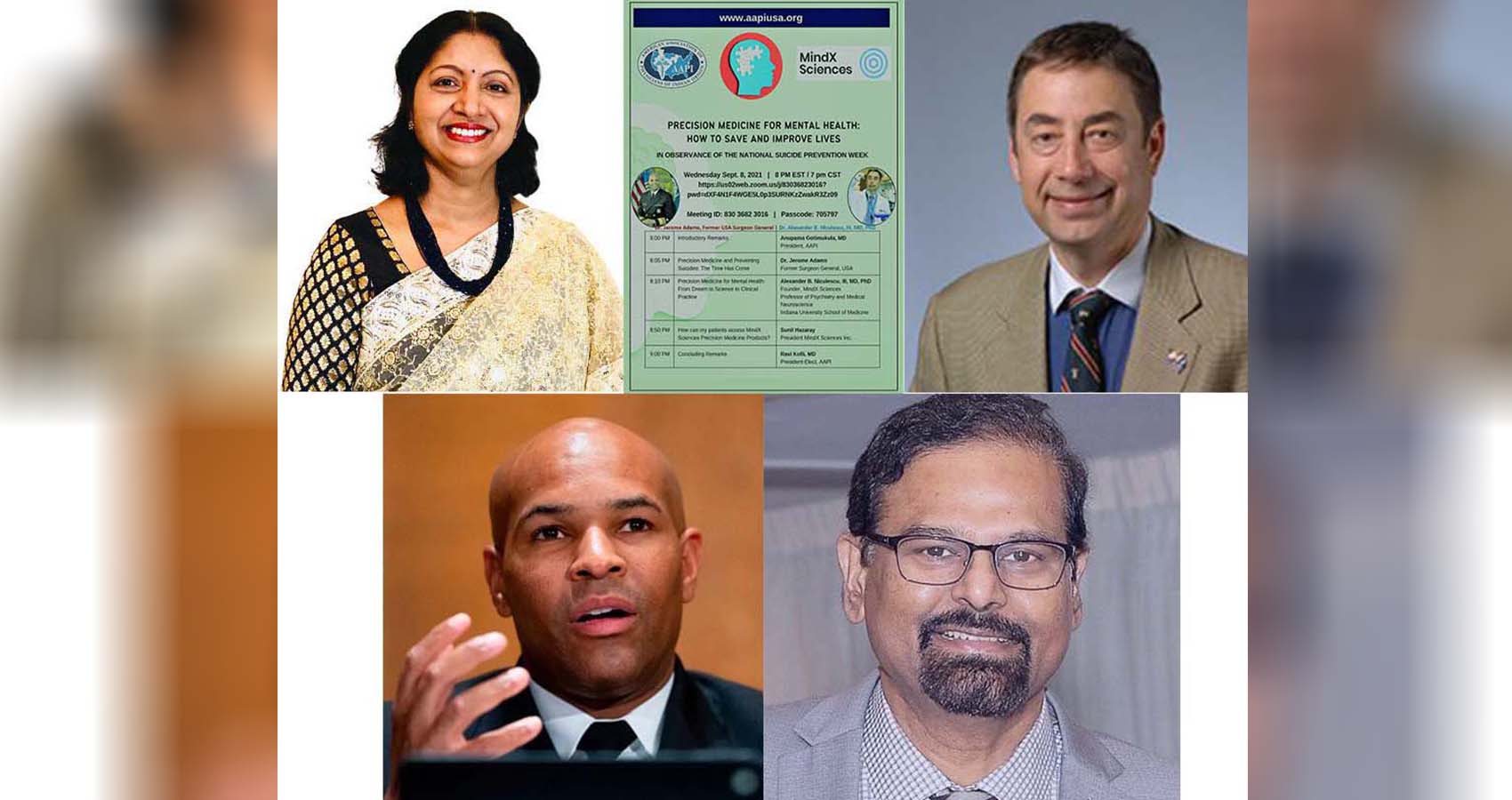
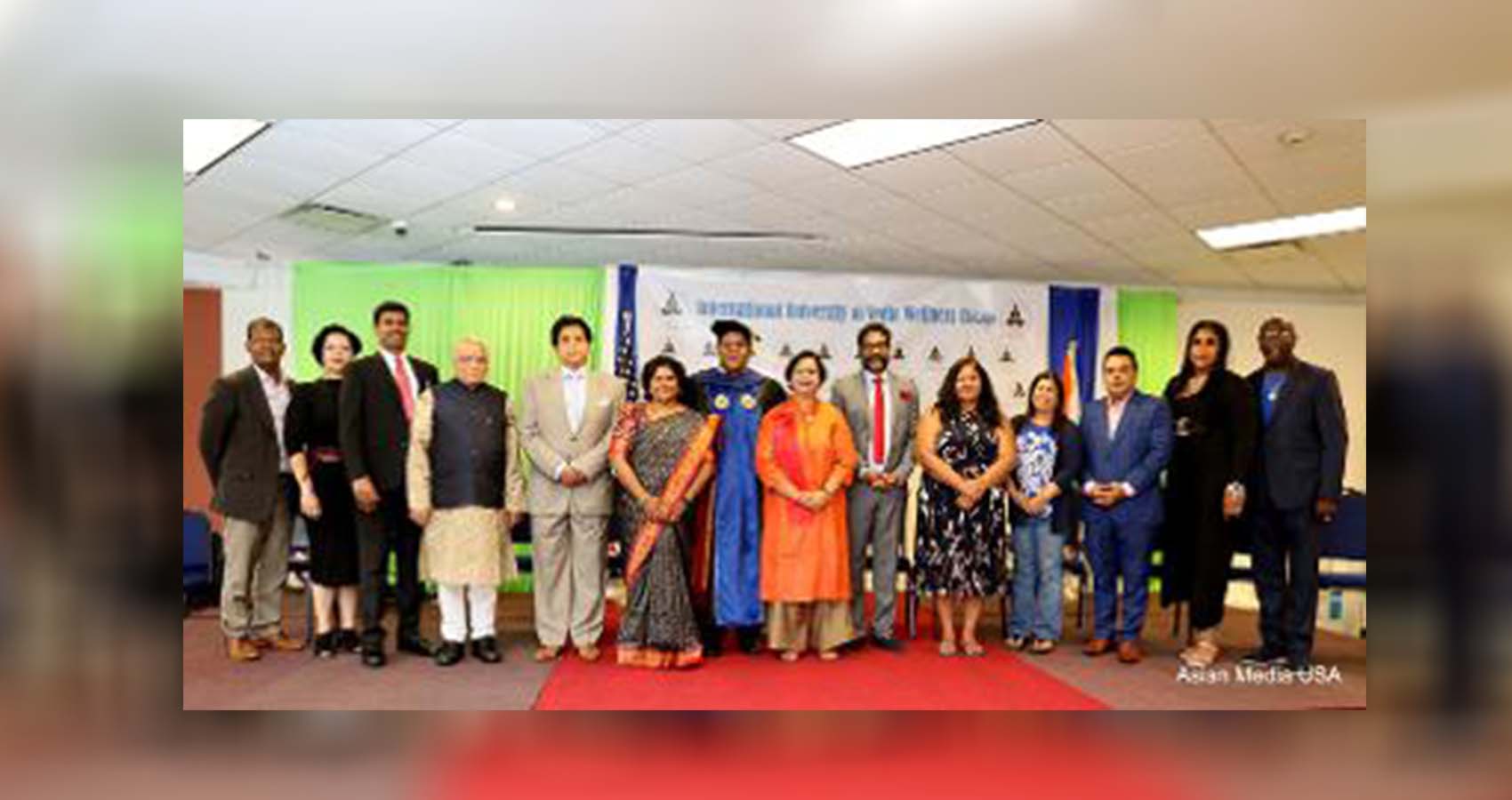
 Dr. Santosh Kumar said that this brick-and-mortar University is being built on a 38 plus acre campus and will offer Certification, Associate, Bachelor, Masters and PHD degree courses in a formal setting. Dr. Santosh Kumar said that with this giant step, she is fulfilling her lifelong dream to globally promote the precious knowledge of Vedic Scriptures, Science of Upanishads and Hindu Philosophy to all. Dr. Santosh Kumar said that initial funding of this University will be from her late husband Pramod Kumar’s Trust fund and her family personally.
Dr. Santosh Kumar said that this brick-and-mortar University is being built on a 38 plus acre campus and will offer Certification, Associate, Bachelor, Masters and PHD degree courses in a formal setting. Dr. Santosh Kumar said that with this giant step, she is fulfilling her lifelong dream to globally promote the precious knowledge of Vedic Scriptures, Science of Upanishads and Hindu Philosophy to all. Dr. Santosh Kumar said that initial funding of this University will be from her late husband Pramod Kumar’s Trust fund and her family personally.
 The first clue came when the scientists examined images from VLASS, which began observations in 2017, and found an object brightly emitting radio waves but which had not appeared in an earlier VLA sky survey, called Faint Images of the Radio Sky at Twenty centimeters (FIRST). They made subsequent observations of the object, designated VT 1210+4956, using the VLA and the Keck telescope in Hawaii. They determined that the bright radio emission was coming from the outskirts of a dwarf, star-forming galaxy some 480 million light-years from Earth. They later found that an instrument aboard the International Space Station had detected a burst of X-rays coming from the object in 2014.
The first clue came when the scientists examined images from VLASS, which began observations in 2017, and found an object brightly emitting radio waves but which had not appeared in an earlier VLA sky survey, called Faint Images of the Radio Sky at Twenty centimeters (FIRST). They made subsequent observations of the object, designated VT 1210+4956, using the VLA and the Keck telescope in Hawaii. They determined that the bright radio emission was coming from the outskirts of a dwarf, star-forming galaxy some 480 million light-years from Earth. They later found that an instrument aboard the International Space Station had detected a burst of X-rays coming from the object in 2014.


 Multidisciplinary
Multidisciplinary
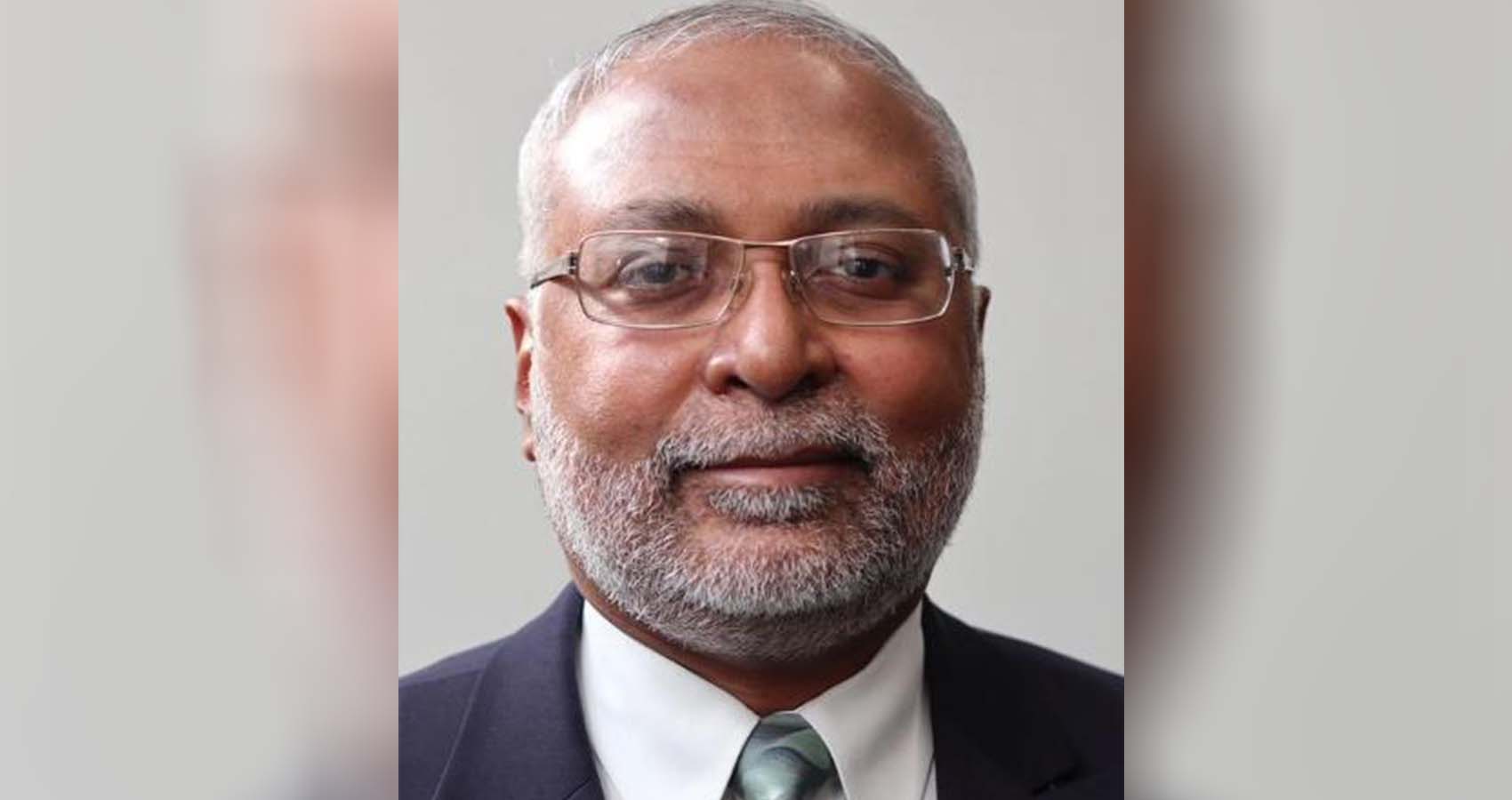
 A resident of Shrewsbury, MA, Dr. Abraham is a Professor of Medicine at the University of Massachusetts Medical School, Chief of Medicine and Emeritus President of the Medical staff at Saint Vincent Hospital, and Adjunct Professor of Medicine at Massachusetts College of Pharmacy and Health Services.
A resident of Shrewsbury, MA, Dr. Abraham is a Professor of Medicine at the University of Massachusetts Medical School, Chief of Medicine and Emeritus President of the Medical staff at Saint Vincent Hospital, and Adjunct Professor of Medicine at Massachusetts College of Pharmacy and Health Services. “The election of Dr. George Abraham to be the President of ACP is a testament to the leadership qualities, vision and passion Indian American physicians have come to be asscociuated with in the United States,” added Dr. Naresh Parikh. “I am proud of our community of Indian physicians for all the progress that we have made over the years,” said Dr. Kusum Punjabi, Chair of AAPI BOT. “In patient care, administration, leadership, or academics, we have excelled in the respective fields, holding important positions across the United States and the world.”
“The election of Dr. George Abraham to be the President of ACP is a testament to the leadership qualities, vision and passion Indian American physicians have come to be asscociuated with in the United States,” added Dr. Naresh Parikh. “I am proud of our community of Indian physicians for all the progress that we have made over the years,” said Dr. Kusum Punjabi, Chair of AAPI BOT. “In patient care, administration, leadership, or academics, we have excelled in the respective fields, holding important positions across the United States and the world.”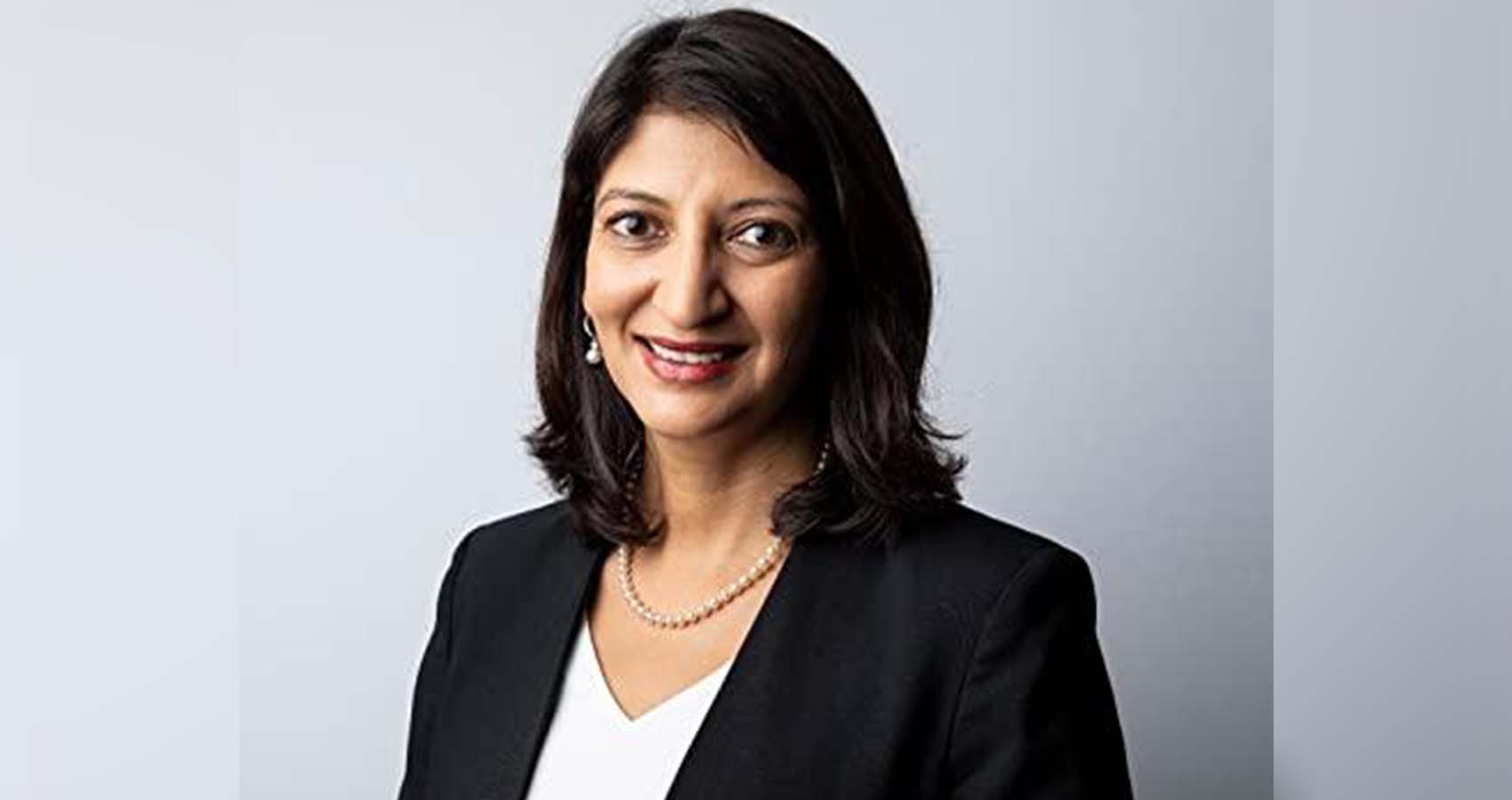
 The spectrum of these ailments is wide and deep, with many tricky “masqueraders” in the mix creating confusion, potential misdiagnoses, and faulty or poor treatment, and causing immeasurable suffering for millions of people. Dr. Ruchi Gupta, a world-renowned researcher and physician on the front lines of this silent epidemic, in her first book, shares revolutionary research from her lab to address the entire spectrum of food-related health conditions.
The spectrum of these ailments is wide and deep, with many tricky “masqueraders” in the mix creating confusion, potential misdiagnoses, and faulty or poor treatment, and causing immeasurable suffering for millions of people. Dr. Ruchi Gupta, a world-renowned researcher and physician on the front lines of this silent epidemic, in her first book, shares revolutionary research from her lab to address the entire spectrum of food-related health conditions. The book has won excellent reviews from well-known authors. David Perlmutter, MD, Fellow, American College of Nutrition, author, #1 New York Times bestseller Grain Brain and Brain Wash, wrote of the book: “Food Without Fear explores how our individual uniqueness plays into how we respond to the information that our food choices purvey. And the dichotomy between “good” and “bad” foods is explored through the lenses of both leading edge science as well as our food-related responses. Both these data sets empower the reader with tools to optimize food choices and pave the way for a healthier life.”
The book has won excellent reviews from well-known authors. David Perlmutter, MD, Fellow, American College of Nutrition, author, #1 New York Times bestseller Grain Brain and Brain Wash, wrote of the book: “Food Without Fear explores how our individual uniqueness plays into how we respond to the information that our food choices purvey. And the dichotomy between “good” and “bad” foods is explored through the lenses of both leading edge science as well as our food-related responses. Both these data sets empower the reader with tools to optimize food choices and pave the way for a healthier life.”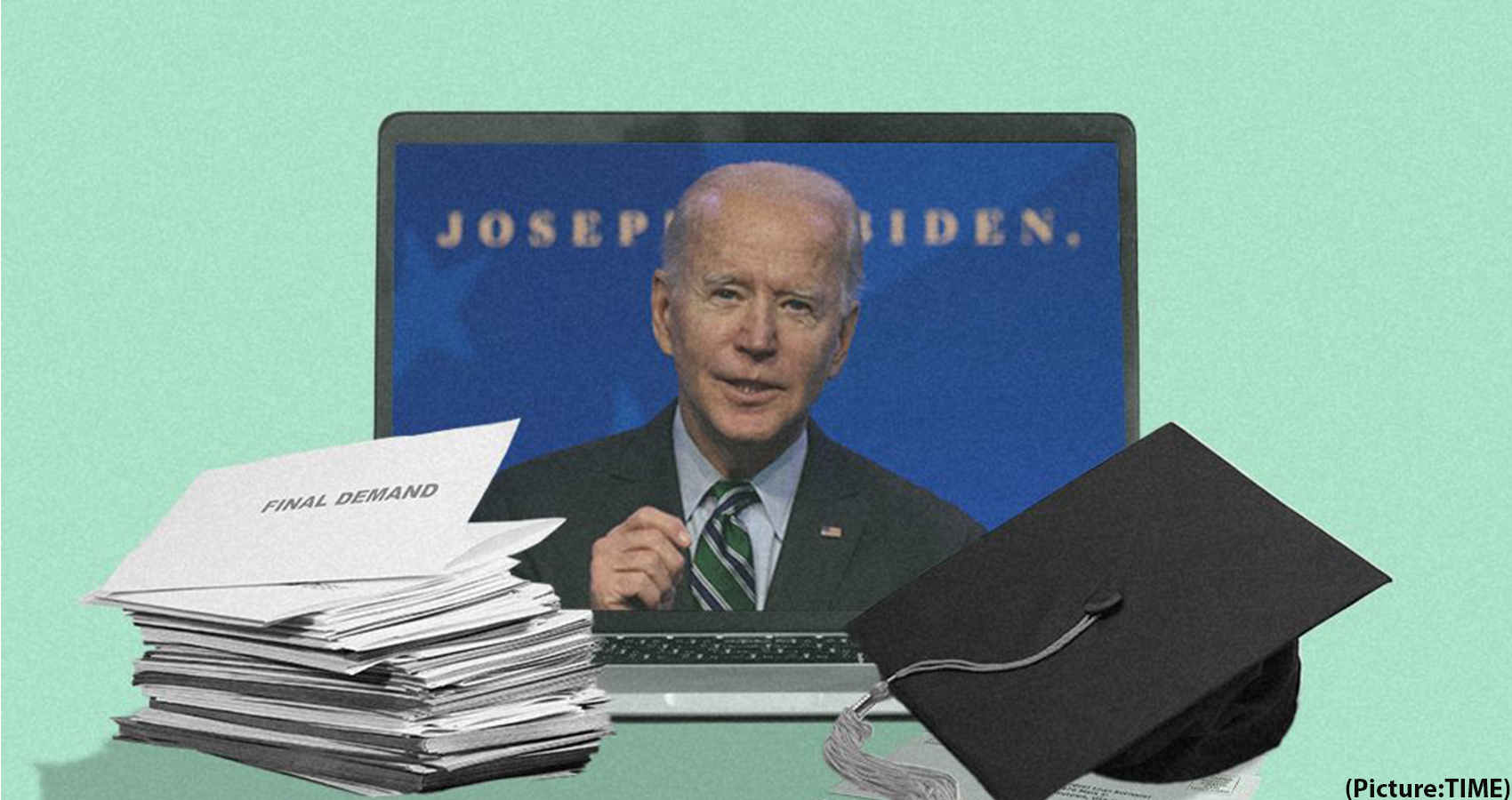

 “FOOD WITHOUT FEAR: Identify, Prevent, and Treat Food Allergies, Intolerances, and Sensitivities,” a newly released book by Dr. Ruchi Gupta, an young and talented Indian American, illuminates what she has coined the food reaction spectrum—a revolutionary way to look at food-related conditions—and offers a new approach to managing adverse responses to food with a practical plan to end the misery and enjoy eating with ease.
“FOOD WITHOUT FEAR: Identify, Prevent, and Treat Food Allergies, Intolerances, and Sensitivities,” a newly released book by Dr. Ruchi Gupta, an young and talented Indian American, illuminates what she has coined the food reaction spectrum—a revolutionary way to look at food-related conditions—and offers a new approach to managing adverse responses to food with a practical plan to end the misery and enjoy eating with ease. Dr. Gupta is world-renowned for her groundbreaking research in the areas of food allergy and asthma epidemiology, most notably for her research on the prevalence of pediatric and adult food allergy in the United States. She has also significantly contributed to academic research in the areas of food allergy prevention, socioeconomic disparities in care, and the daily management of these conditions. Dr. Gupta is the author of The Food Allergy Experience, has written and co-authored over 150 peer-reviewed research manuscripts, and has had her work featured on major TV networks and in print media.
Dr. Gupta is world-renowned for her groundbreaking research in the areas of food allergy and asthma epidemiology, most notably for her research on the prevalence of pediatric and adult food allergy in the United States. She has also significantly contributed to academic research in the areas of food allergy prevention, socioeconomic disparities in care, and the daily management of these conditions. Dr. Gupta is the author of The Food Allergy Experience, has written and co-authored over 150 peer-reviewed research manuscripts, and has had her work featured on major TV networks and in print media.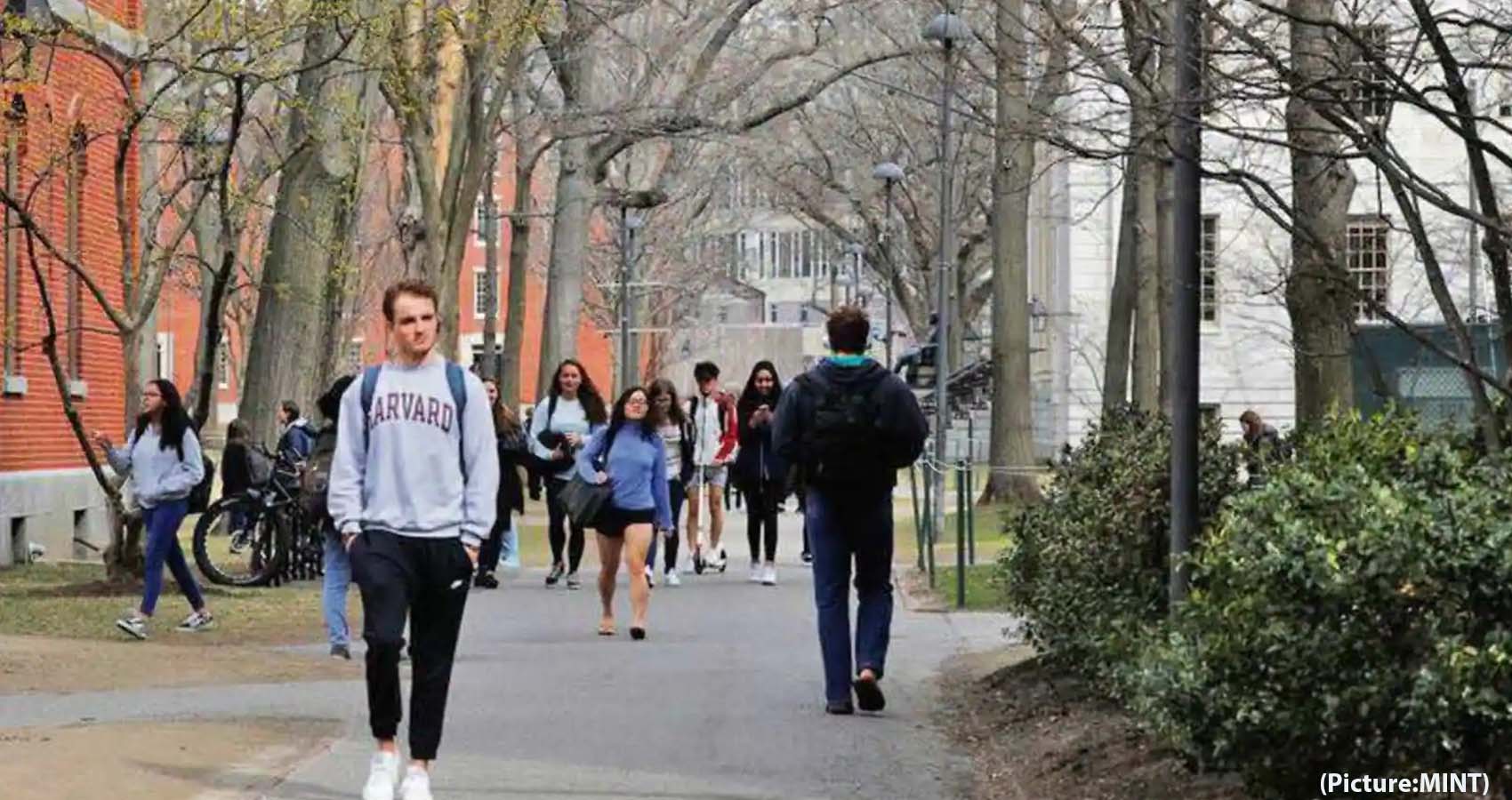
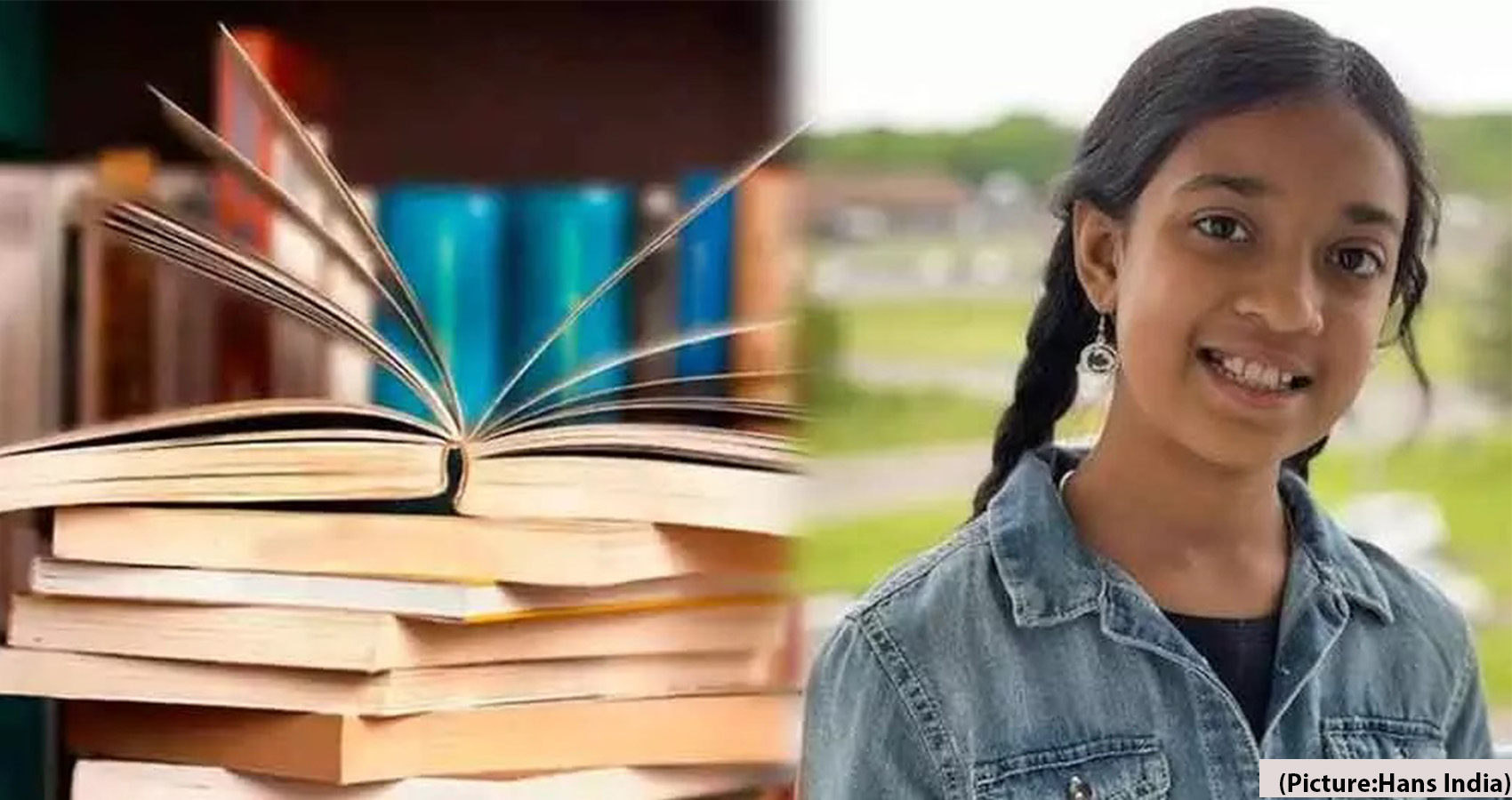
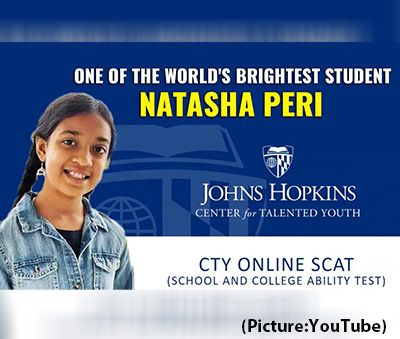 It comes on the back of an exceptional performance shown by Natasha Peri, in the Scholastic Assessment Test (SAT) and American College Testing (ACT). These are the tests that are used to determine if or not a student should be admitted to a college. Several colleges in the US use these tests as qualifying criteria to grant admission to students. She made the cut for Johns Hopkins CTY “High Honors Awards”.
It comes on the back of an exceptional performance shown by Natasha Peri, in the Scholastic Assessment Test (SAT) and American College Testing (ACT). These are the tests that are used to determine if or not a student should be admitted to a college. Several colleges in the US use these tests as qualifying criteria to grant admission to students. She made the cut for Johns Hopkins CTY “High Honors Awards”.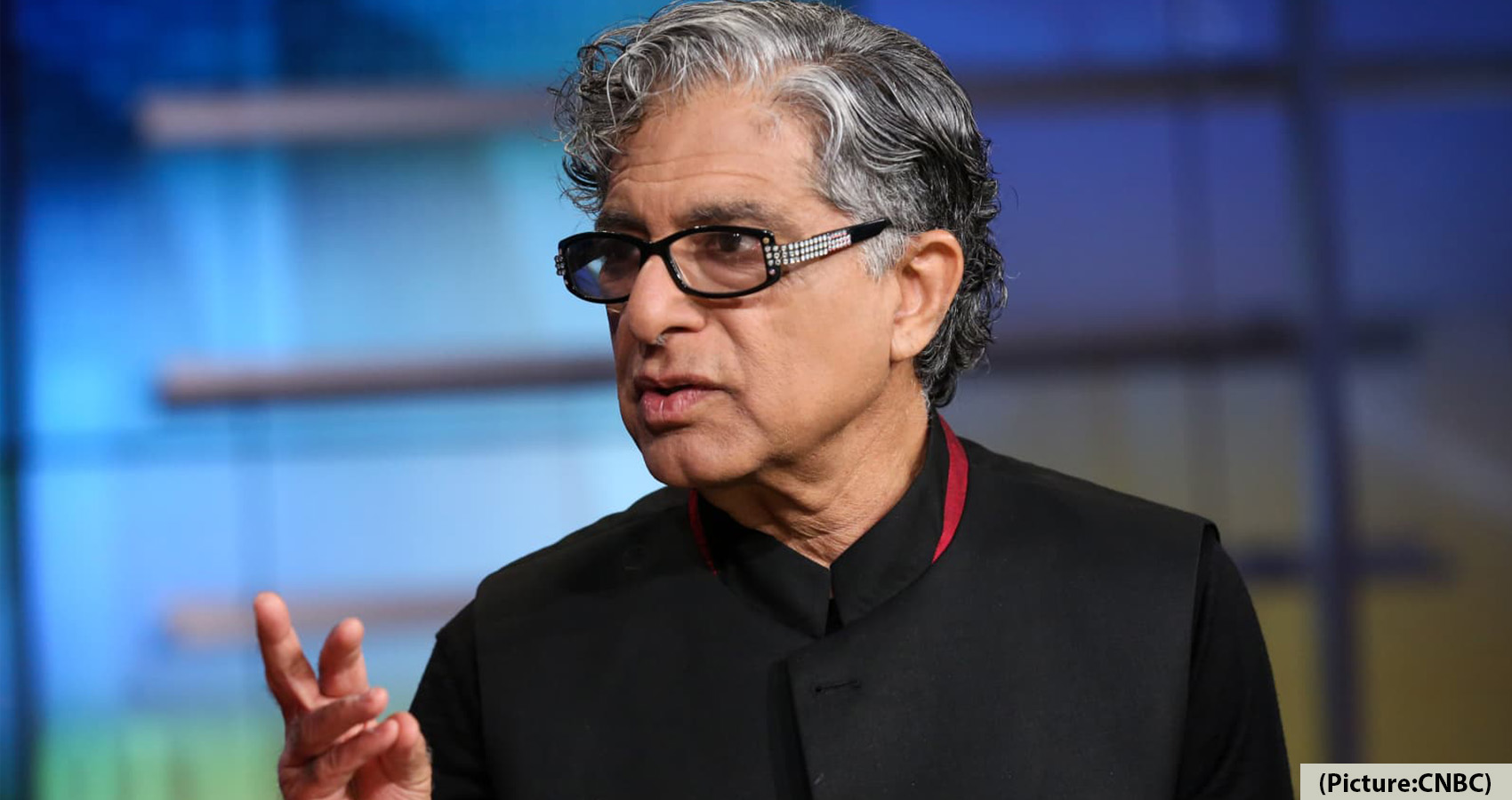
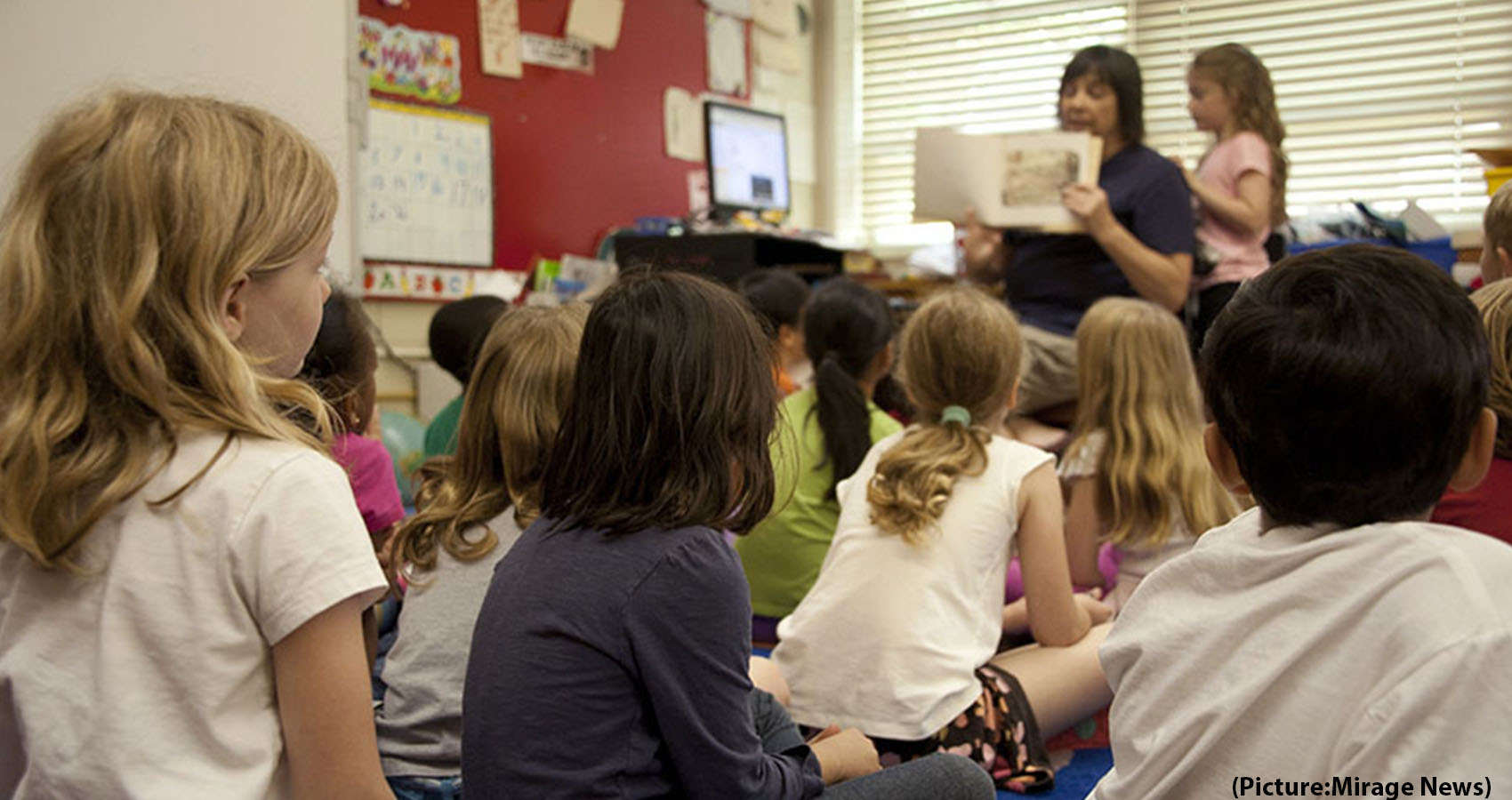

 To help create love for STEM, a California-based Indian American student-run organization is inspiring young minds across the globe to the powerful impact of STEM-based studies. We Love STEM, a 501(c)(3) nonprofit founded by Ishani Das, the organization’s president, and Anusha Singhai, its vice president, provides free STEM education — science, technology, engineering and mathematics — to middle schoolers internationally, and seeks to inspire and foster a love of STEM, particularly in under-resourced communities.
To help create love for STEM, a California-based Indian American student-run organization is inspiring young minds across the globe to the powerful impact of STEM-based studies. We Love STEM, a 501(c)(3) nonprofit founded by Ishani Das, the organization’s president, and Anusha Singhai, its vice president, provides free STEM education — science, technology, engineering and mathematics — to middle schoolers internationally, and seeks to inspire and foster a love of STEM, particularly in under-resourced communities.
 The worry, of course, is that in-classroom learning could facilitate the ongoing spread of COVID-19. But on the positive side, a year of scientific progress means that schools may now be better equipped to prevent viral spread in their classrooms, hallways and locker rooms. Public health experts and school administrators now know that layered mitigation methods, including face masks, distancing and ventilation, can help reduce transmission. Additionally, kids over 12, as well as their teachers and parents, can get vaccinated—the best tool to prevent getting sick and to reduce the spread of the virus.
The worry, of course, is that in-classroom learning could facilitate the ongoing spread of COVID-19. But on the positive side, a year of scientific progress means that schools may now be better equipped to prevent viral spread in their classrooms, hallways and locker rooms. Public health experts and school administrators now know that layered mitigation methods, including face masks, distancing and ventilation, can help reduce transmission. Additionally, kids over 12, as well as their teachers and parents, can get vaccinated—the best tool to prevent getting sick and to reduce the spread of the virus.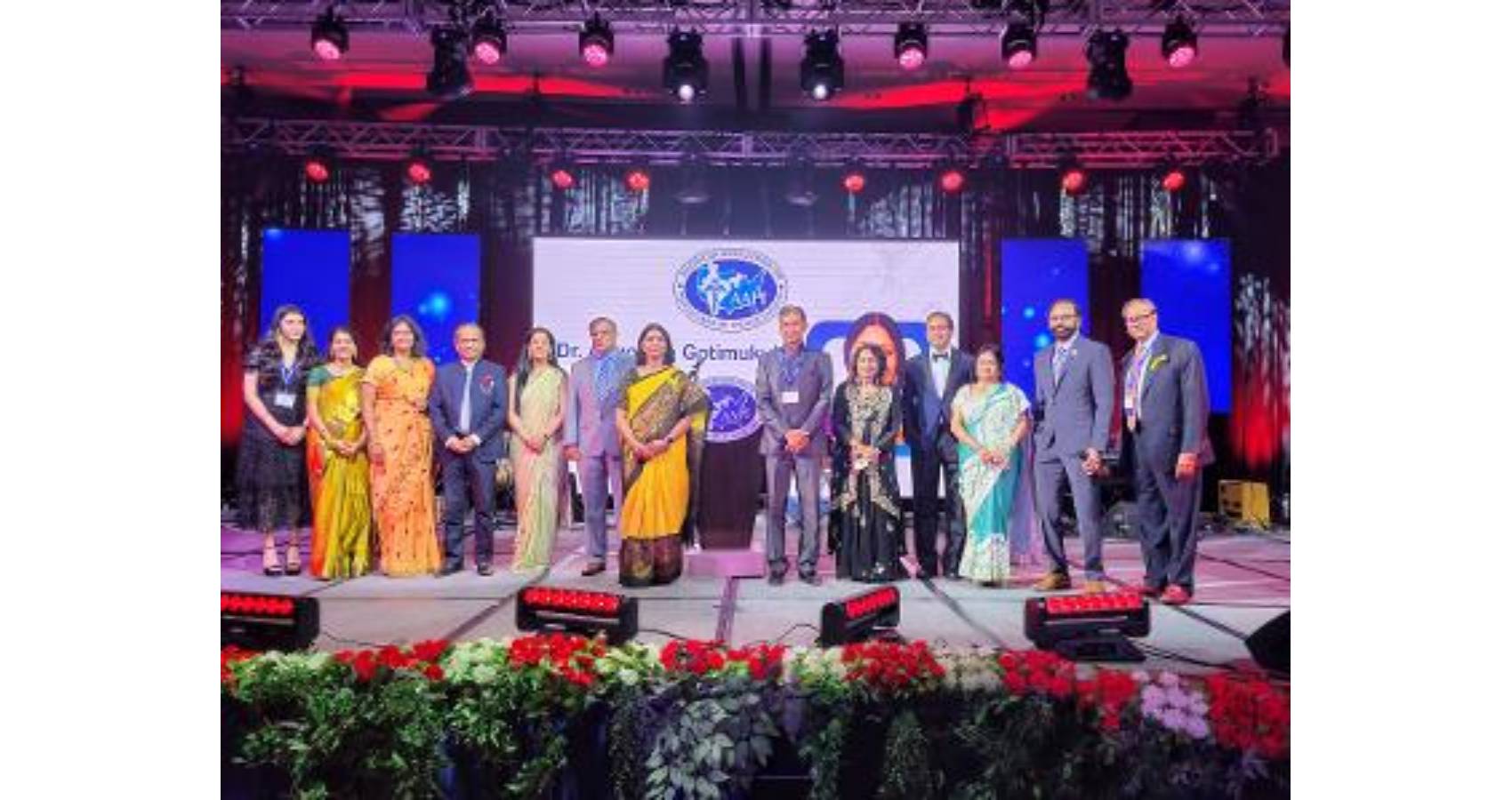
 Edited by the Delhi-based veteran journalist and foreign policy analystTarunBasu, the evocative collection titled, “Kamala Harris and the Rise of Indian Americans,” captures the rise of the Indians in the US across domains by exceptional achievers like Shashi Tharoor, a former UN public servant-turned Indian politician, and top diplomats like TP Sreenivasan and Arun K Singh. Sixteen eminent journalists, business leaders and scholars have contributed essays to the timely and priceless volume, which charts the community’s growing and influential political engagement. The book was released July 15 by New Delhi-based publisher Wisdom Tree and is available in the U.S. via Amazon. Basu describes the book as an “eclectic amalgam of perspectives on the emerging Indian-American story.”
Edited by the Delhi-based veteran journalist and foreign policy analystTarunBasu, the evocative collection titled, “Kamala Harris and the Rise of Indian Americans,” captures the rise of the Indians in the US across domains by exceptional achievers like Shashi Tharoor, a former UN public servant-turned Indian politician, and top diplomats like TP Sreenivasan and Arun K Singh. Sixteen eminent journalists, business leaders and scholars have contributed essays to the timely and priceless volume, which charts the community’s growing and influential political engagement. The book was released July 15 by New Delhi-based publisher Wisdom Tree and is available in the U.S. via Amazon. Basu describes the book as an “eclectic amalgam of perspectives on the emerging Indian-American story.”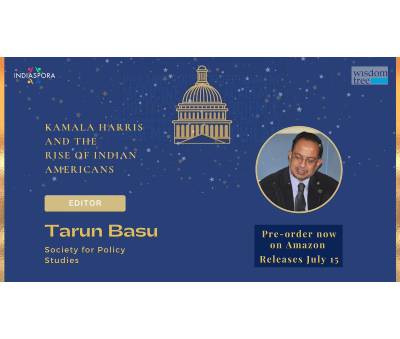 Basu has maintained a keen interest in the accomplishments of Indians abroad and has kept close touch with the community. The purpose of this anthology of essays edited by him is to bring to the global eye the unfolding saga of four million Indians in the United States. Indian Americans currently are just 1% of the US population but are expected to rise to 2% by 2030. Portraying the rise of the Indian American physicians as a strong and influential force in the United States, Ajay Ghosh chronicling their long journey to the United States and their success story, in a Chapter titled, “Physicians of Indian Heritage: America’s Healers” takes the readers to the times of Dr. AnandibaiJoshi, the first documented physician of Indian origin who had landed on the shores of the United States in 1883.
Basu has maintained a keen interest in the accomplishments of Indians abroad and has kept close touch with the community. The purpose of this anthology of essays edited by him is to bring to the global eye the unfolding saga of four million Indians in the United States. Indian Americans currently are just 1% of the US population but are expected to rise to 2% by 2030. Portraying the rise of the Indian American physicians as a strong and influential force in the United States, Ajay Ghosh chronicling their long journey to the United States and their success story, in a Chapter titled, “Physicians of Indian Heritage: America’s Healers” takes the readers to the times of Dr. AnandibaiJoshi, the first documented physician of Indian origin who had landed on the shores of the United States in 1883.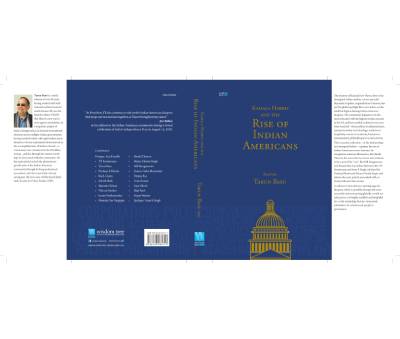 “The nomination — and subsequent election — of the U.S.-born Indian origin Kamala Harris put the media spotlight on the small, but respected and high-achieving Indian American community,” writes Basu in his preface. “It is a fascinating and inspiring story of how an immigrant population from a developing country, with low education levels, became the most educated, highest-earning ethnic community in the world’s most advanced nation in almost a single generation,” he said, noting that Indian Americans have made their mark in almost every field, from the traditional trifecta of science, engineering and medicine, to the arts, academia, philanthropy, and, increasingly, politics.
“The nomination — and subsequent election — of the U.S.-born Indian origin Kamala Harris put the media spotlight on the small, but respected and high-achieving Indian American community,” writes Basu in his preface. “It is a fascinating and inspiring story of how an immigrant population from a developing country, with low education levels, became the most educated, highest-earning ethnic community in the world’s most advanced nation in almost a single generation,” he said, noting that Indian Americans have made their mark in almost every field, from the traditional trifecta of science, engineering and medicine, to the arts, academia, philanthropy, and, increasingly, politics.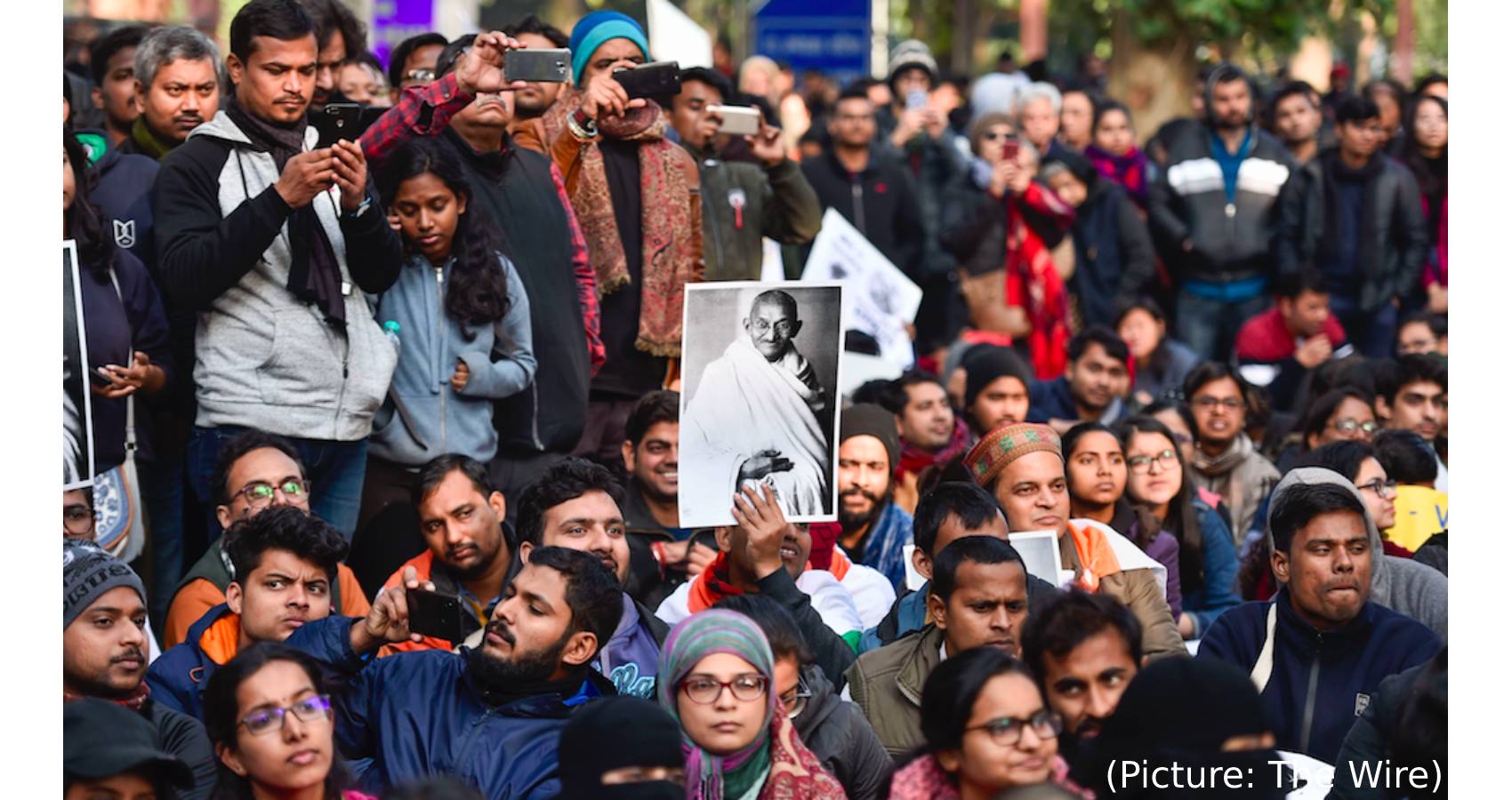
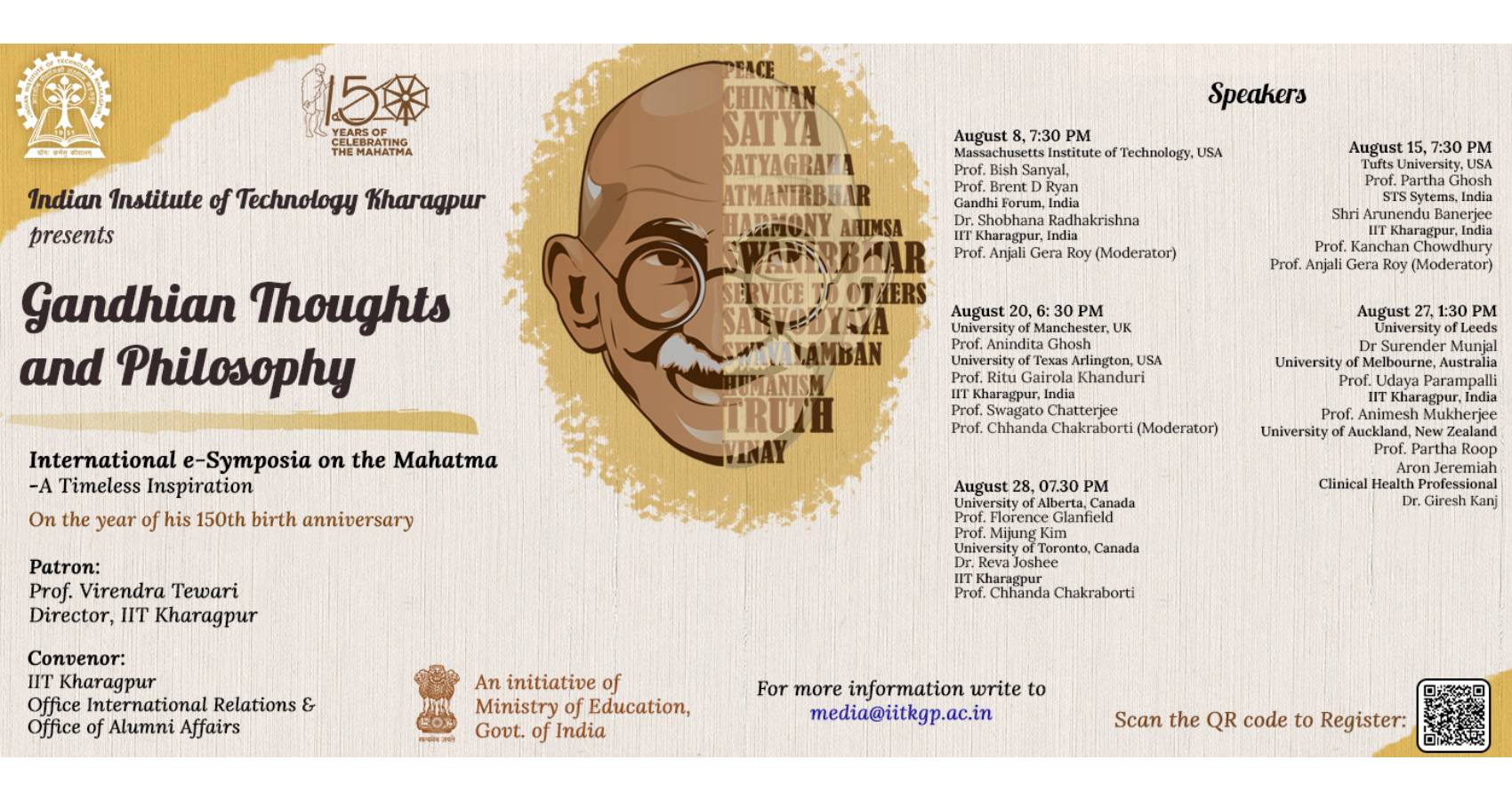
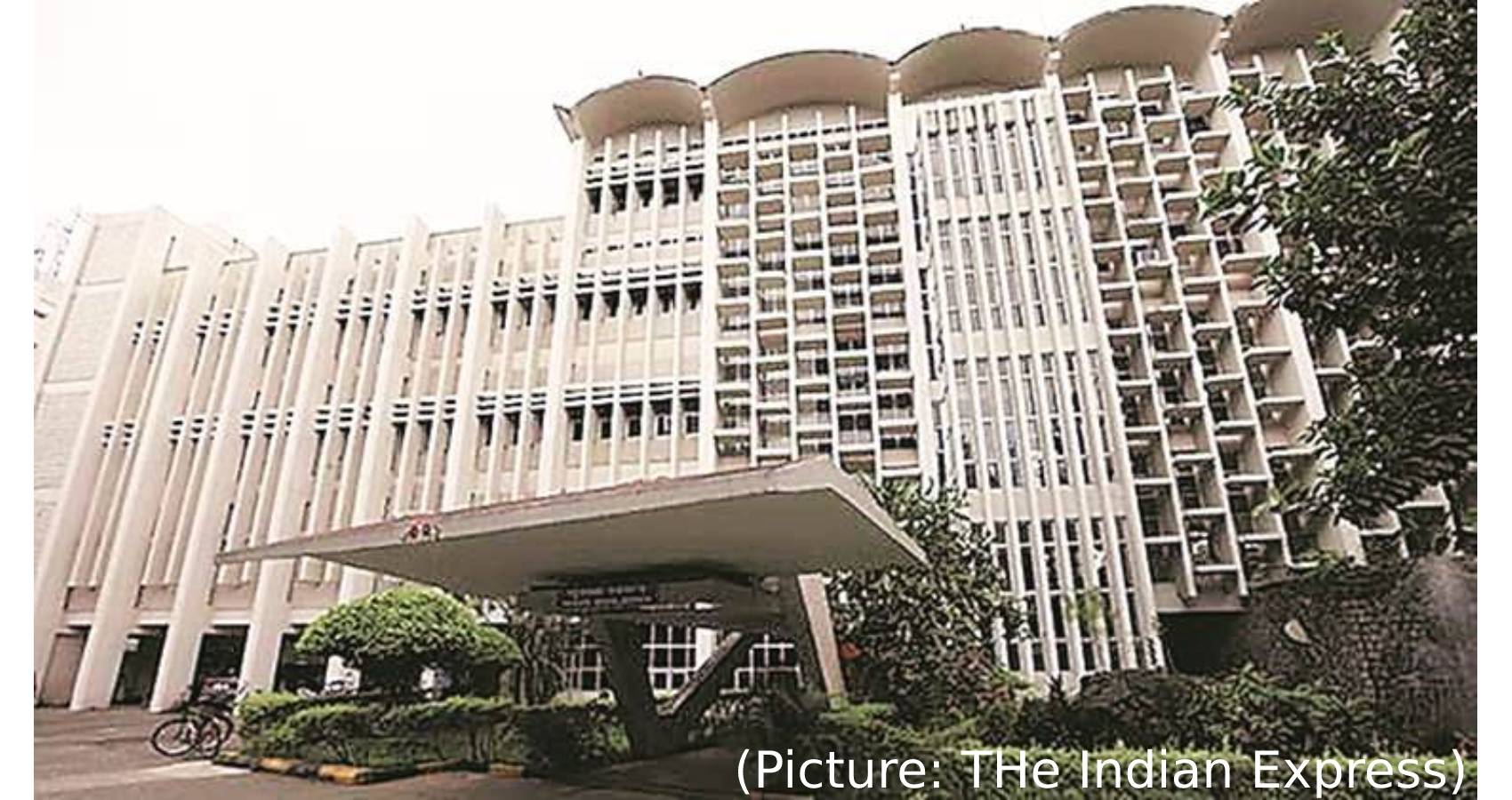
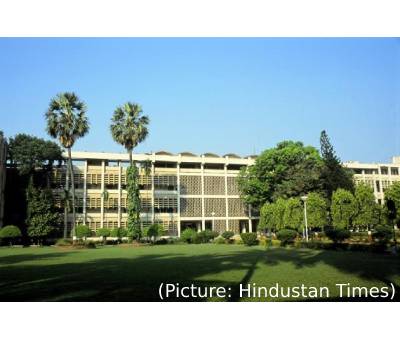
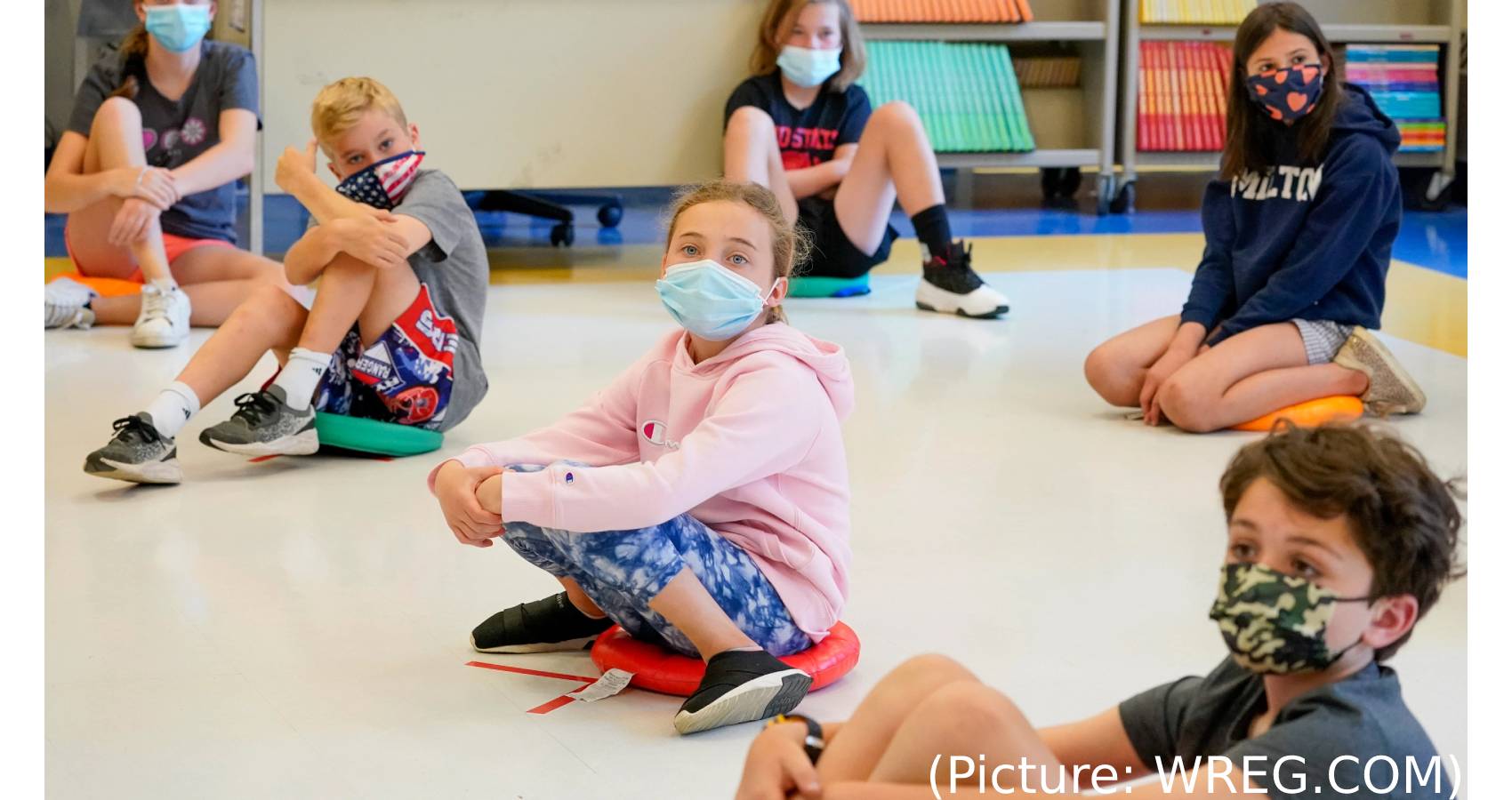
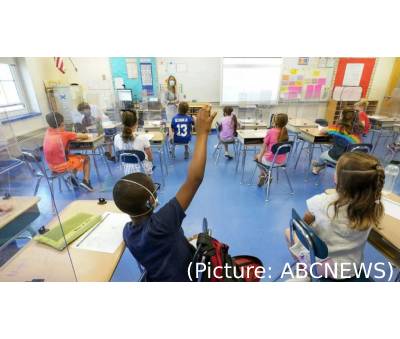 Reasons for this recommendation include but are not limited to: a significant proportion of the student population is
Reasons for this recommendation include but are not limited to: a significant proportion of the student population is 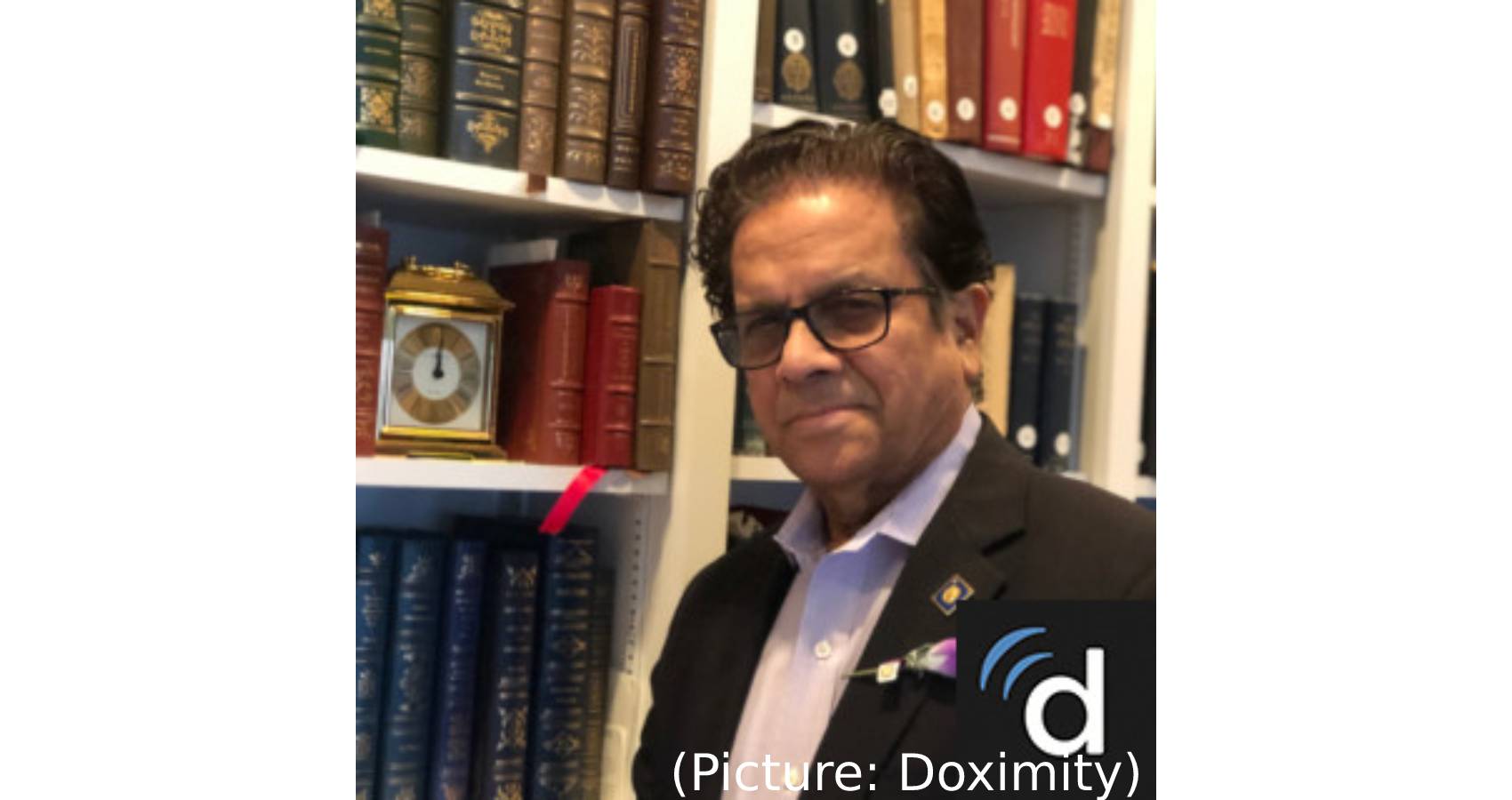
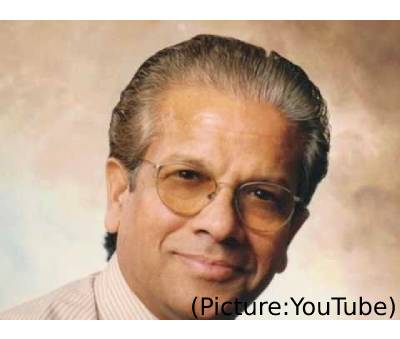 Dr. V.K. Raju was born in Rajahmundry, AP, India. He is a Clinical Professor of Ophthalmology at West Virginia University, Fellow of the Royal College of Surgeons, Fellow of the American College of Surgeons, Director of the International Ocular Surface Society, Director of the Ocular Surface Research and Education Foundation, MBBS at Andhra University in India, Chairman of Goutami Eye Institute in Rajahmundry and is the President and Founder of the Eye Foundation of America, a non-profit organization dedicated to realizing a world without childhood blindness.
Dr. V.K. Raju was born in Rajahmundry, AP, India. He is a Clinical Professor of Ophthalmology at West Virginia University, Fellow of the Royal College of Surgeons, Fellow of the American College of Surgeons, Director of the International Ocular Surface Society, Director of the Ocular Surface Research and Education Foundation, MBBS at Andhra University in India, Chairman of Goutami Eye Institute in Rajahmundry and is the President and Founder of the Eye Foundation of America, a non-profit organization dedicated to realizing a world without childhood blindness.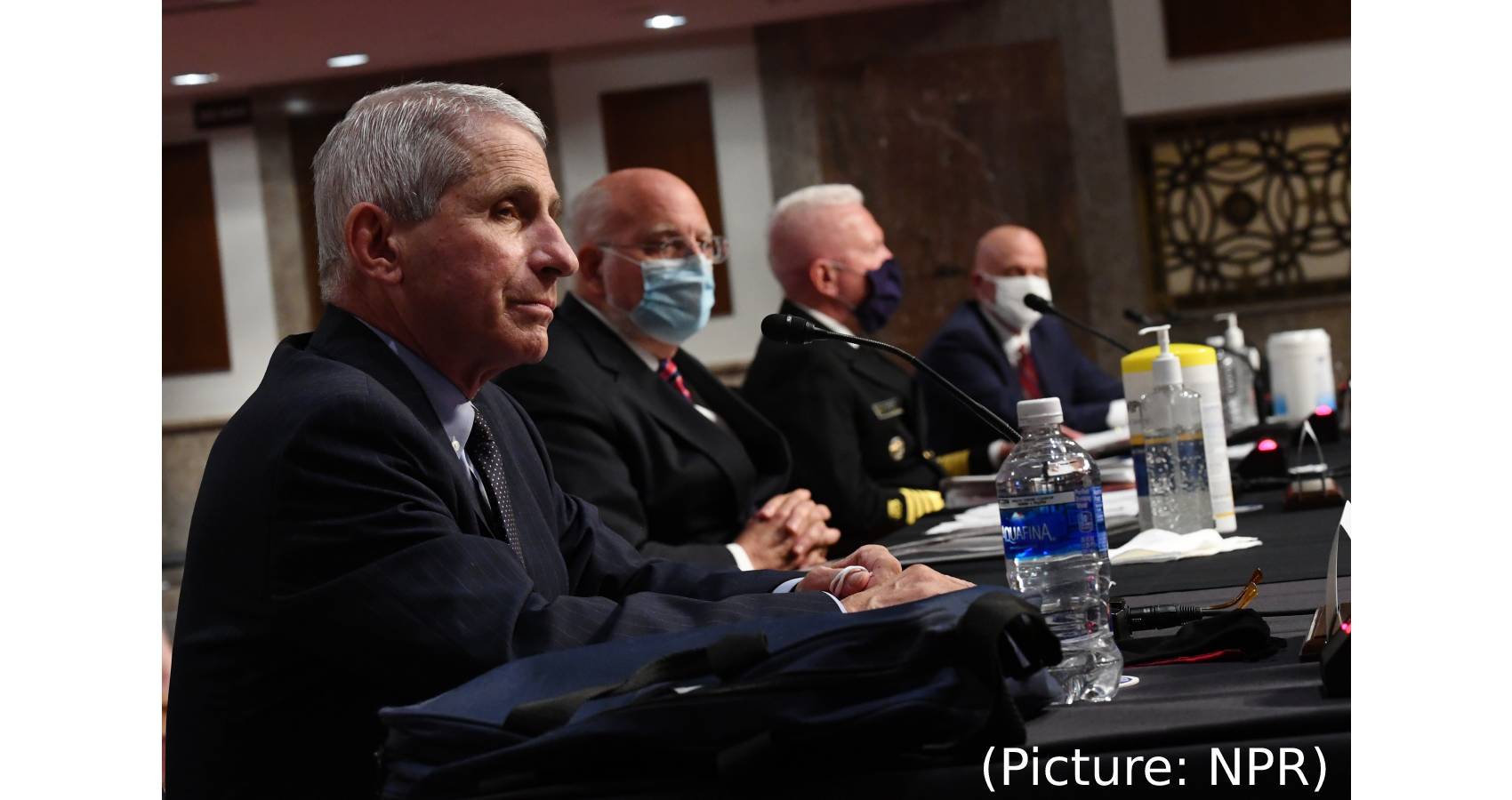
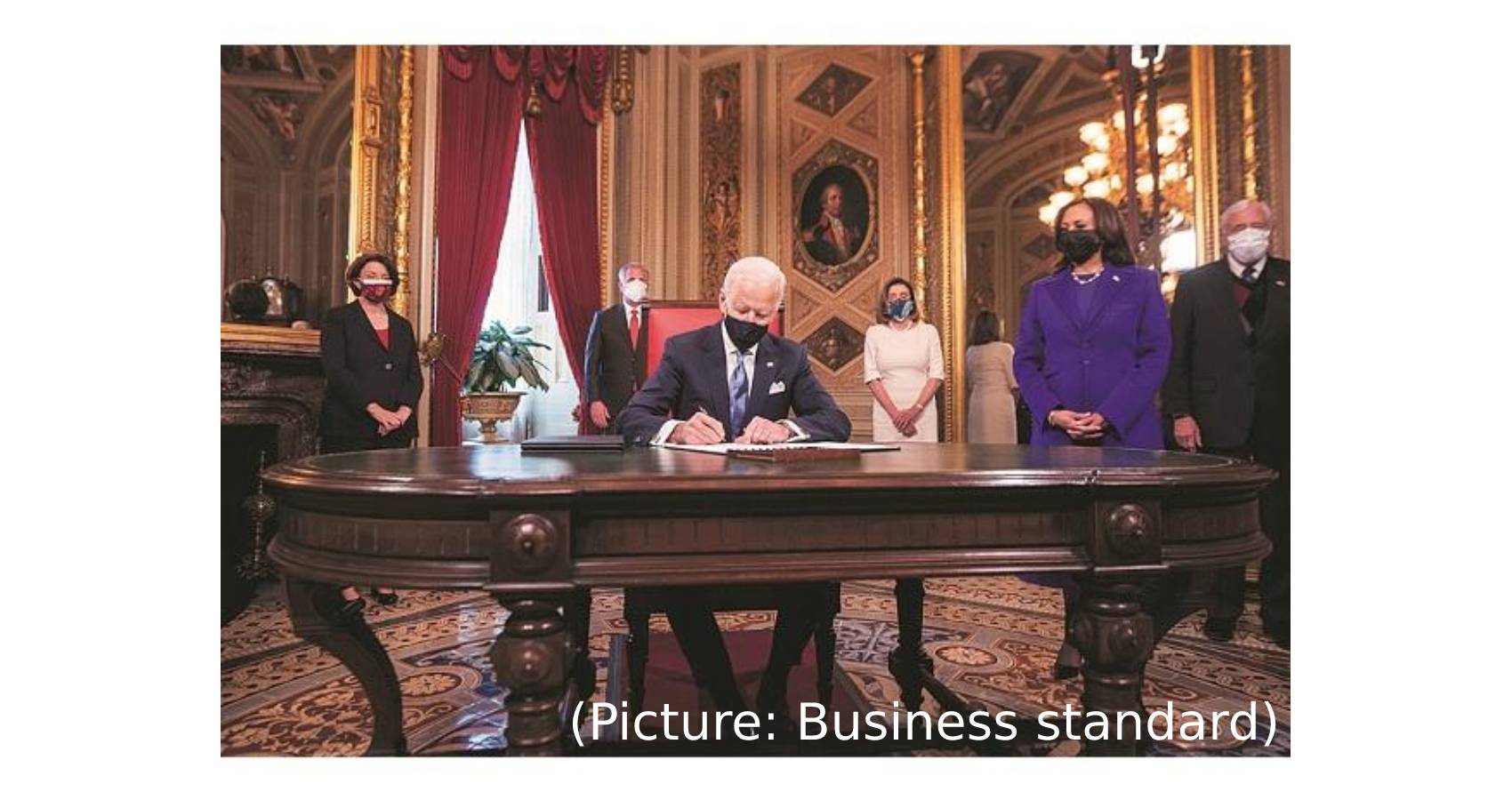
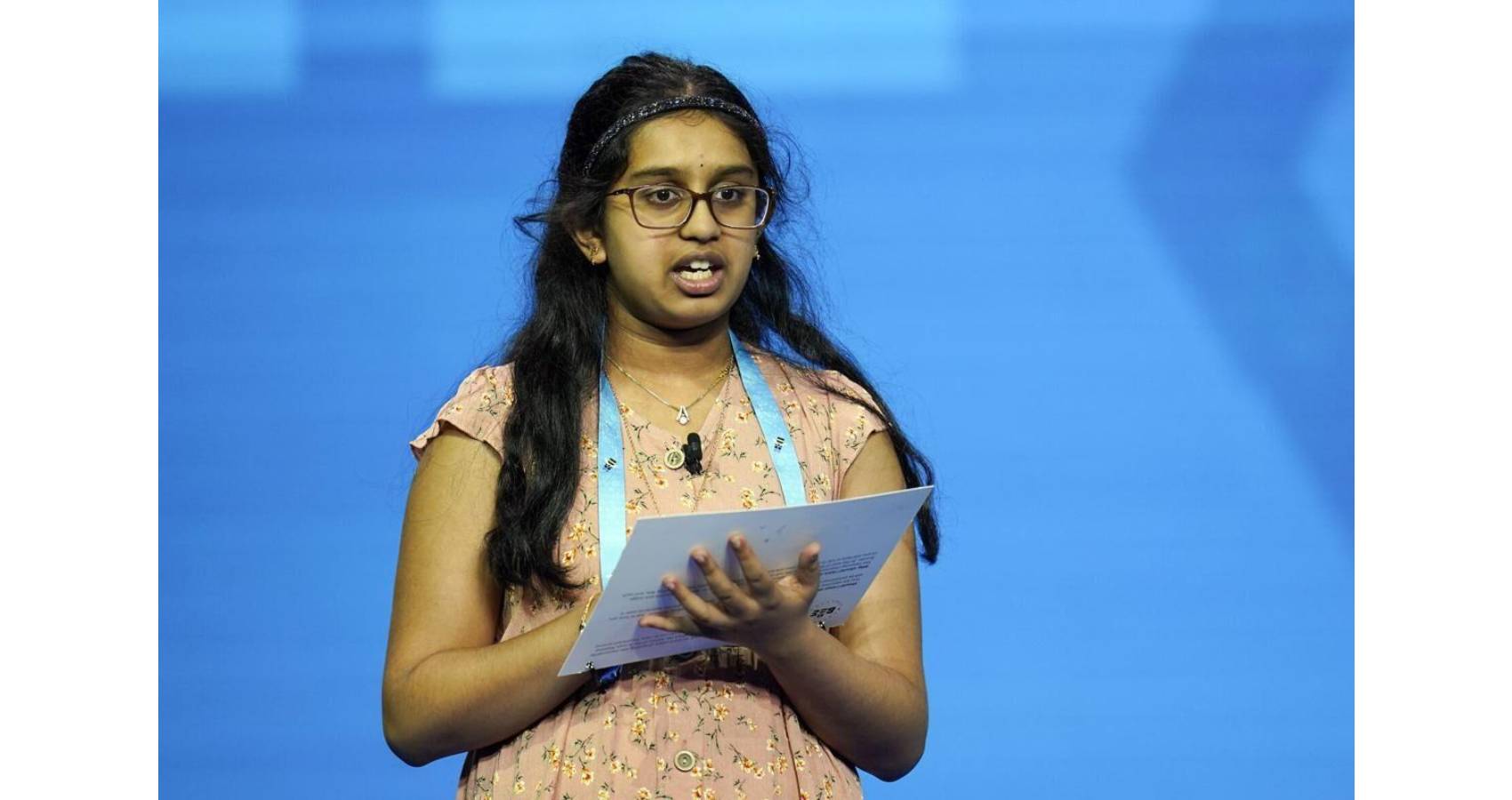
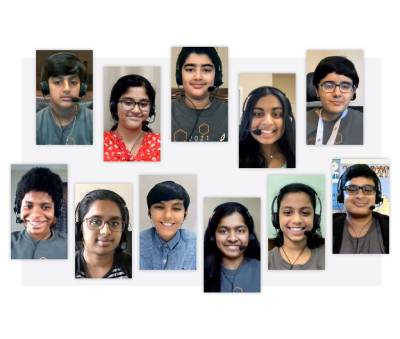 A spelling bee is a contest in which participants must spell aloud words announced by a judge. The high-profile Scripps National Spelling Bee is closely followed by students and their parents across the US and the finals are broadcast on prime-time television. This year, the winner got a cash prize of $50,000. Of the 11 finalists of the Scripps spelling bee held in the ESPN Sports Complex in Florida’s Orlando, Florida, nine were Indian-Americans. In the final round, Avant-garde was pitted against Chaitra Thummula from California, who dropped out after being unable to spell “neroli oil” correctly. Avant-garde scored her victory after spelling the word “Murraya”, a genus of tropical Australian trees.
A spelling bee is a contest in which participants must spell aloud words announced by a judge. The high-profile Scripps National Spelling Bee is closely followed by students and their parents across the US and the finals are broadcast on prime-time television. This year, the winner got a cash prize of $50,000. Of the 11 finalists of the Scripps spelling bee held in the ESPN Sports Complex in Florida’s Orlando, Florida, nine were Indian-Americans. In the final round, Avant-garde was pitted against Chaitra Thummula from California, who dropped out after being unable to spell “neroli oil” correctly. Avant-garde scored her victory after spelling the word “Murraya”, a genus of tropical Australian trees.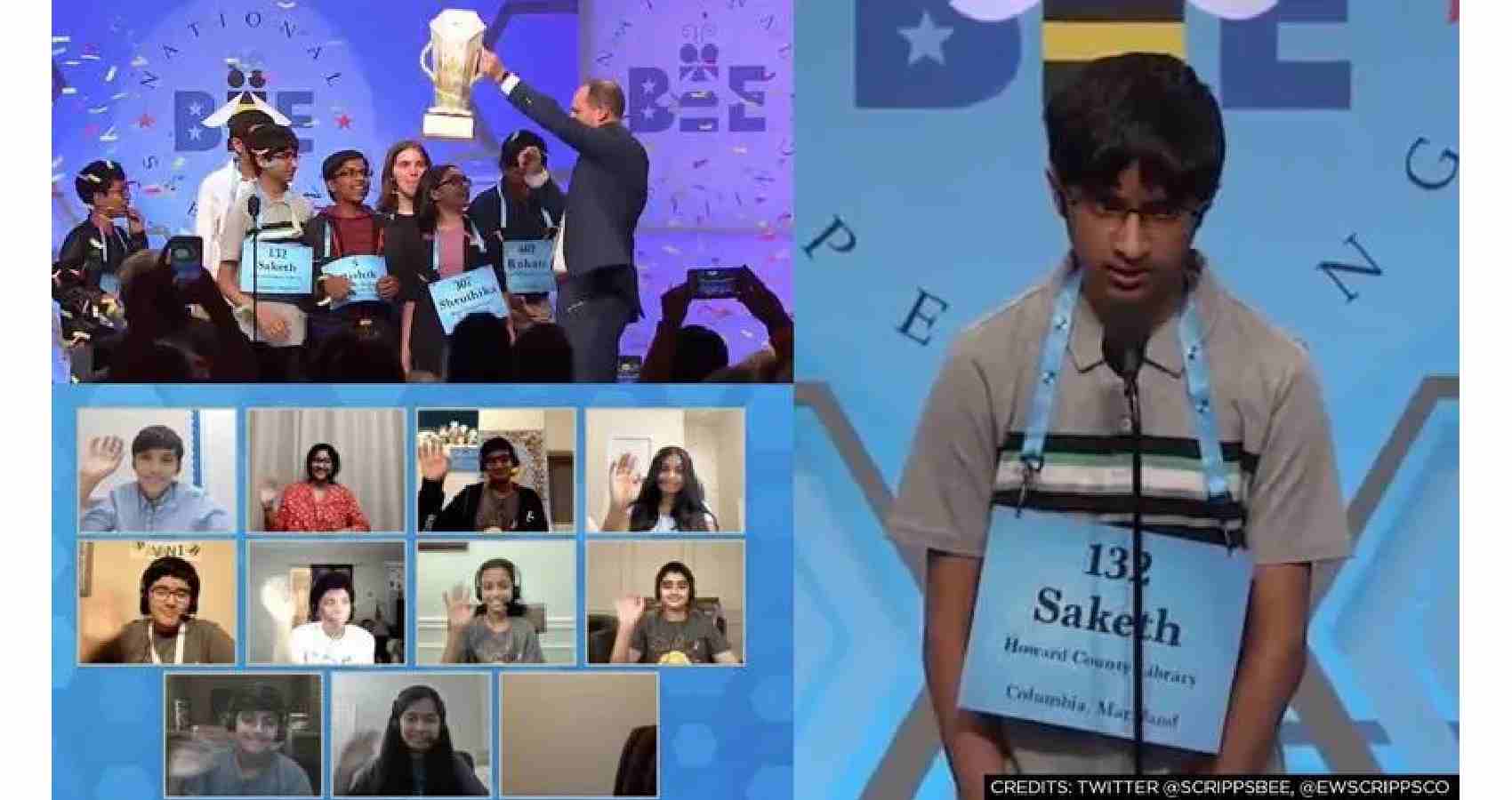
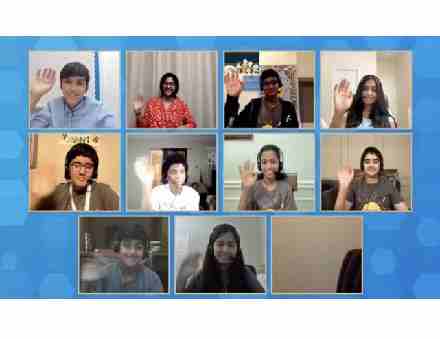 As many as 209 spellers competed on a national level, of those the 9 Indian American children qualified for semifinals held on June 27 Sunday from 7 to 11 pm on ESPN America for the championship trophy. During the in-person finals, the Bee will have the option of activating a spell-off if needed. The spell-off would be activated in the closing minutes of the competition if a champion has not yet been declared in a traditional, one-person, one-word round, it said. “We are honored to introduce our 2021 Scripps National Spelling Bee Finalists. Round after round, this group of spellers proved their mettle, and we look forward to seeing them show off their knowledge and hard work as they square off against the dictionary on the national stage,” said Dr J Michael Durnil, executive director of the Bee.
As many as 209 spellers competed on a national level, of those the 9 Indian American children qualified for semifinals held on June 27 Sunday from 7 to 11 pm on ESPN America for the championship trophy. During the in-person finals, the Bee will have the option of activating a spell-off if needed. The spell-off would be activated in the closing minutes of the competition if a champion has not yet been declared in a traditional, one-person, one-word round, it said. “We are honored to introduce our 2021 Scripps National Spelling Bee Finalists. Round after round, this group of spellers proved their mettle, and we look forward to seeing them show off their knowledge and hard work as they square off against the dictionary on the national stage,” said Dr J Michael Durnil, executive director of the Bee.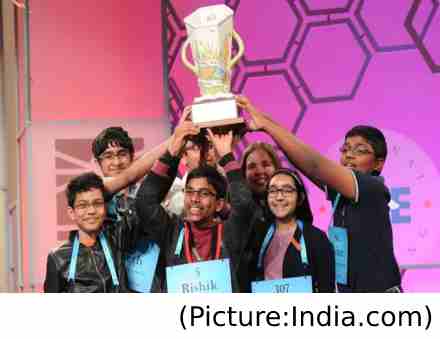 The other Indian kids to win the popular contest are AnsunSujoe and SriramHathwar in the year 2014, Arvind Mahankali in 2013, SnigdhaNandipati in 2012, Sukanya Roy in 2011 and AnamikaVeeramani in 2010. The Indian American Children have been qualifying for the US national spelling bee contest leaving their American friends behind with chances of more than 80 percent of them even winning, for the past several years. Interestingly, these Indian origin children comprise less than 1% of the total American school’s population. The Bee was cancelled in 2020 due to the
The other Indian kids to win the popular contest are AnsunSujoe and SriramHathwar in the year 2014, Arvind Mahankali in 2013, SnigdhaNandipati in 2012, Sukanya Roy in 2011 and AnamikaVeeramani in 2010. The Indian American Children have been qualifying for the US national spelling bee contest leaving their American friends behind with chances of more than 80 percent of them even winning, for the past several years. Interestingly, these Indian origin children comprise less than 1% of the total American school’s population. The Bee was cancelled in 2020 due to the 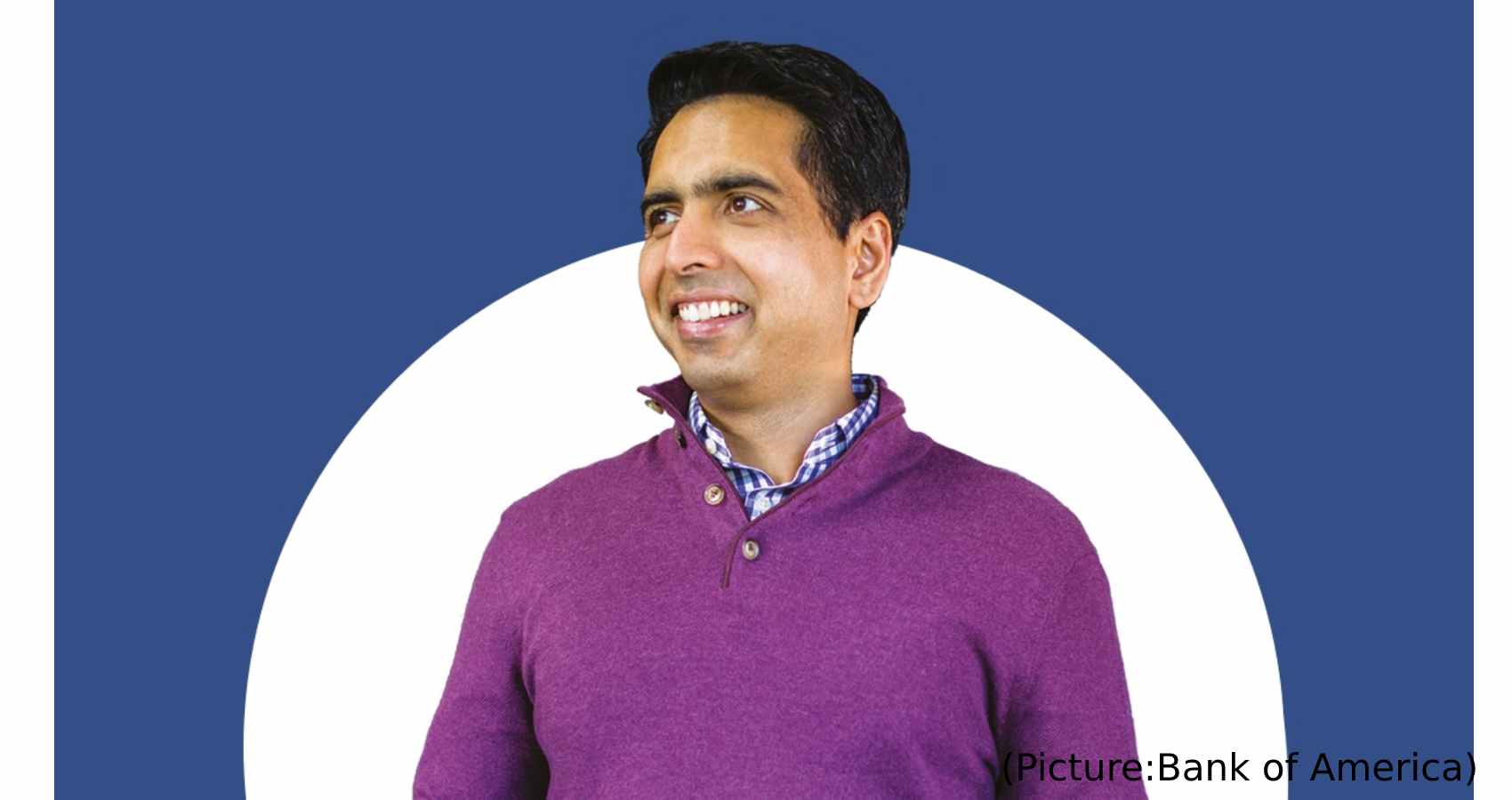

 NASA states that the NGC 4680 is a tricky galaxy to classify. The space agency further states that this is because the galaxy is sometimes referred to as a spiral galaxy, but it is also sometimes classified as a lenticular galaxy. Lenticular galaxies are said to fall somewhere in between spiral galaxies and elliptical galaxies. The NGC 4680 galaxy is said to have distinguishable spiral arms that are not clearly defined, and the tip of one arm appears very diffuse.
NASA states that the NGC 4680 is a tricky galaxy to classify. The space agency further states that this is because the galaxy is sometimes referred to as a spiral galaxy, but it is also sometimes classified as a lenticular galaxy. Lenticular galaxies are said to fall somewhere in between spiral galaxies and elliptical galaxies. The NGC 4680 galaxy is said to have distinguishable spiral arms that are not clearly defined, and the tip of one arm appears very diffuse.
 The annual convention this year is being organized by AAPI’s Atlanta Chapter, chaired by Dr. SreeniGangasani. “The convention team is working hard and over time, to provide a delightful three days of events packed with educational CME credits, world-class entertainment, leadership seminars, networking opportunities, exhibits, and more,” Dr. Gangasani said. “This meeting offers a rich educational and entertainment programs featuring the latest scientific research and advances in clinical practice. In addition, physicians and healthcare professionals from across the country will convene to develop health policy agendas and encourage legislative priorities for the upcoming year.”
The annual convention this year is being organized by AAPI’s Atlanta Chapter, chaired by Dr. SreeniGangasani. “The convention team is working hard and over time, to provide a delightful three days of events packed with educational CME credits, world-class entertainment, leadership seminars, networking opportunities, exhibits, and more,” Dr. Gangasani said. “This meeting offers a rich educational and entertainment programs featuring the latest scientific research and advances in clinical practice. In addition, physicians and healthcare professionals from across the country will convene to develop health policy agendas and encourage legislative priorities for the upcoming year.” Planned to have a limited number of participants due to the ongoing Coivd pandemic and taking into account the safety of those attending, including Physicians, Academicians, Researchers and Medical students, “the annual convention offers extensive academic presentations, recognition of achievements and achievers, and professional networking at the alumni and evening social events,” said Dr. Sajani Shah, Chair of AAPI BOT.
Planned to have a limited number of participants due to the ongoing Coivd pandemic and taking into account the safety of those attending, including Physicians, Academicians, Researchers and Medical students, “the annual convention offers extensive academic presentations, recognition of achievements and achievers, and professional networking at the alumni and evening social events,” said Dr. Sajani Shah, Chair of AAPI BOT. Dr. AnupamaGotimukula, President-Elect of AAPI, said, the delegates at the convention will have Eight Hours of CMEs, coordinated by AAPI CME Chair, Dr. Krishan Kumar, Dr. Vemuri Murthy, Advisor & CME Program Director, and Dr. Sudha Tata, Convention CME Chair, focusing on themes such as how to take care of self and find satisfaction and happiness in the challenging situations they are in, while serving hundreds of patients everyday of their dedicated and noble profession, said Dr. Raghu Lolabhattu, Convention Vice Chair.
Dr. AnupamaGotimukula, President-Elect of AAPI, said, the delegates at the convention will have Eight Hours of CMEs, coordinated by AAPI CME Chair, Dr. Krishan Kumar, Dr. Vemuri Murthy, Advisor & CME Program Director, and Dr. Sudha Tata, Convention CME Chair, focusing on themes such as how to take care of self and find satisfaction and happiness in the challenging situations they are in, while serving hundreds of patients everyday of their dedicated and noble profession, said Dr. Raghu Lolabhattu, Convention Vice Chair. The popular and much loved Mehfil E Khaas will give the AAPI members and families a platform to showcase their talents impromptu, in music, dance, jokes and SheroShayari in an informal setting,” said Dr. Amit Chakrabarty, Secretary of AAPI and coordinator of the Mehfil E Khaas. “Pick up the Mic and you are the Star,” he added. Dr. SatheeshKathula, Treasurer of AAPI said, “The Future of Healthcare” will be discussed at the popular CEO Forum with expert participants from Healthcare, Technological, and Finance industries and moderated by Dr. N. Neealagaru, will share their expertise in ways to establishing and leading successful businesses, healthcare practice, managing investment and creating an ideal lifestyle.
The popular and much loved Mehfil E Khaas will give the AAPI members and families a platform to showcase their talents impromptu, in music, dance, jokes and SheroShayari in an informal setting,” said Dr. Amit Chakrabarty, Secretary of AAPI and coordinator of the Mehfil E Khaas. “Pick up the Mic and you are the Star,” he added. Dr. SatheeshKathula, Treasurer of AAPI said, “The Future of Healthcare” will be discussed at the popular CEO Forum with expert participants from Healthcare, Technological, and Finance industries and moderated by Dr. N. Neealagaru, will share their expertise in ways to establishing and leading successful businesses, healthcare practice, managing investment and creating an ideal lifestyle. The Women’s Forum, led by Drs. AnjanaSamadhar, Uma jonnalagadda, and UdayaShivangi, will feature Ambassador Nikki Haley, Keisha Lance Bottoms, Mayor of Atlanta, Dr. Swati Kulkarni, India’s Consular General in Atlanta, Dr. Susan Bailey, President of American Medical Asociation, Dr. RenuKhator, President & Chancellor of University of Houston; Adv. Sheela Murthy, Founder & President of Murthy Law Form; Prof. Amita Sehgal, Professor of Neuroscience at UPENN, Dr. NahidBhadella, Director of Center for Emerging Infectious Diseases Policy &Reasearch; and, Dr. Mona Khanna, Emmy Award Winning Journalist.
The Women’s Forum, led by Drs. AnjanaSamadhar, Uma jonnalagadda, and UdayaShivangi, will feature Ambassador Nikki Haley, Keisha Lance Bottoms, Mayor of Atlanta, Dr. Swati Kulkarni, India’s Consular General in Atlanta, Dr. Susan Bailey, President of American Medical Asociation, Dr. RenuKhator, President & Chancellor of University of Houston; Adv. Sheela Murthy, Founder & President of Murthy Law Form; Prof. Amita Sehgal, Professor of Neuroscience at UPENN, Dr. NahidBhadella, Director of Center for Emerging Infectious Diseases Policy &Reasearch; and, Dr. Mona Khanna, Emmy Award Winning Journalist.

 ED selects around 25% of all FAFSA filers for verification. This rate strikes us as surprisingly high, especially in contrast to the less than 2% of federal tax returns selected for audit annually. The verification rate is nearly three times higher (60%) for the 34% of under-resourced students who qualify for federal need-based Pell Grants. Even more concerning is when the nearly 25% of Pell-eligible FAFSA fillers flagged for verification fail to complete the process and therefore lose out on thousands in federal aid. By definition, students eligible for Pell Grants must “display exceptional financial need.” Still, verification requires these students to go to great lengths to prove repeatedly that they are poor.
ED selects around 25% of all FAFSA filers for verification. This rate strikes us as surprisingly high, especially in contrast to the less than 2% of federal tax returns selected for audit annually. The verification rate is nearly three times higher (60%) for the 34% of under-resourced students who qualify for federal need-based Pell Grants. Even more concerning is when the nearly 25% of Pell-eligible FAFSA fillers flagged for verification fail to complete the process and therefore lose out on thousands in federal aid. By definition, students eligible for Pell Grants must “display exceptional financial need.” Still, verification requires these students to go to great lengths to prove repeatedly that they are poor.
 This idea of electrons “surfing” on the electric field is a theory first introduced in 1946 by a Russian physicist, Lev Landau, that was named Landau damping. His theory has now been proven.Recreating the northern lights Scientists have understood for decades how the aurora most likely is created, but they have now been able to simulate it, for the first time, in a lab at the Large Plasma Device (LPD) in UCLA’s Basic Plasma Science Facility.Scientists used a 20-meter-long chamber to recreate Earth’s magnetic field using the powerful magnetic field coils on UCLA’s LPD. Inside the chamber, scientists generated a plasma similar to what exists in space near the Earth.
This idea of electrons “surfing” on the electric field is a theory first introduced in 1946 by a Russian physicist, Lev Landau, that was named Landau damping. His theory has now been proven.Recreating the northern lights Scientists have understood for decades how the aurora most likely is created, but they have now been able to simulate it, for the first time, in a lab at the Large Plasma Device (LPD) in UCLA’s Basic Plasma Science Facility.Scientists used a 20-meter-long chamber to recreate Earth’s magnetic field using the powerful magnetic field coils on UCLA’s LPD. Inside the chamber, scientists generated a plasma similar to what exists in space near the Earth.
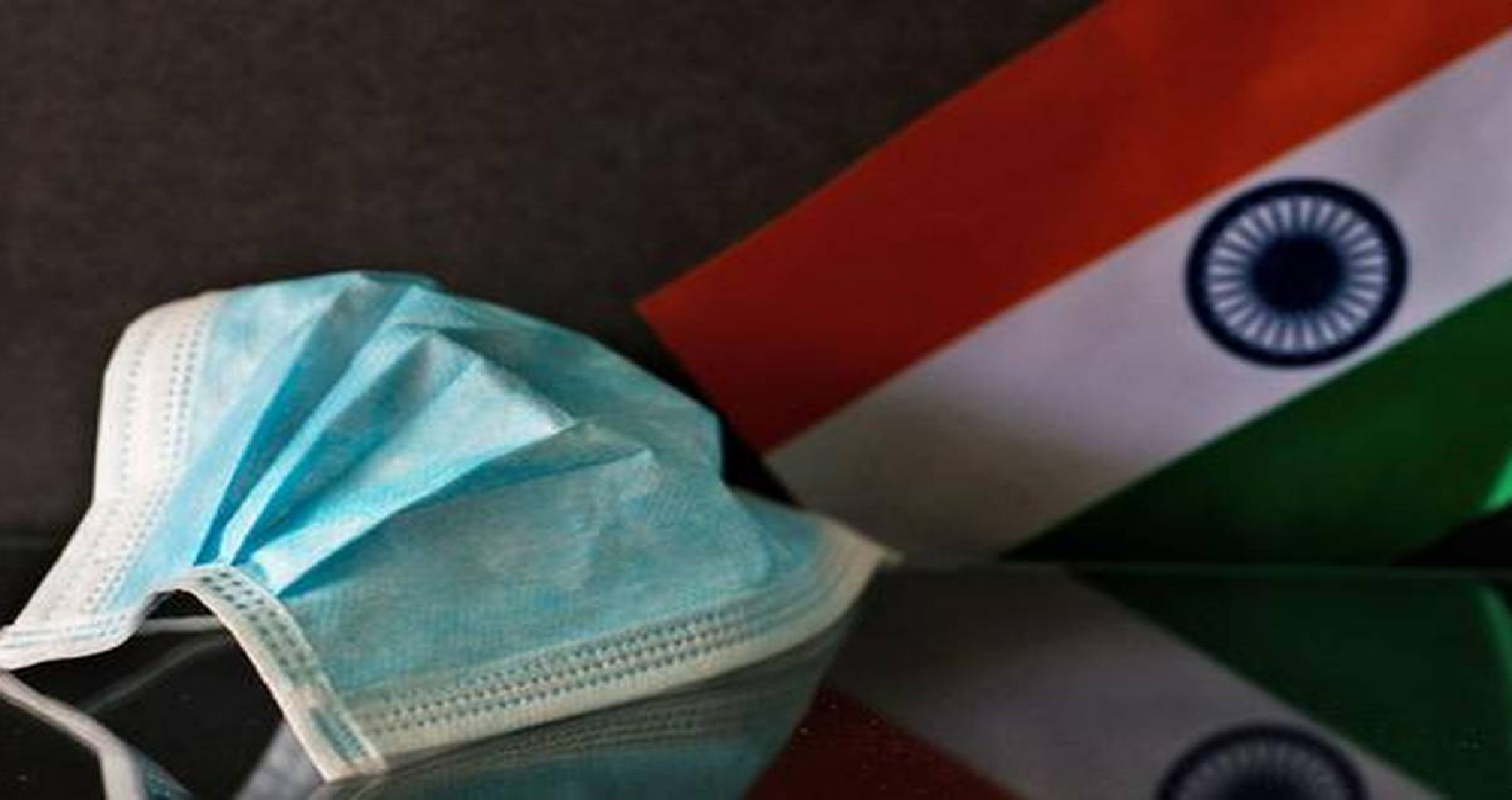
 In January 2021, Modi declared at a
In January 2021, Modi declared at a  The sudden and abrupt lock down promulgated by Modi even before the 1st wave of the pandemic hit India caused enormous problems for millions of poor. It lies with the upper-middle-class Indians who were last year
The sudden and abrupt lock down promulgated by Modi even before the 1st wave of the pandemic hit India caused enormous problems for millions of poor. It lies with the upper-middle-class Indians who were last year 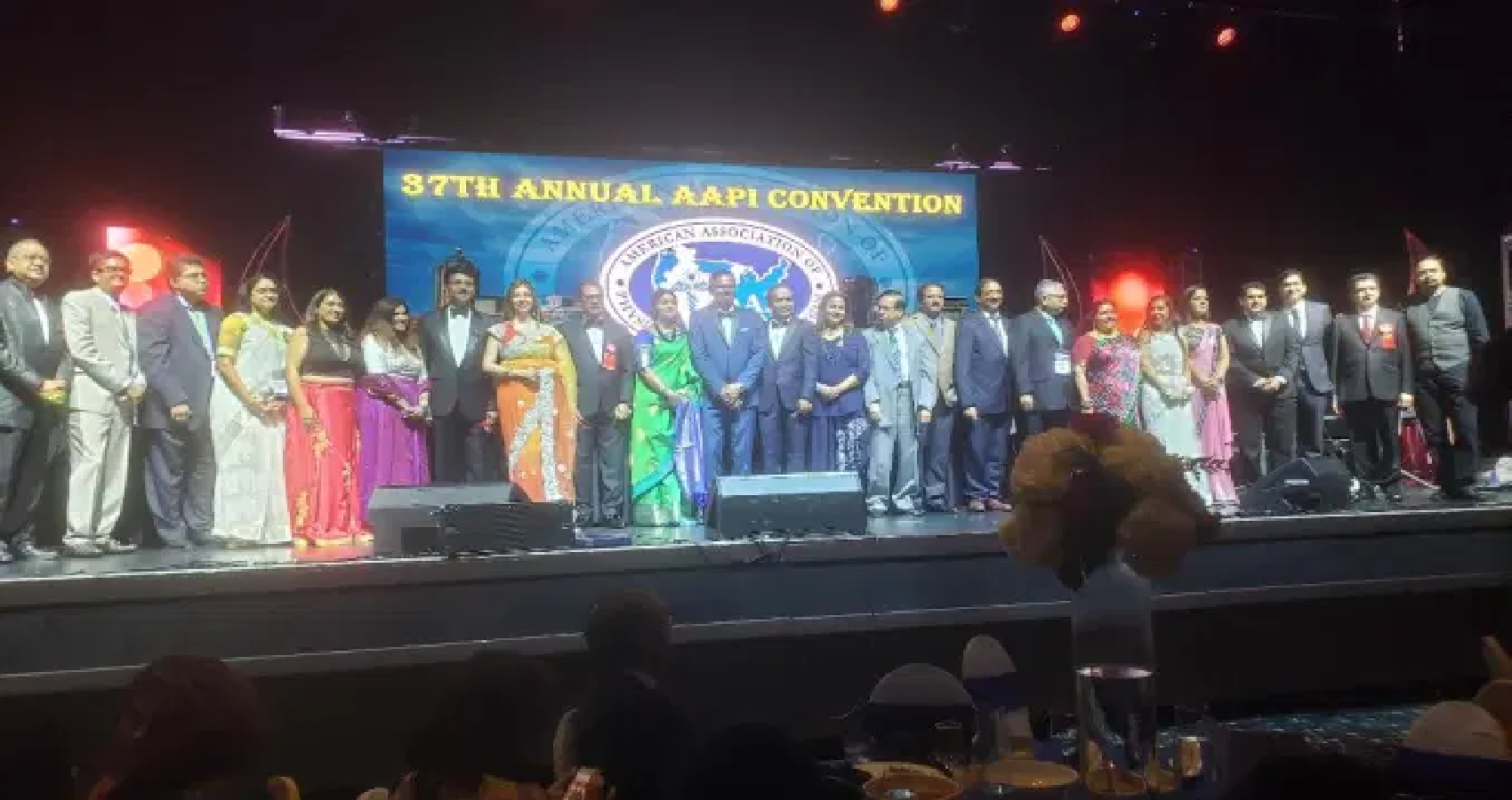

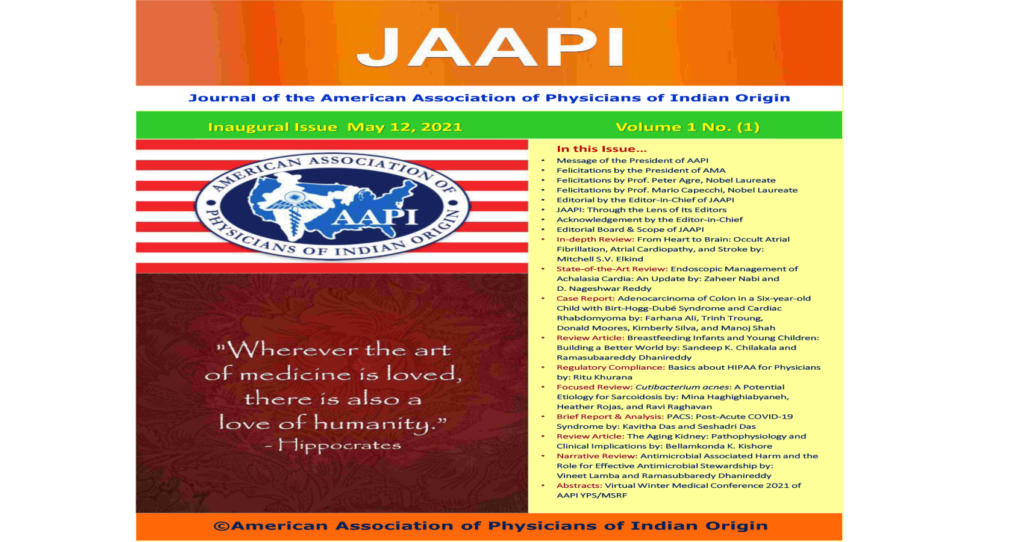 Dr. Susan R. Bailey, President of American Medication Association (AMA), who was the Chief Guest and Distinguished speaker at the launch event, inaugurated JAAPI on Wednesday, May 12, 2021 during a solemn virtual ceremony, attended by hundreds of AAPI members and supporters from around the nation.Dr. Susan R. Bailey, while inaugurating JAAPI said, “It’s my pleasure to celebrate the launch of JAAPI. On behalf of AMA we congratulate AAPI for this new initiative, which will be a great source of medical education. We applaud you and looking forward to reading your great contributions in the years to come.”
Dr. Susan R. Bailey, President of American Medication Association (AMA), who was the Chief Guest and Distinguished speaker at the launch event, inaugurated JAAPI on Wednesday, May 12, 2021 during a solemn virtual ceremony, attended by hundreds of AAPI members and supporters from around the nation.Dr. Susan R. Bailey, while inaugurating JAAPI said, “It’s my pleasure to celebrate the launch of JAAPI. On behalf of AMA we congratulate AAPI for this new initiative, which will be a great source of medical education. We applaud you and looking forward to reading your great contributions in the years to come.”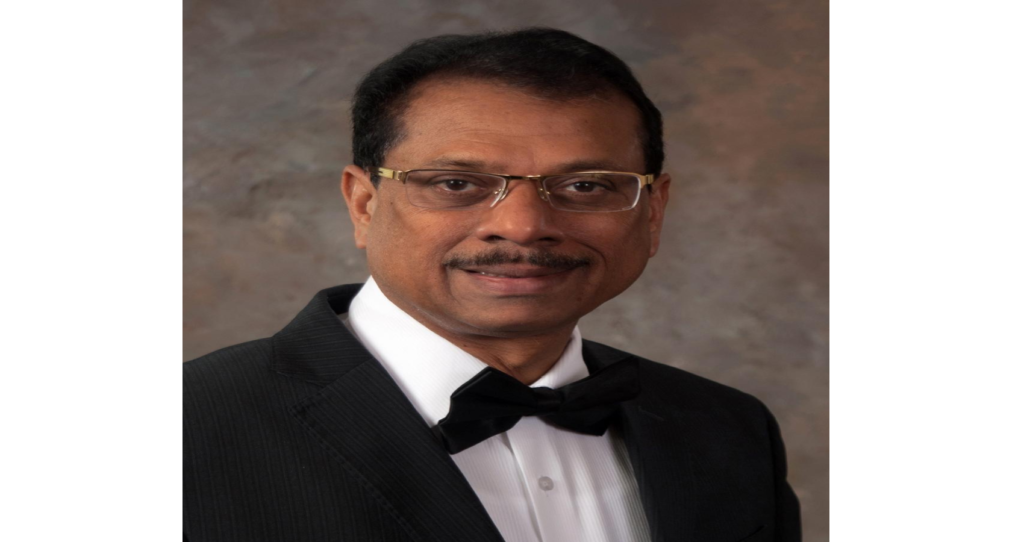 “Physician Leadership In Times of Crisis & Transition” was the theme of an hour long CME presented by Dr. Bailey at the conclusion of the JAAPI launch ceremony. The insightful and practically oriented CME was organized by American Association of Physicians of Indian Origin, in affiliation with Chicago Medical Society and in association with Indian American Medical Association of Illinois IAMA (IL.)
“Physician Leadership In Times of Crisis & Transition” was the theme of an hour long CME presented by Dr. Bailey at the conclusion of the JAAPI launch ceremony. The insightful and practically oriented CME was organized by American Association of Physicians of Indian Origin, in affiliation with Chicago Medical Society and in association with Indian American Medical Association of Illinois IAMA (IL.)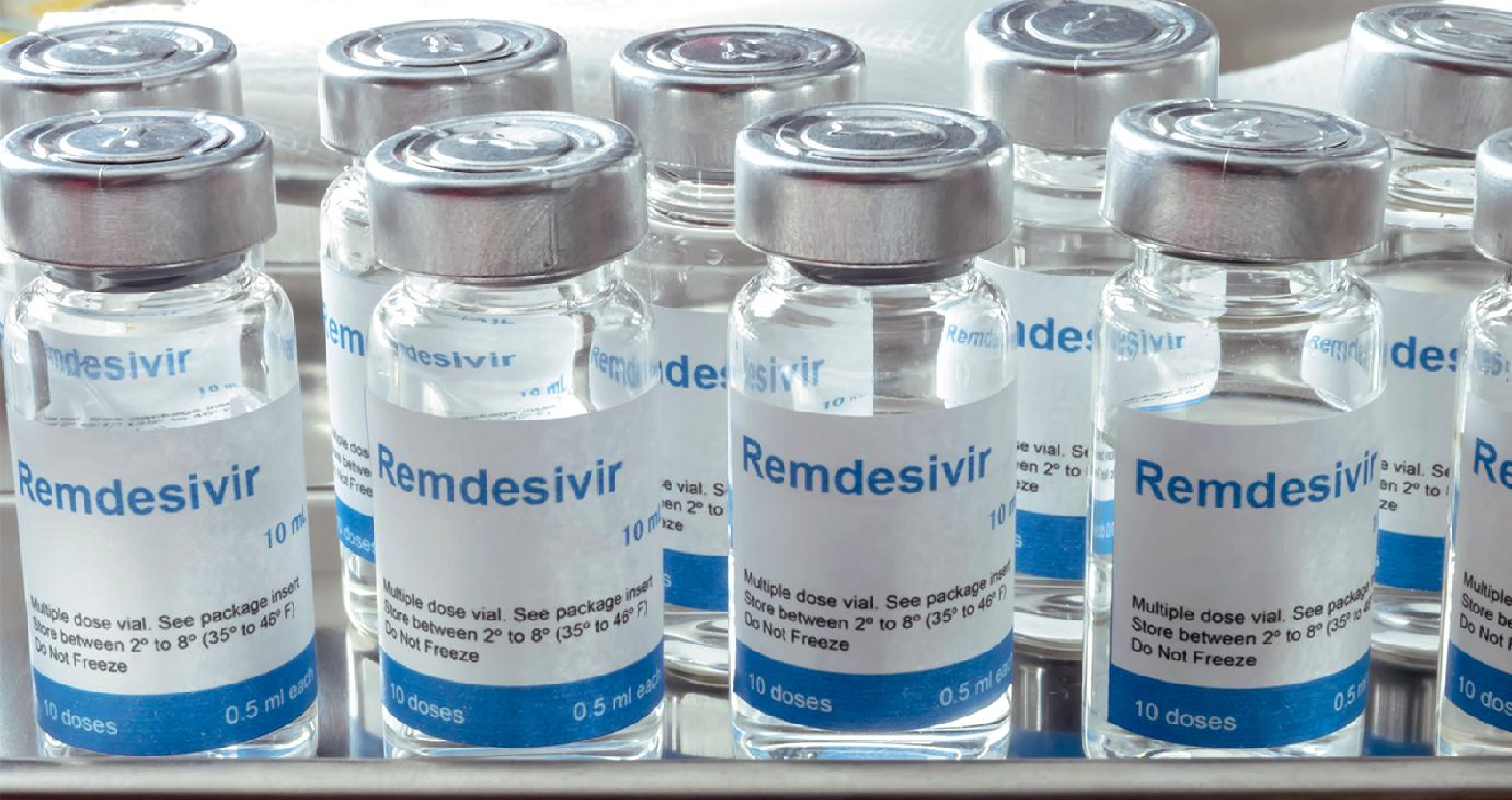
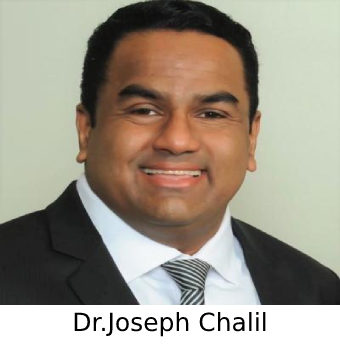 Dexamethasone, an inexpensive corticosteroid, is an older drug that has been found most beneficial in hospitalized patients who require invasive mechanical ventilation. Yet, when given too early in Covid-19, for example, when supplemental oxygen is not required, dexamethasone may be detrimental. Dexamethasone may also be inappropriate for use in patients that have co-morbidities such as obesity and diabetes. Dexamethasone has been used to reduce cellular immune responses and treat patients with acute respiratory distress syndrome (ARDS). It is now repurposed to combat severe symptoms of Covid-19 and is one tool in the Covid-19 treatment armamentarium.
Dexamethasone, an inexpensive corticosteroid, is an older drug that has been found most beneficial in hospitalized patients who require invasive mechanical ventilation. Yet, when given too early in Covid-19, for example, when supplemental oxygen is not required, dexamethasone may be detrimental. Dexamethasone may also be inappropriate for use in patients that have co-morbidities such as obesity and diabetes. Dexamethasone has been used to reduce cellular immune responses and treat patients with acute respiratory distress syndrome (ARDS). It is now repurposed to combat severe symptoms of Covid-19 and is one tool in the Covid-19 treatment armamentarium.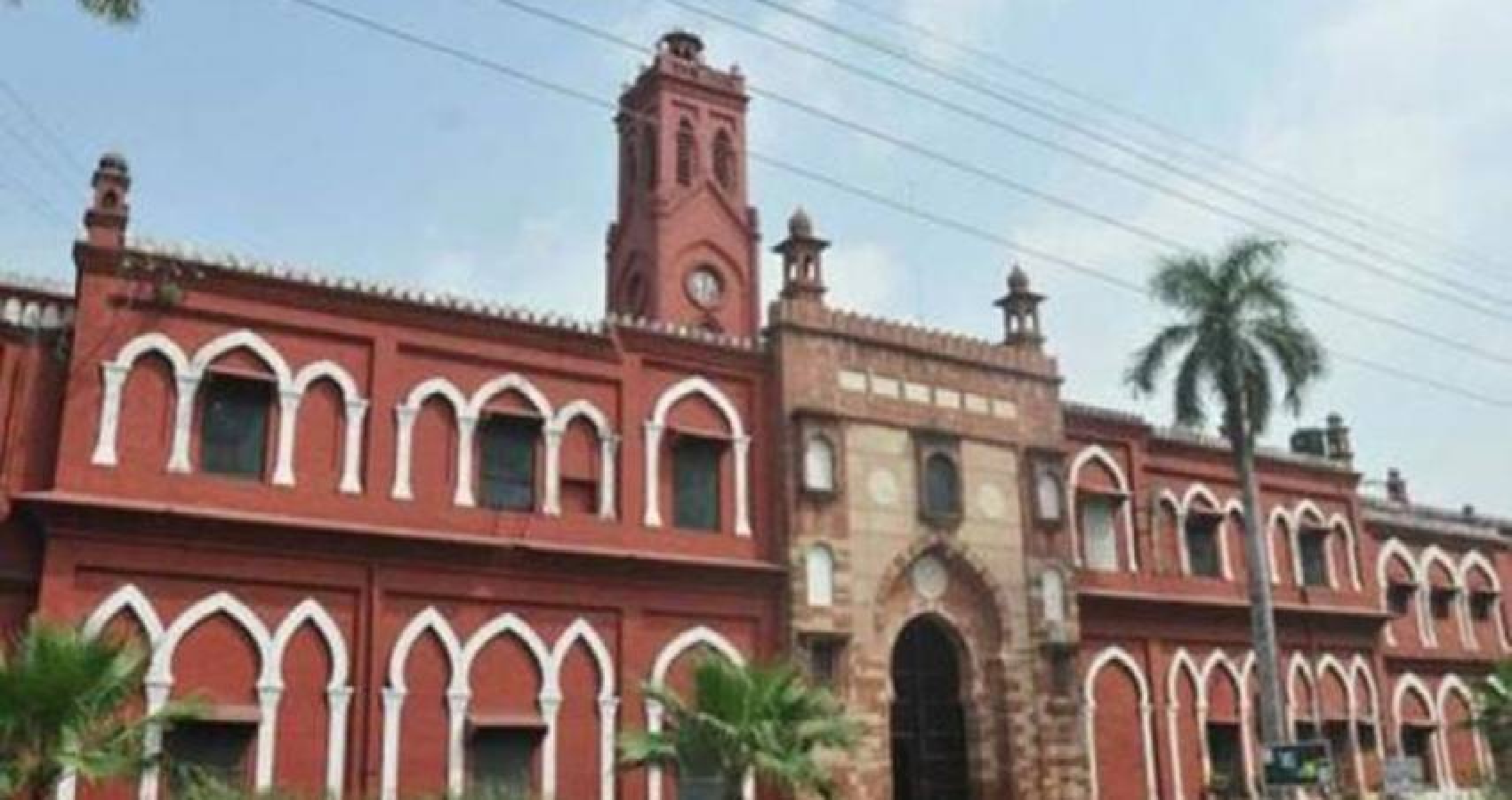
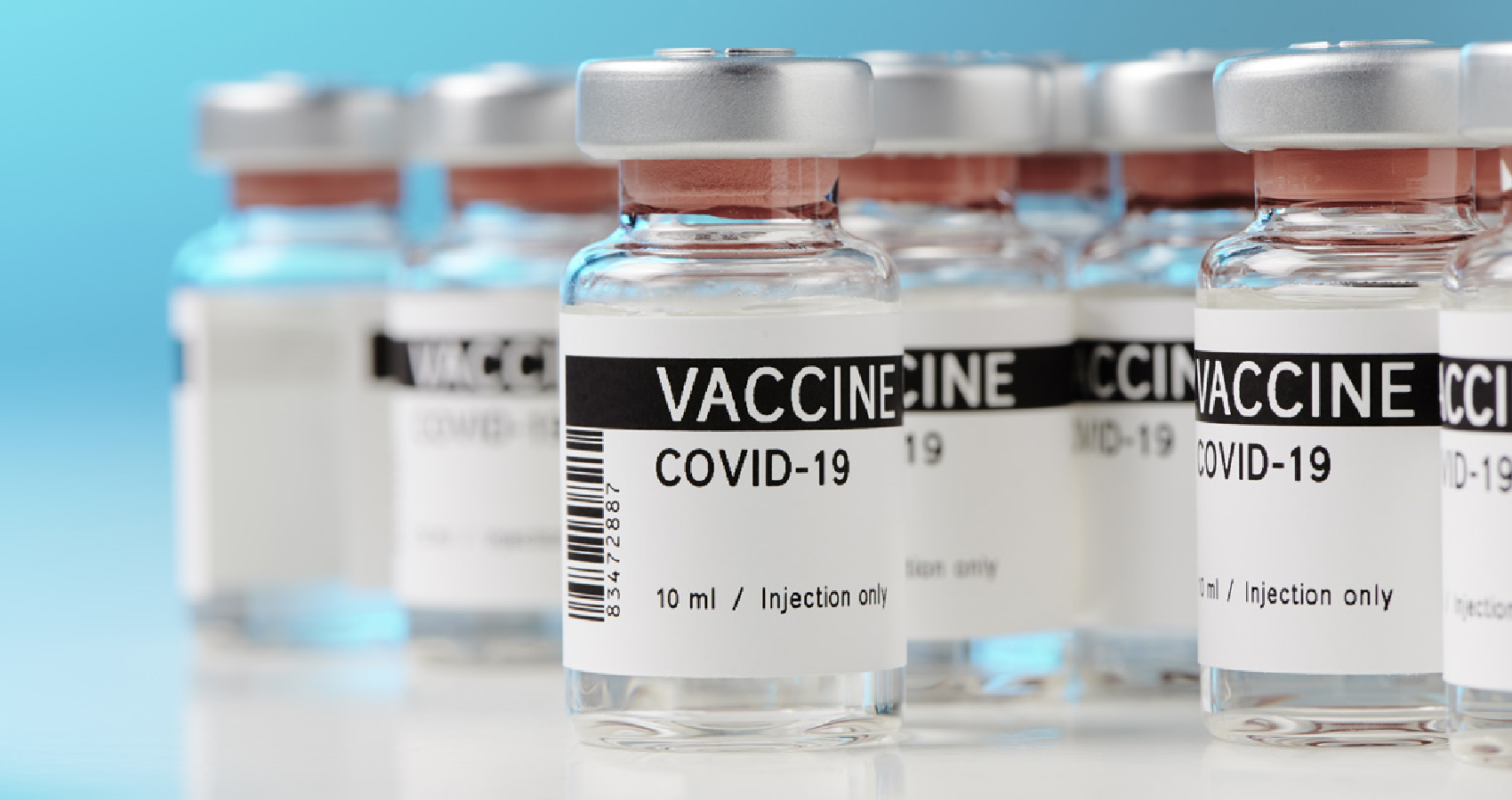
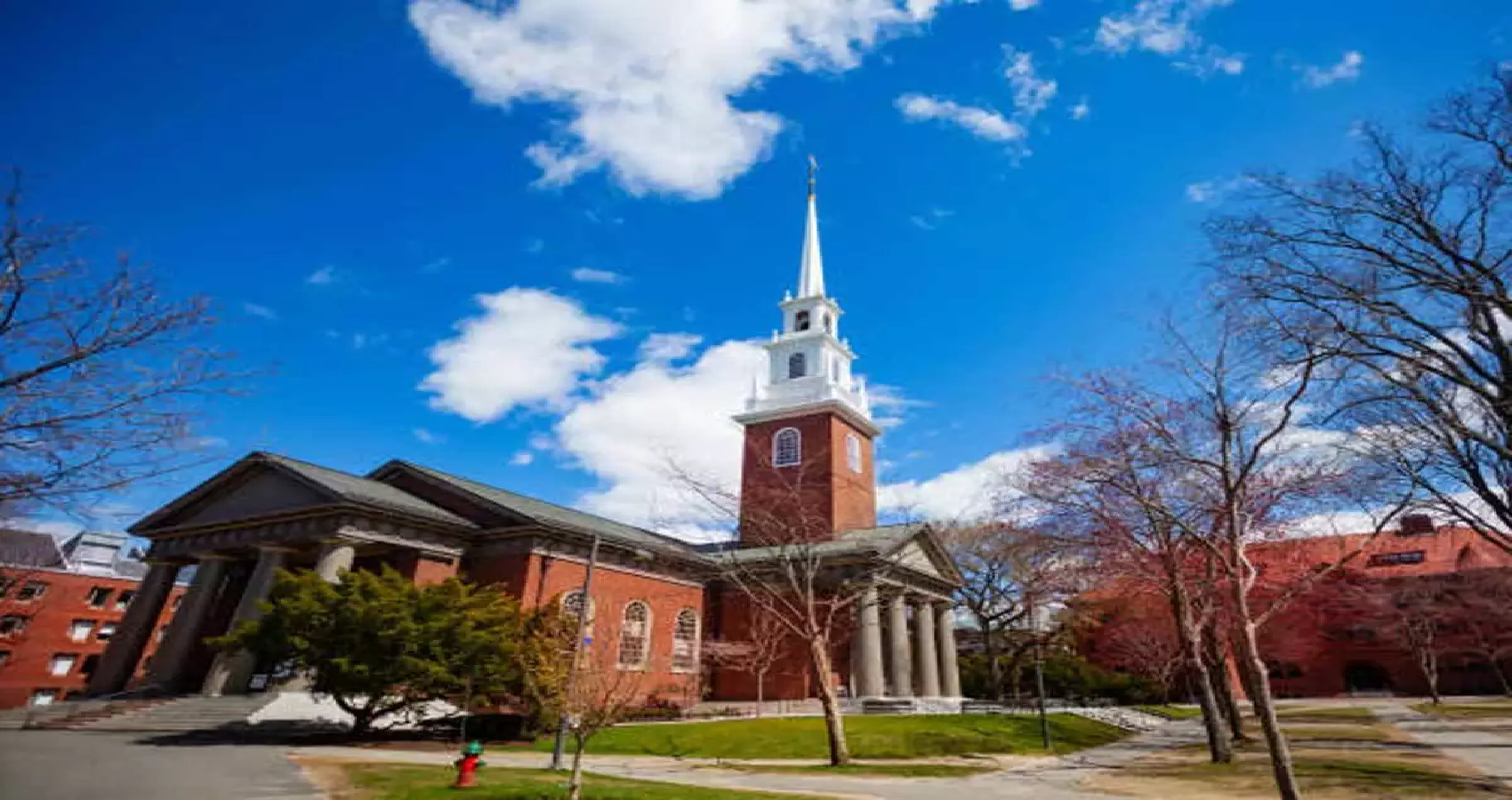

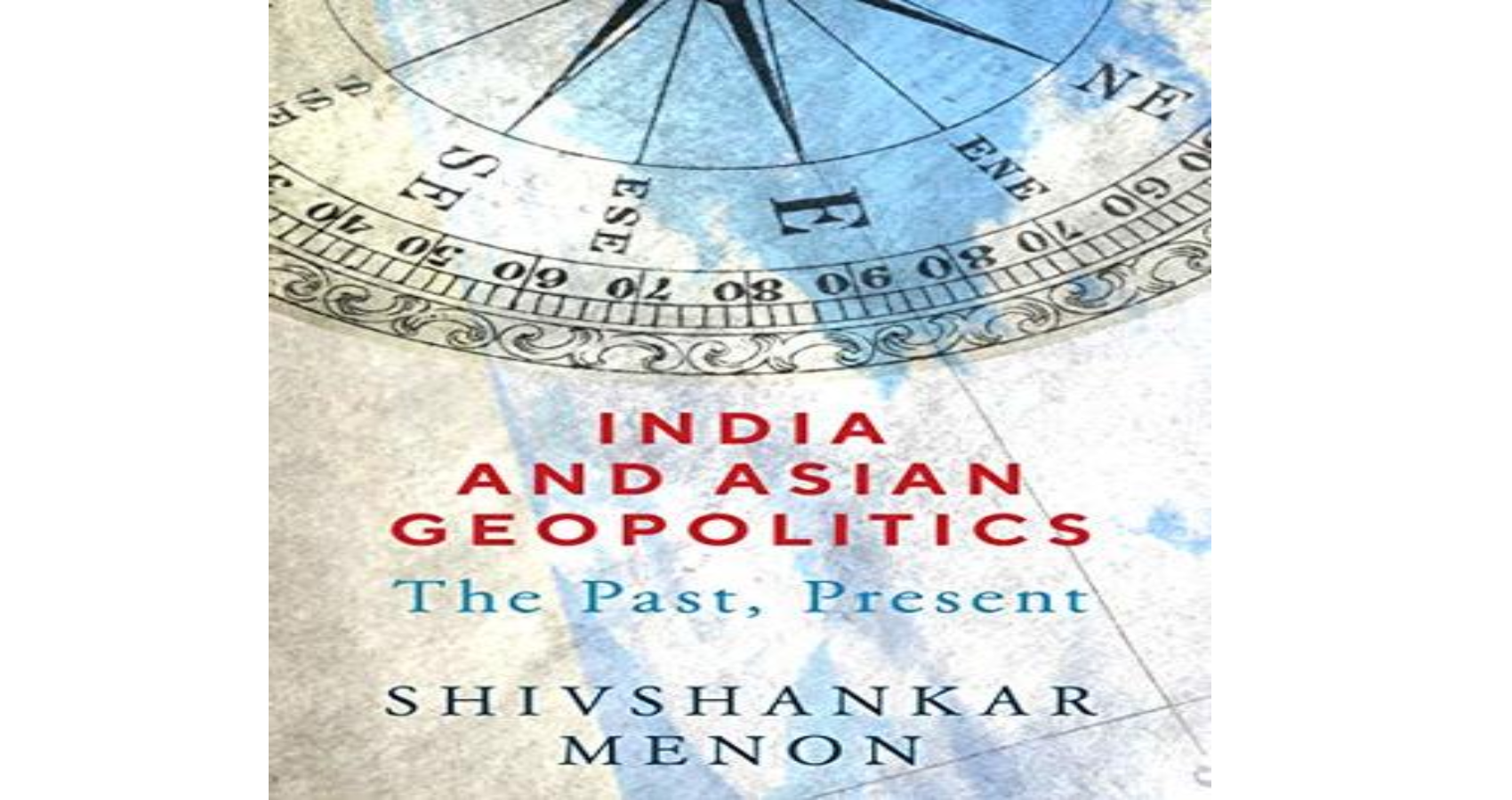

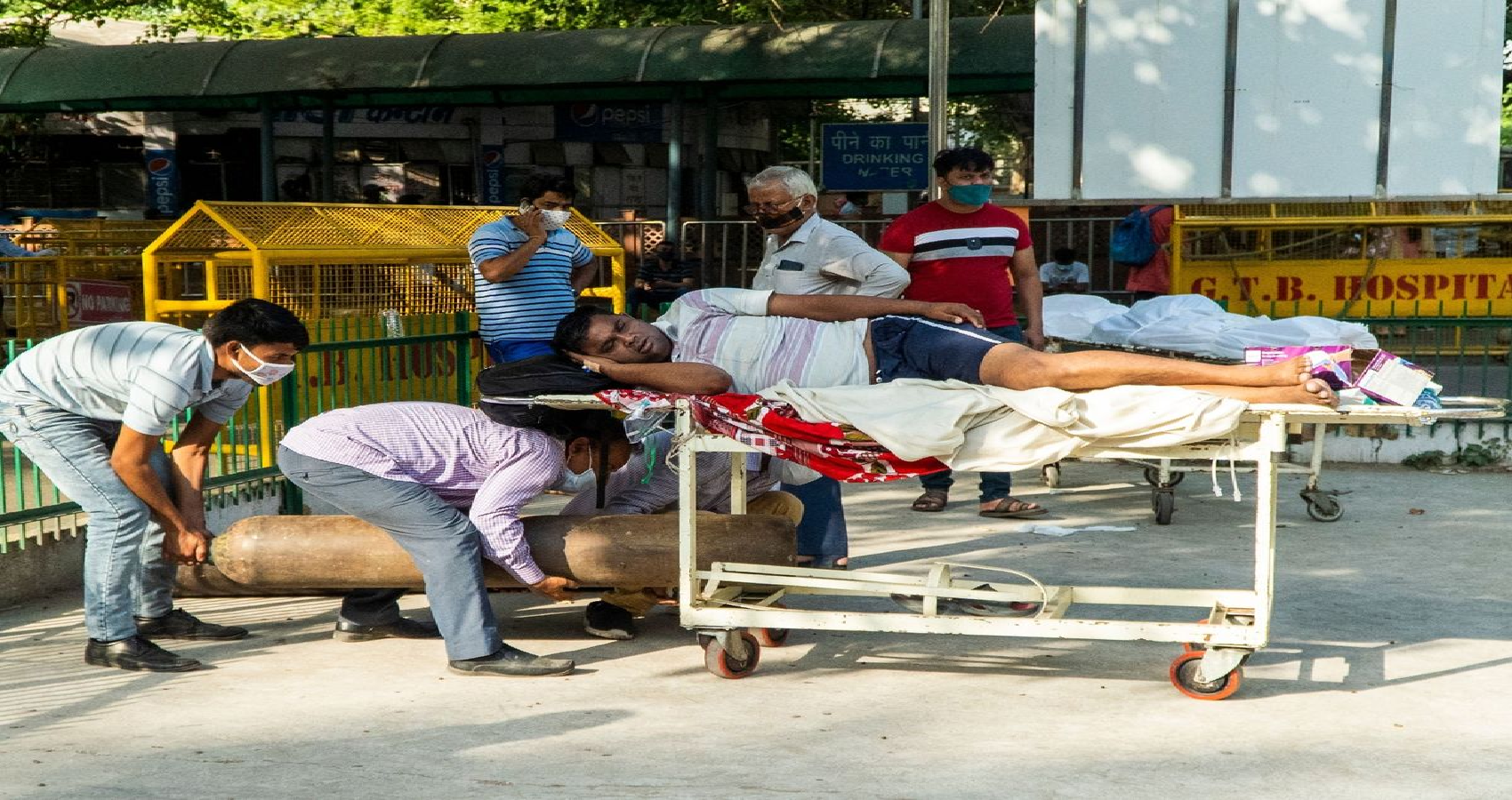
 AirSep Corporation of New York has installed PSA Medical Oxygen Systems in more than 4,500 hospitals in nearly 50 countries worldwide, including several hospitals in India, to meet their central pipeline and other oxygen needs. These generators and plants operate automatically to supply patient, surgical, and critical care units in medical facilities, military field hospitals, on-site emergency preparedness centers, and disaster-relief efforts. There are several other manufacturers with similar technologies.
AirSep Corporation of New York has installed PSA Medical Oxygen Systems in more than 4,500 hospitals in nearly 50 countries worldwide, including several hospitals in India, to meet their central pipeline and other oxygen needs. These generators and plants operate automatically to supply patient, surgical, and critical care units in medical facilities, military field hospitals, on-site emergency preparedness centers, and disaster-relief efforts. There are several other manufacturers with similar technologies. Let this be the Last Medical Oxygen Crisis in India. Let us not scramble our resources; purchasing compressed liquid oxygen from Russia or China, which at best is a temporary fix but will arrive too late for our patients’ bedside in Delhi. Let us retrofit our hospitals with central oxygen piping
Let this be the Last Medical Oxygen Crisis in India. Let us not scramble our resources; purchasing compressed liquid oxygen from Russia or China, which at best is a temporary fix but will arrive too late for our patients’ bedside in Delhi. Let us retrofit our hospitals with central oxygen piping
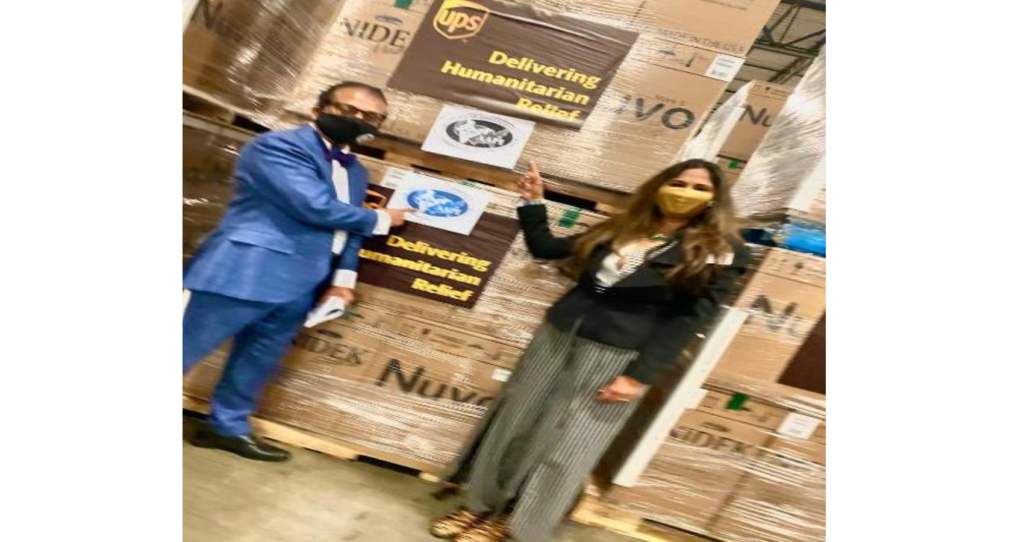 “On behalf of AAPI leadership, we would like to have a series of educational messages to the communities on Covid to address the concerns of the public and medical community during the pandemic time as we recognize our role is to educate communities. Through this voluntary project from our members, we can help educate the people first. Allay their fears. Explain and educate them about the disease and on ways to combat the virus.”
“On behalf of AAPI leadership, we would like to have a series of educational messages to the communities on Covid to address the concerns of the public and medical community during the pandemic time as we recognize our role is to educate communities. Through this voluntary project from our members, we can help educate the people first. Allay their fears. Explain and educate them about the disease and on ways to combat the virus.”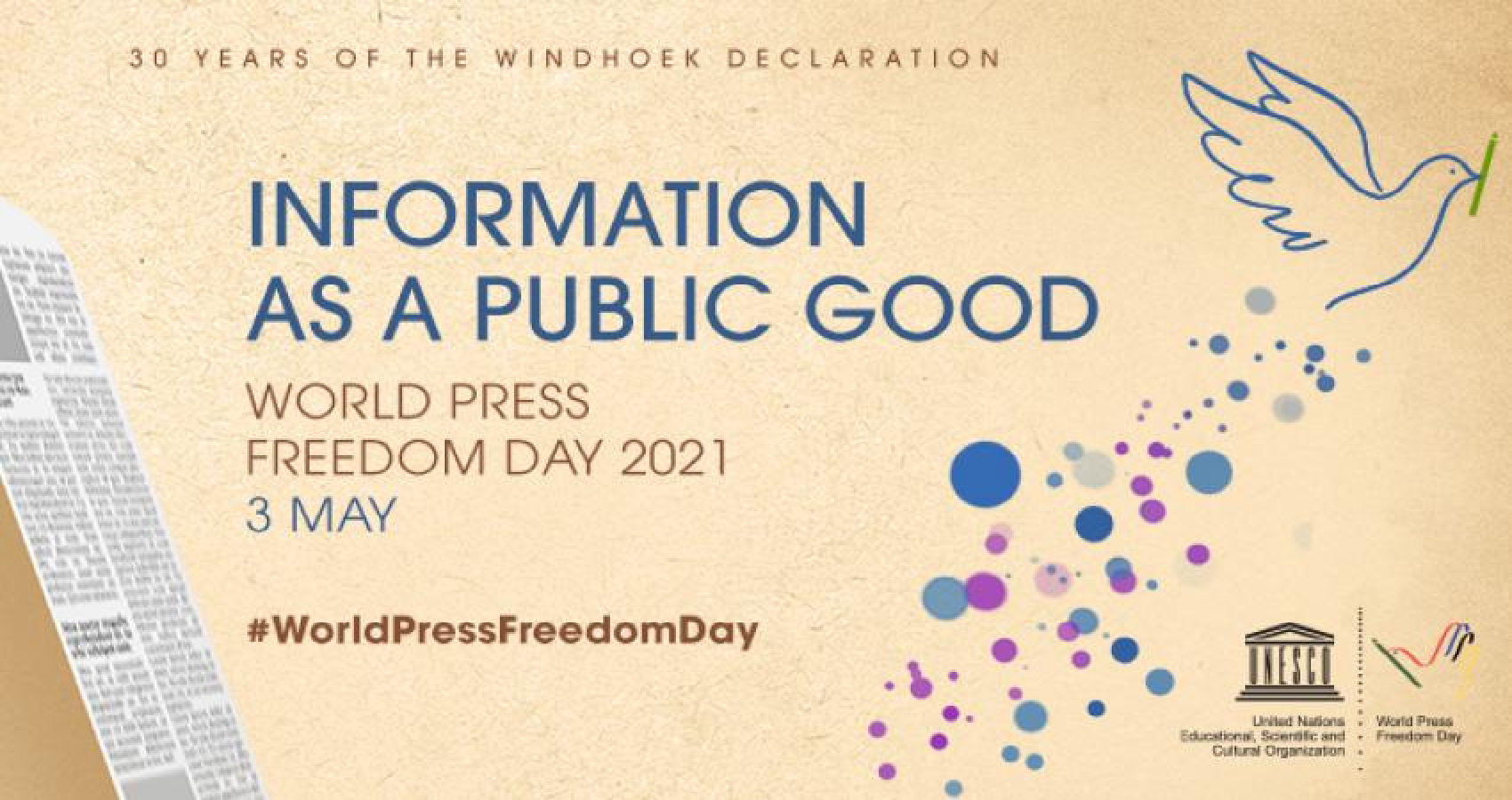
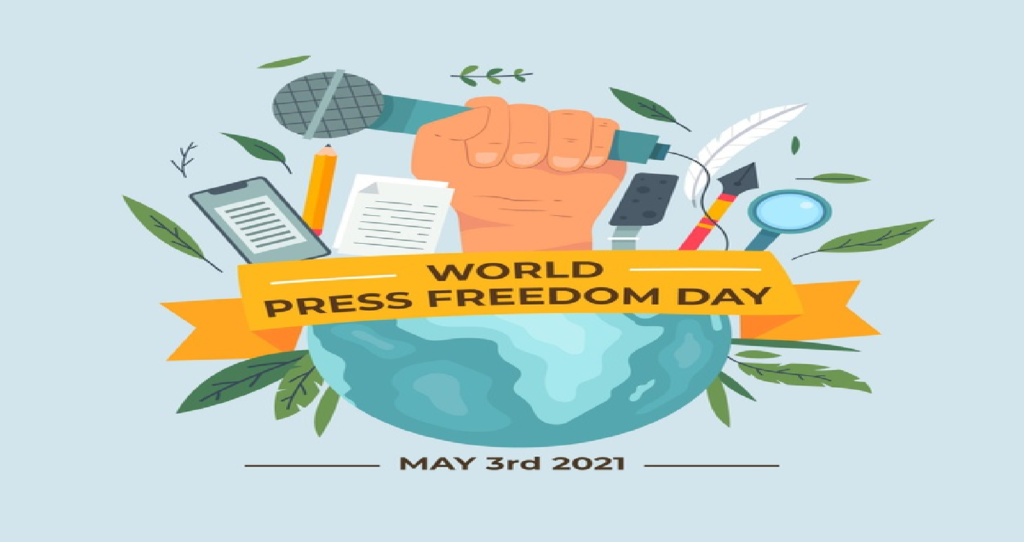 World Press Day is a reminder to governments of their commitment to press freedom. This year’s World Press Freedom Day theme: “Information as a Public Good.”
World Press Day is a reminder to governments of their commitment to press freedom. This year’s World Press Freedom Day theme: “Information as a Public Good.”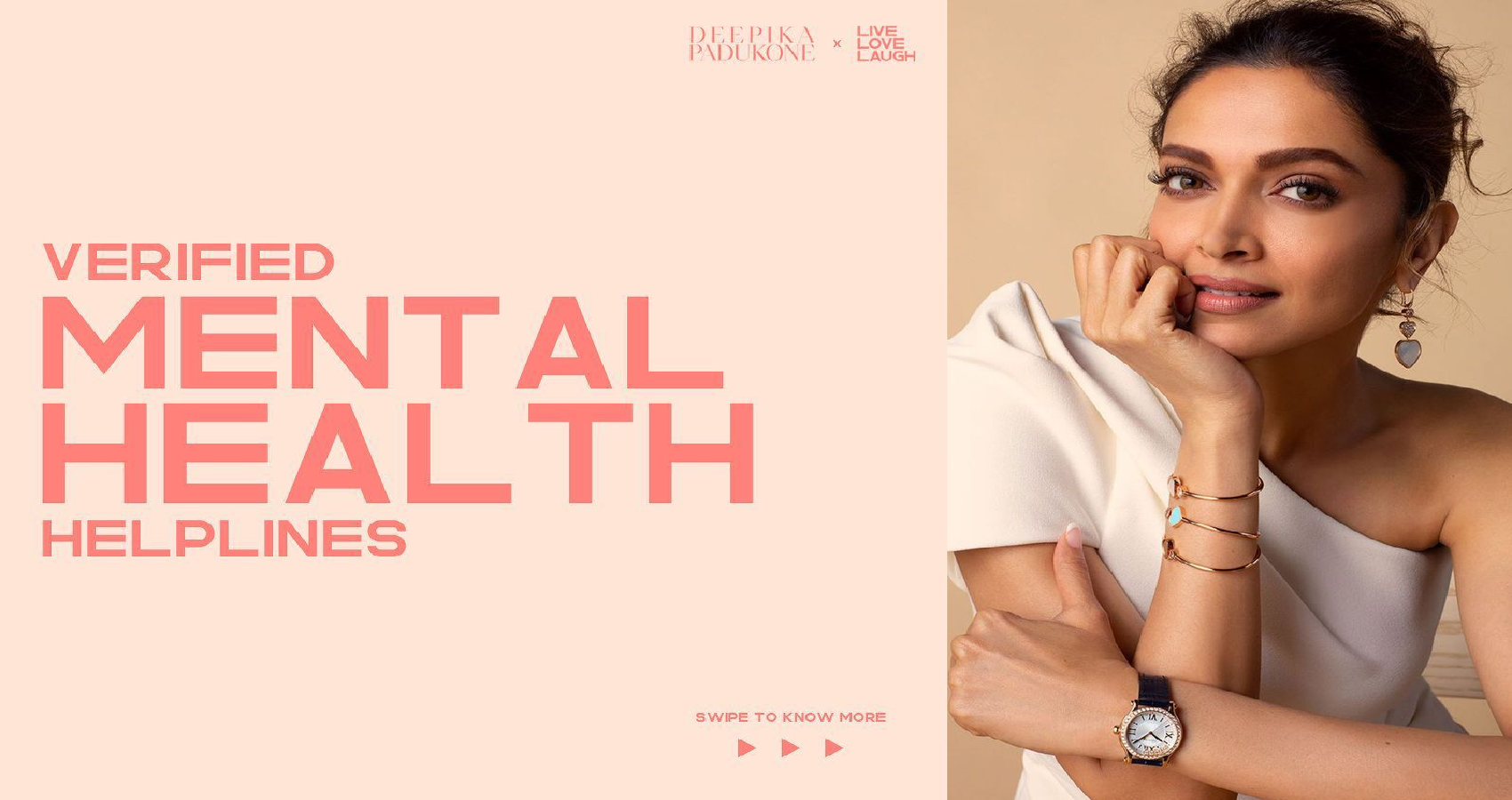

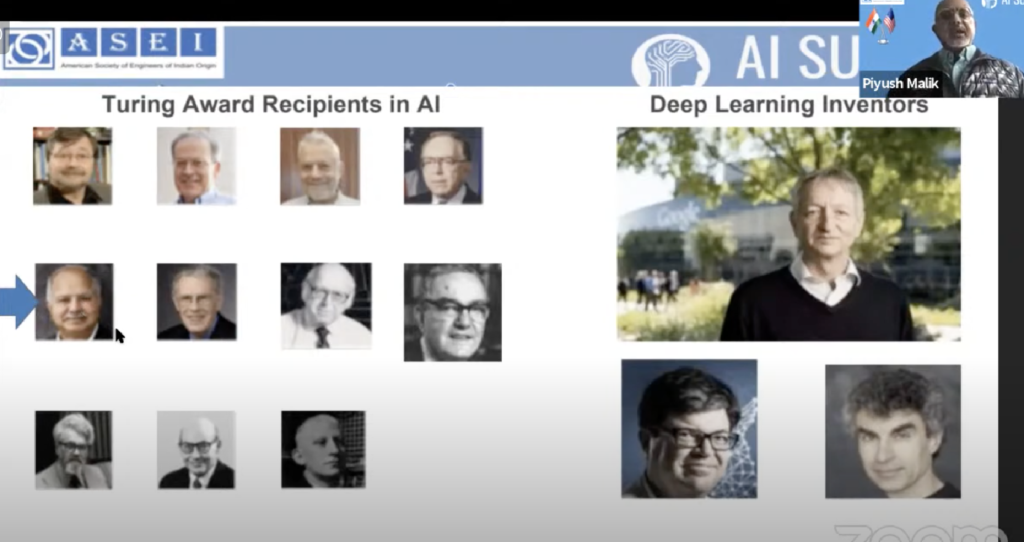 ASEI Michigan chapter president Muthu Sivanantham introduced and facilitated discussion with the next two speakers. Dr Raj Ramesh, a TEDx speaker who happens to have a doctorate in AI was the next author to speak. He has broad experience with digital transformation and helps organizations bring together complementary strengths of machines and humans to effect grand change. His talk featuring interesting doodles and interactive audience participation surveys was patterned on his recent book, “AI & You” and he advised how to co-exist with machines by sharing how to think, thrive, and transform in an AI driven future.
ASEI Michigan chapter president Muthu Sivanantham introduced and facilitated discussion with the next two speakers. Dr Raj Ramesh, a TEDx speaker who happens to have a doctorate in AI was the next author to speak. He has broad experience with digital transformation and helps organizations bring together complementary strengths of machines and humans to effect grand change. His talk featuring interesting doodles and interactive audience participation surveys was patterned on his recent book, “AI & You” and he advised how to co-exist with machines by sharing how to think, thrive, and transform in an AI driven future.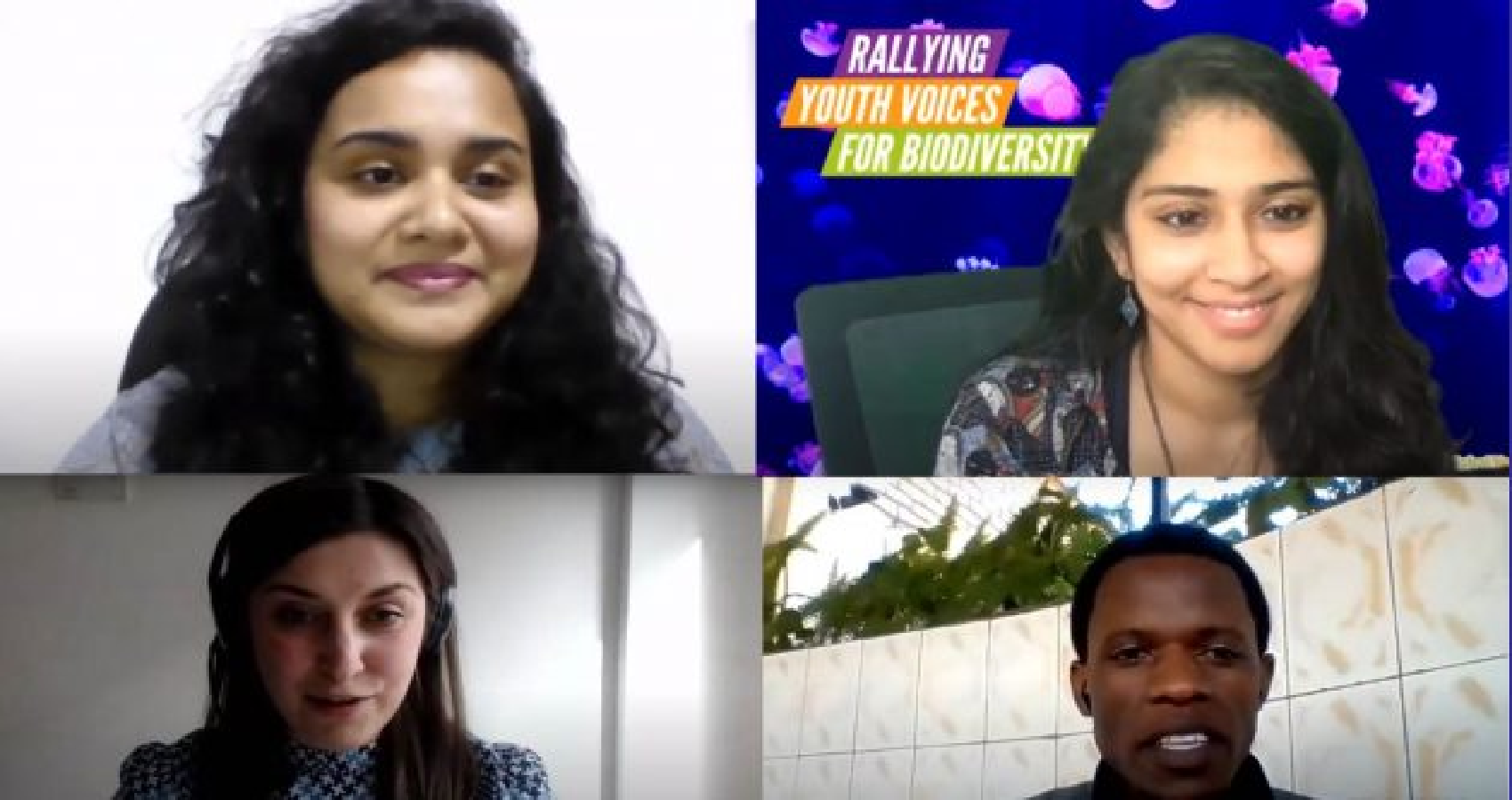
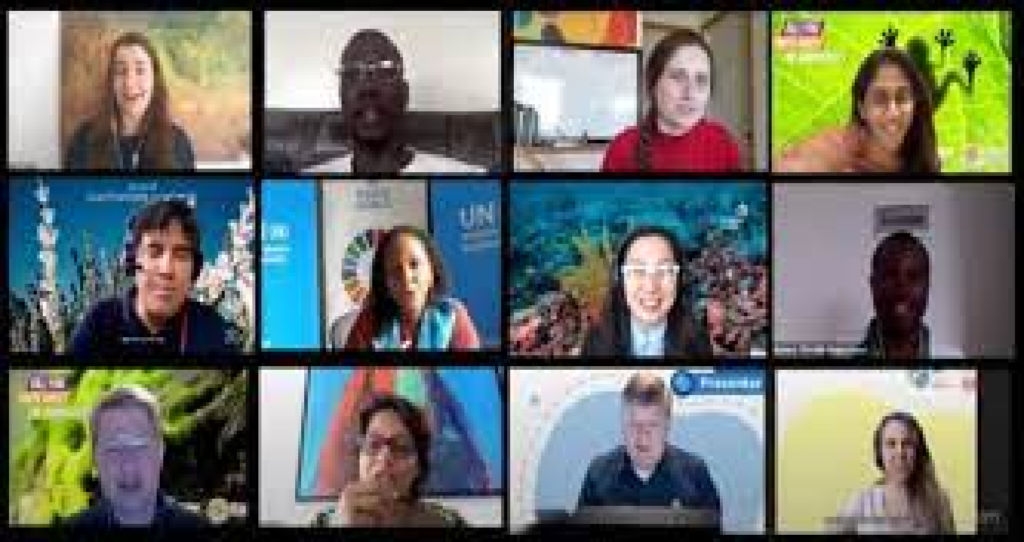 The United Nations Secretary-General’s Envoy on Youth, Jayathma Wickramanayake, told IPS that the Summit achieved an important goal of bringing institutions and political conversations closer to young people. During her tenure, Wickramanayake has advocated for a common set of principles for youth engagement within the UN system, based on rights, safety and adequate financing. She said it is important for institutions to open their doors to meaningful engagement with young people.
The United Nations Secretary-General’s Envoy on Youth, Jayathma Wickramanayake, told IPS that the Summit achieved an important goal of bringing institutions and political conversations closer to young people. During her tenure, Wickramanayake has advocated for a common set of principles for youth engagement within the UN system, based on rights, safety and adequate financing. She said it is important for institutions to open their doors to meaningful engagement with young people.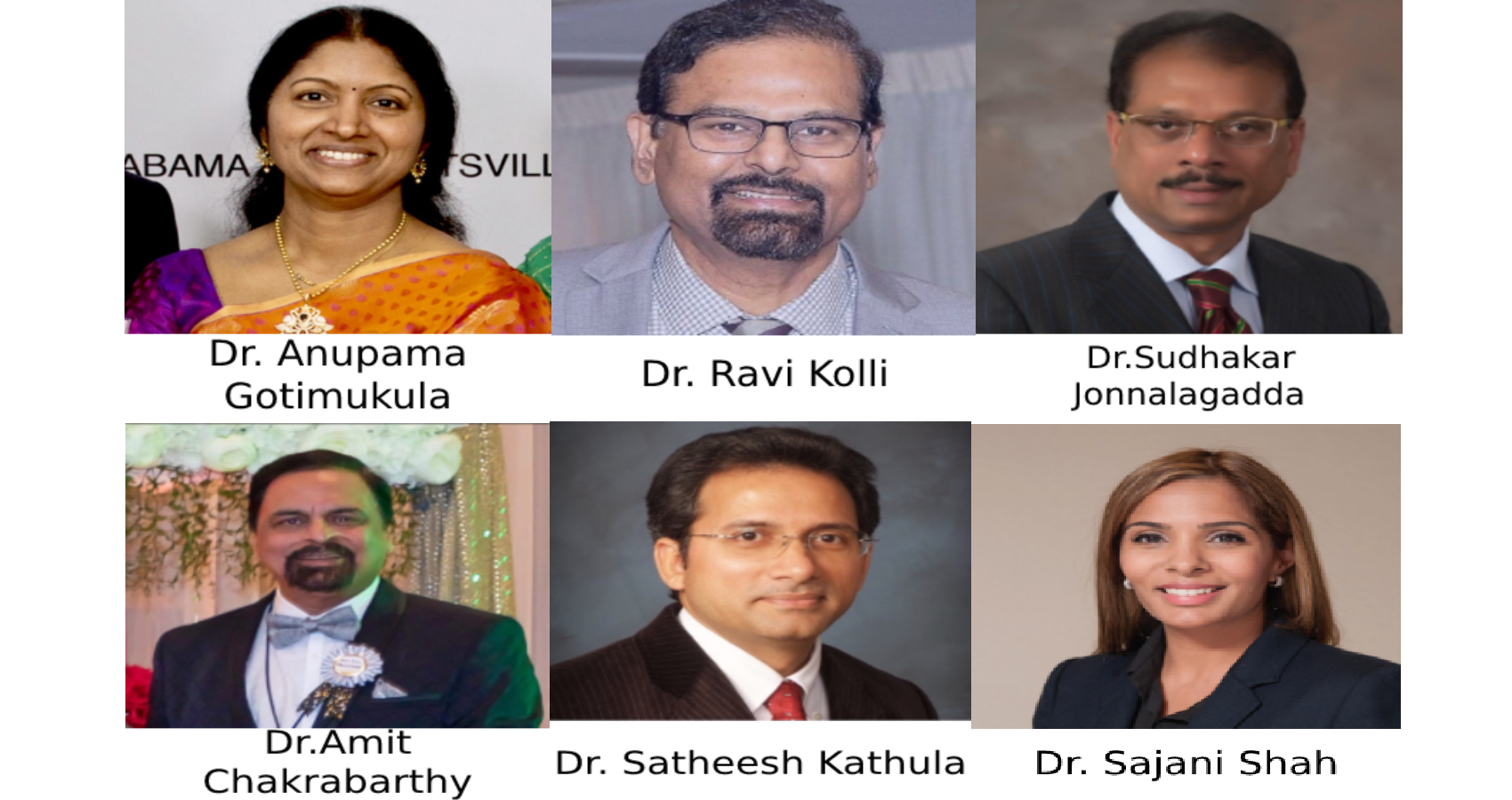
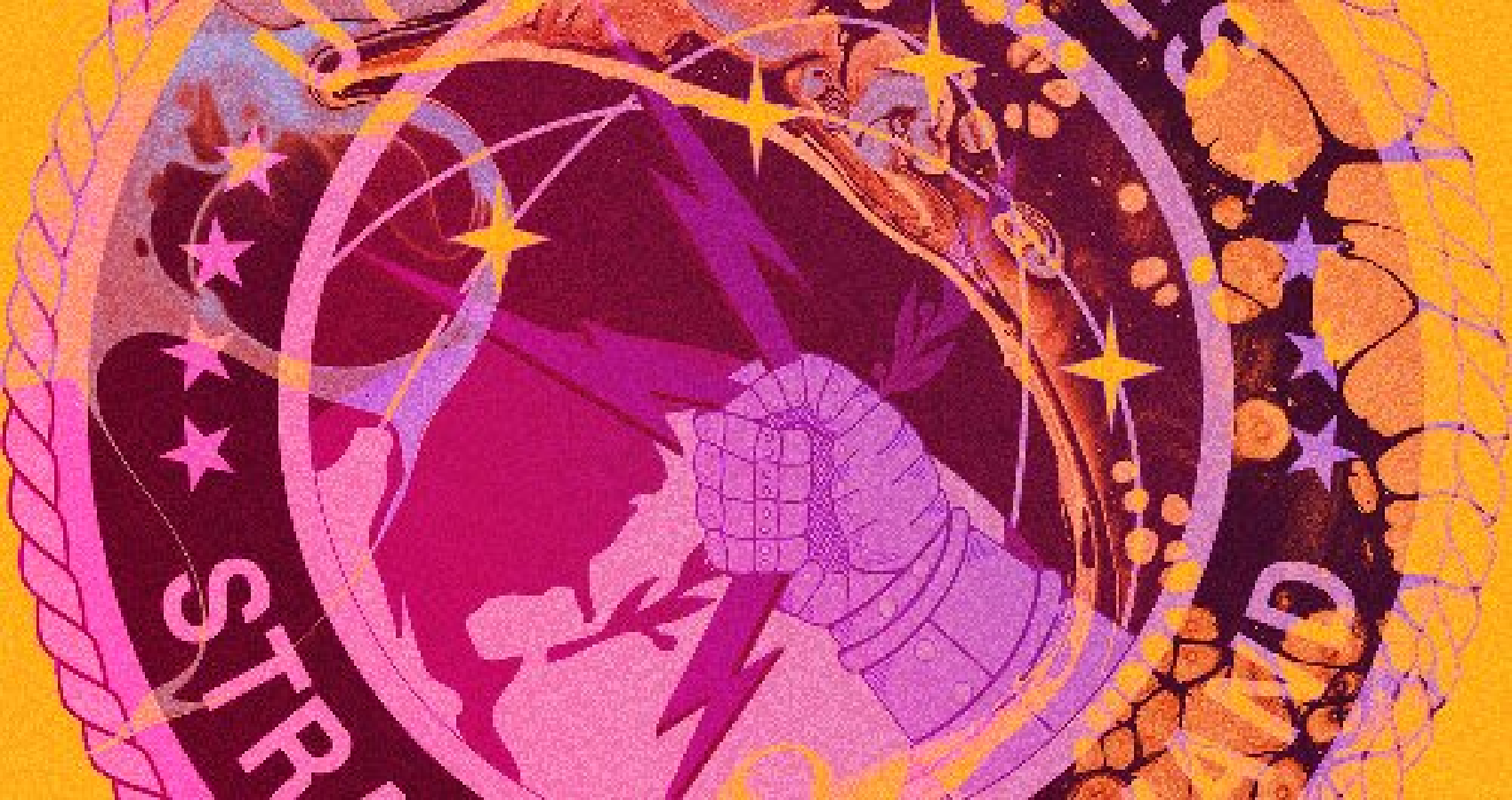

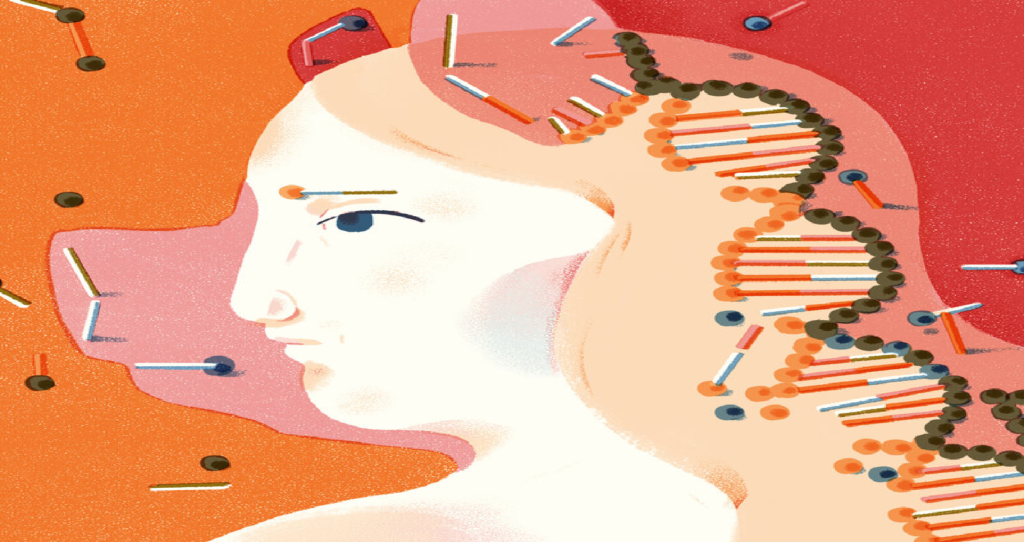 After one day, the researchers reported, they were able to detect human cells growing in 132 of the embryos and were able study the embryos for up to 19 days. That enabled the scientists to learn more about how animal cells and human cells communicate, an important step toward eventually helping researchers find new ways to grow organs for transplantation in other animals, Belmonte said.
After one day, the researchers reported, they were able to detect human cells growing in 132 of the embryos and were able study the embryos for up to 19 days. That enabled the scientists to learn more about how animal cells and human cells communicate, an important step toward eventually helping researchers find new ways to grow organs for transplantation in other animals, Belmonte said.
